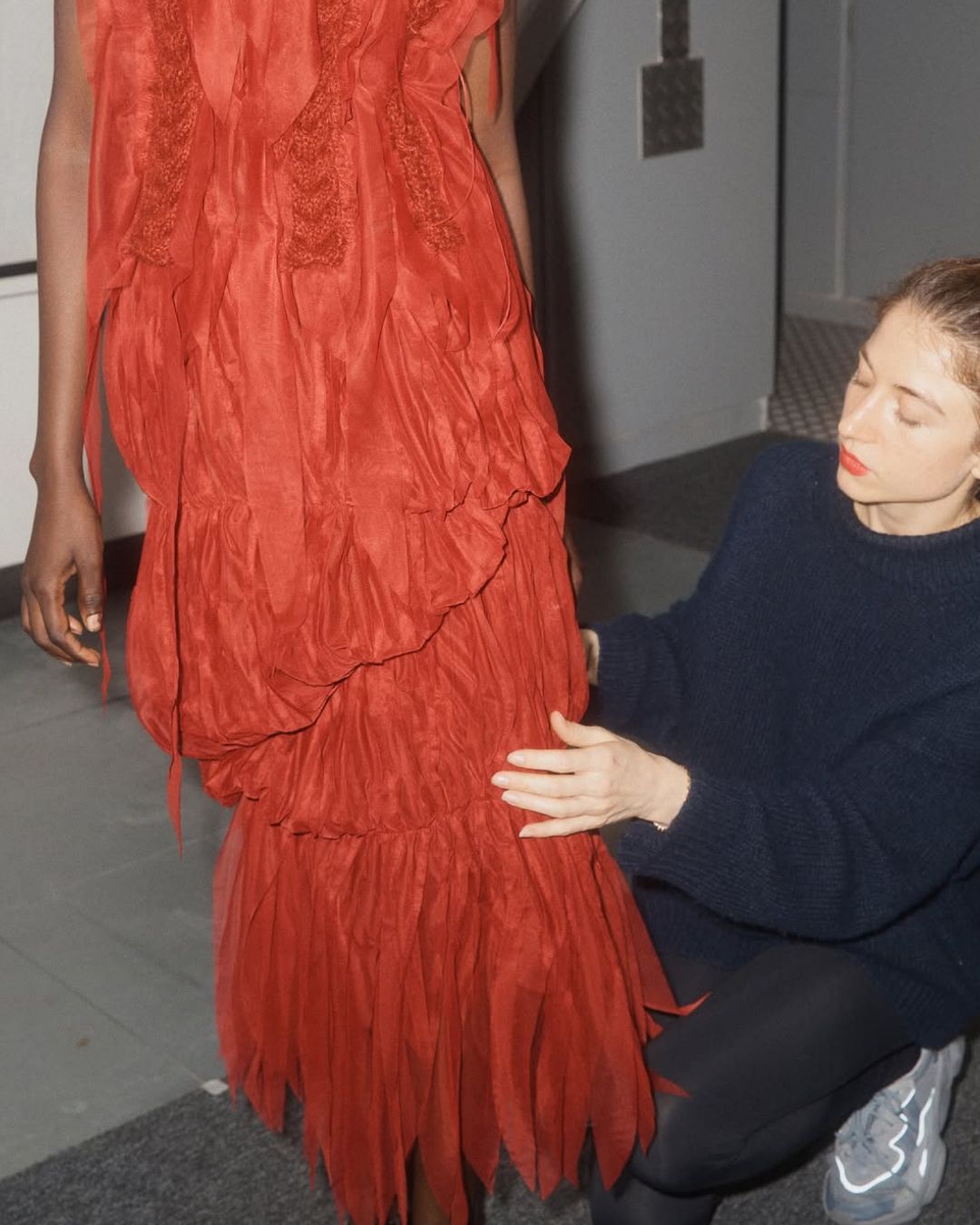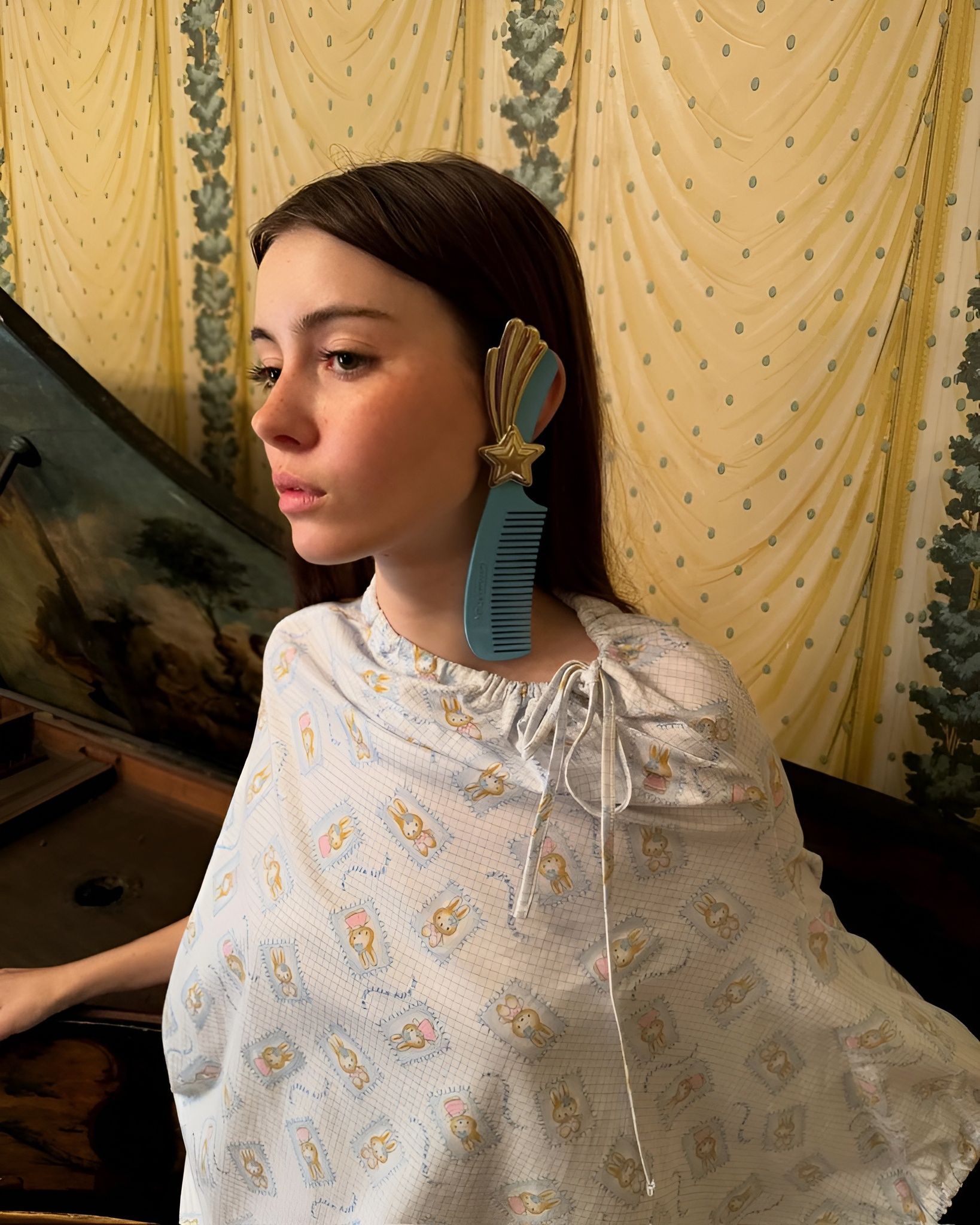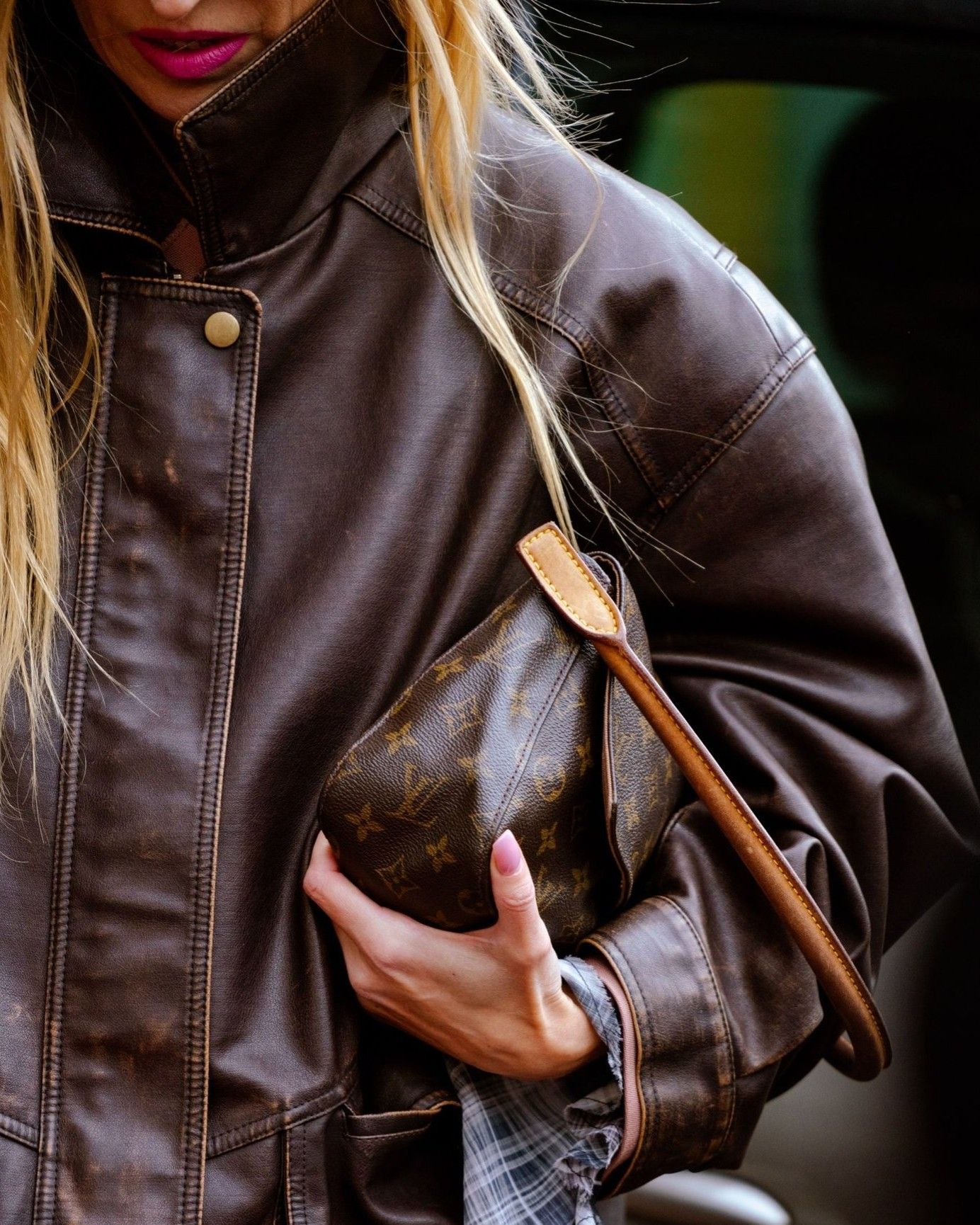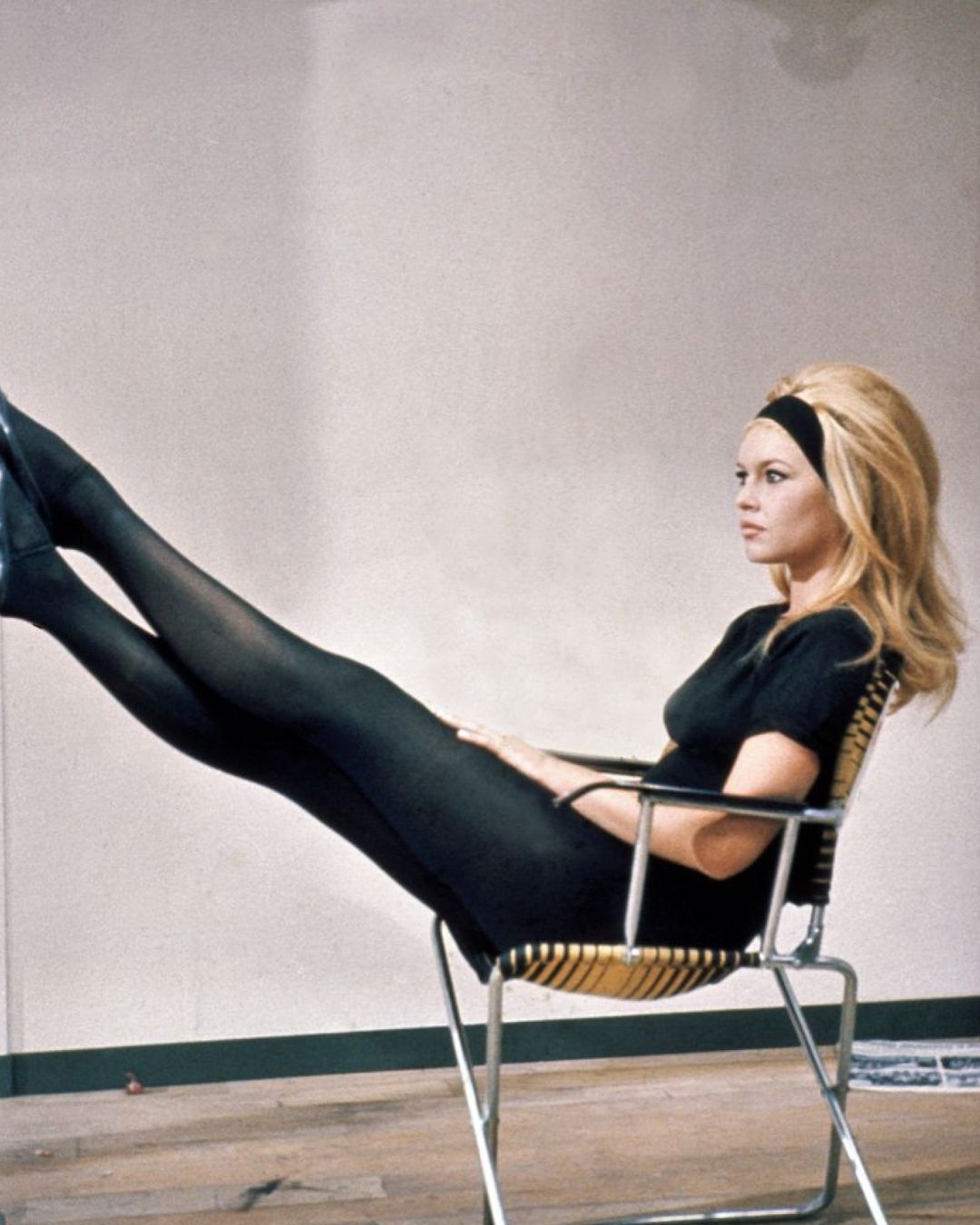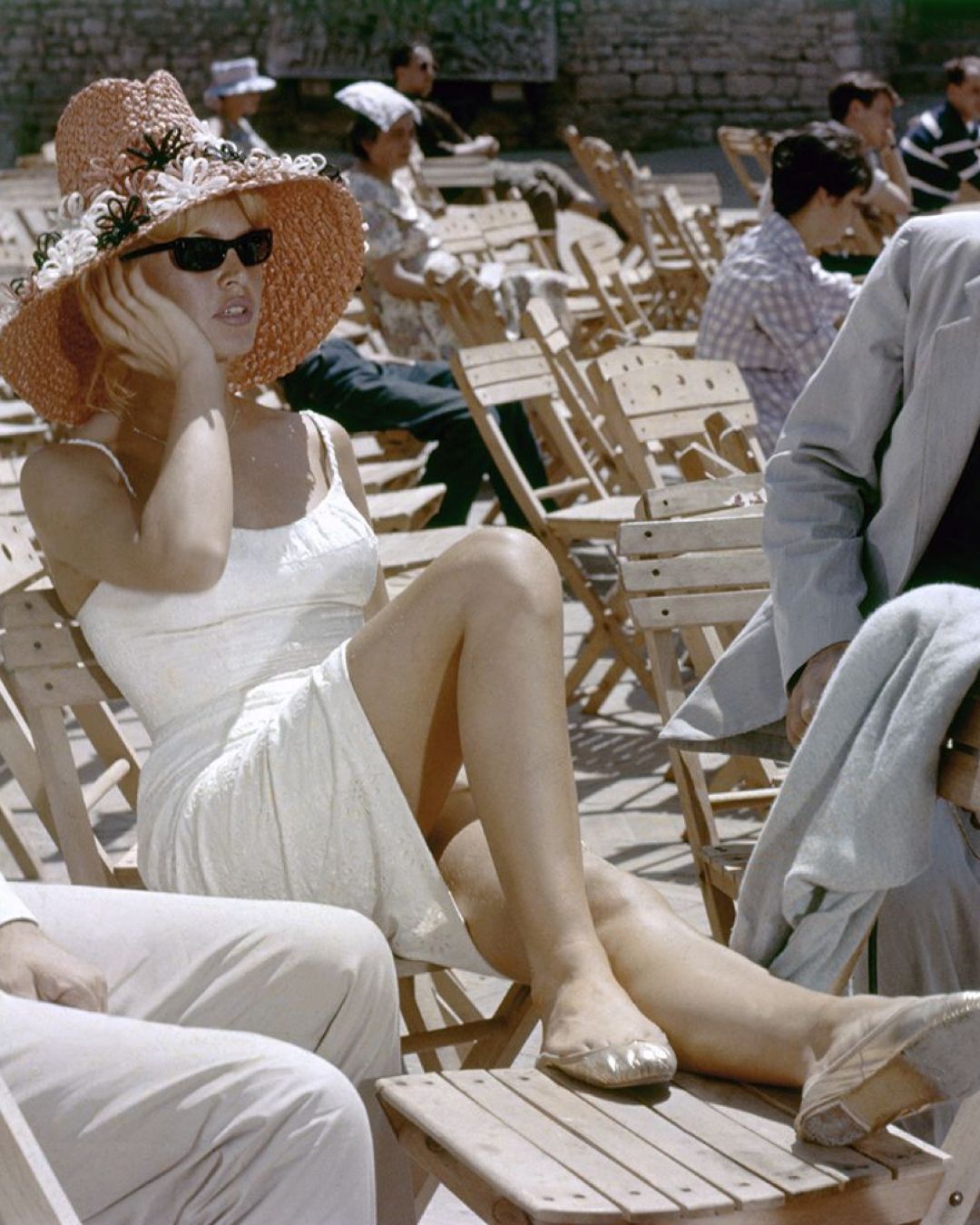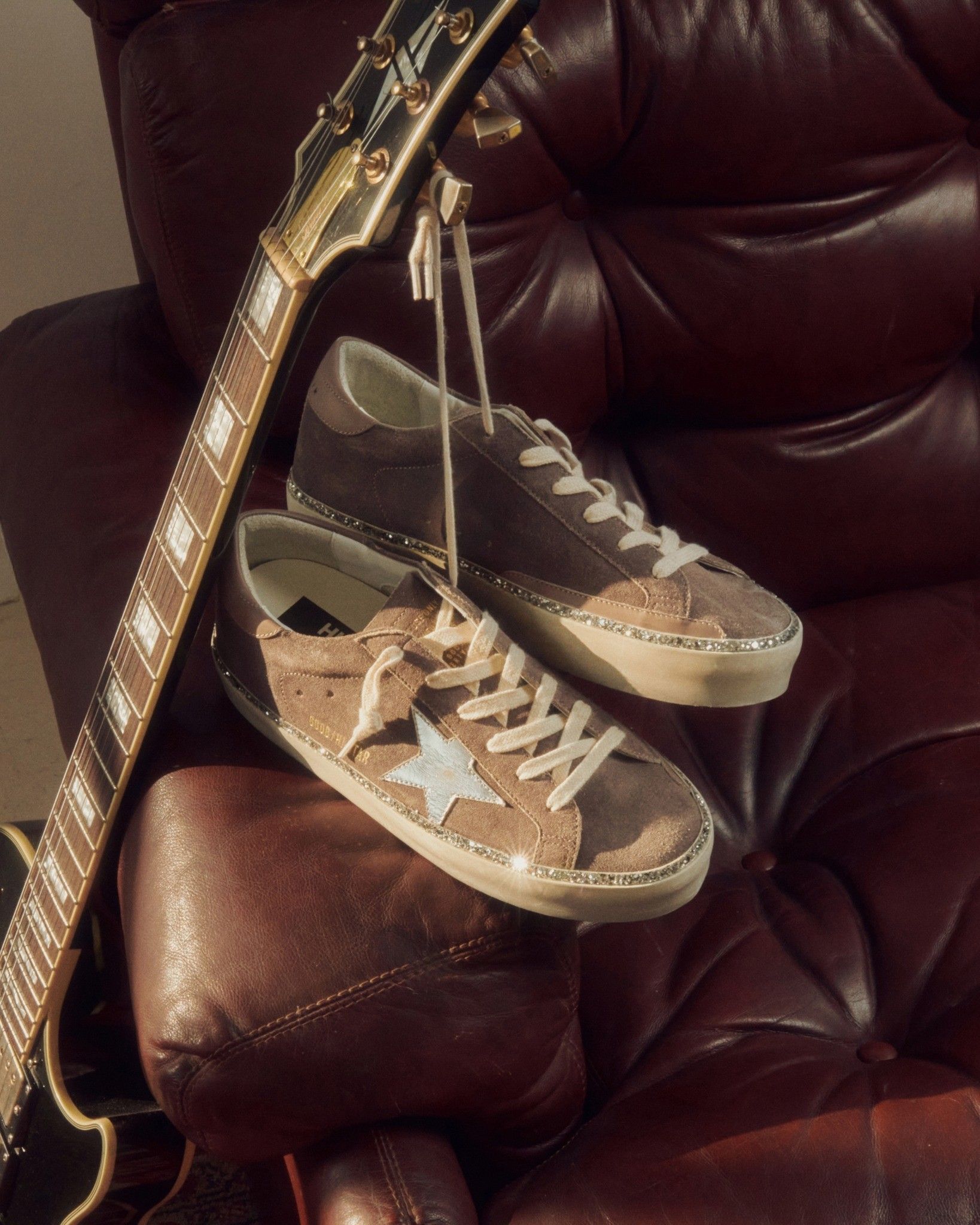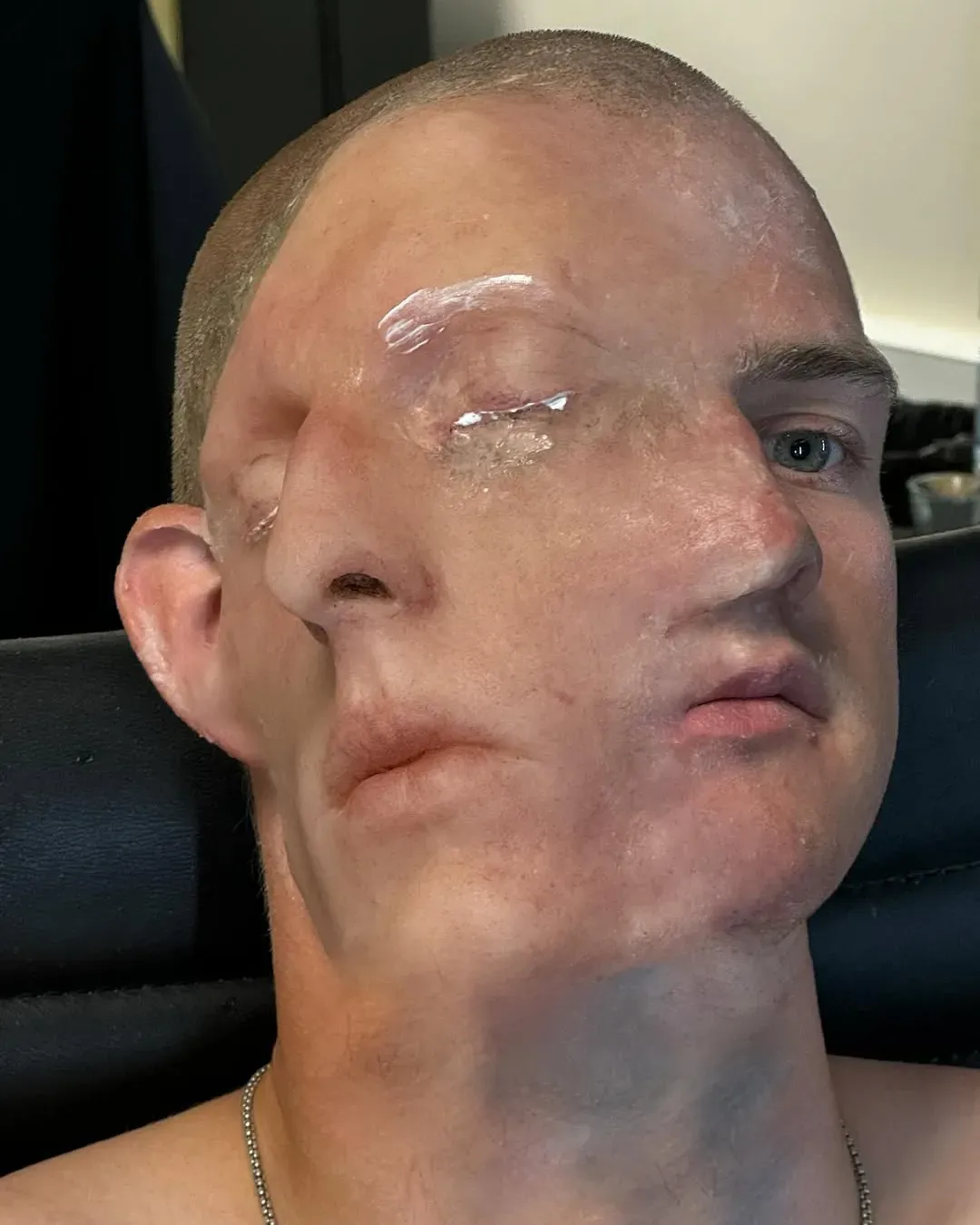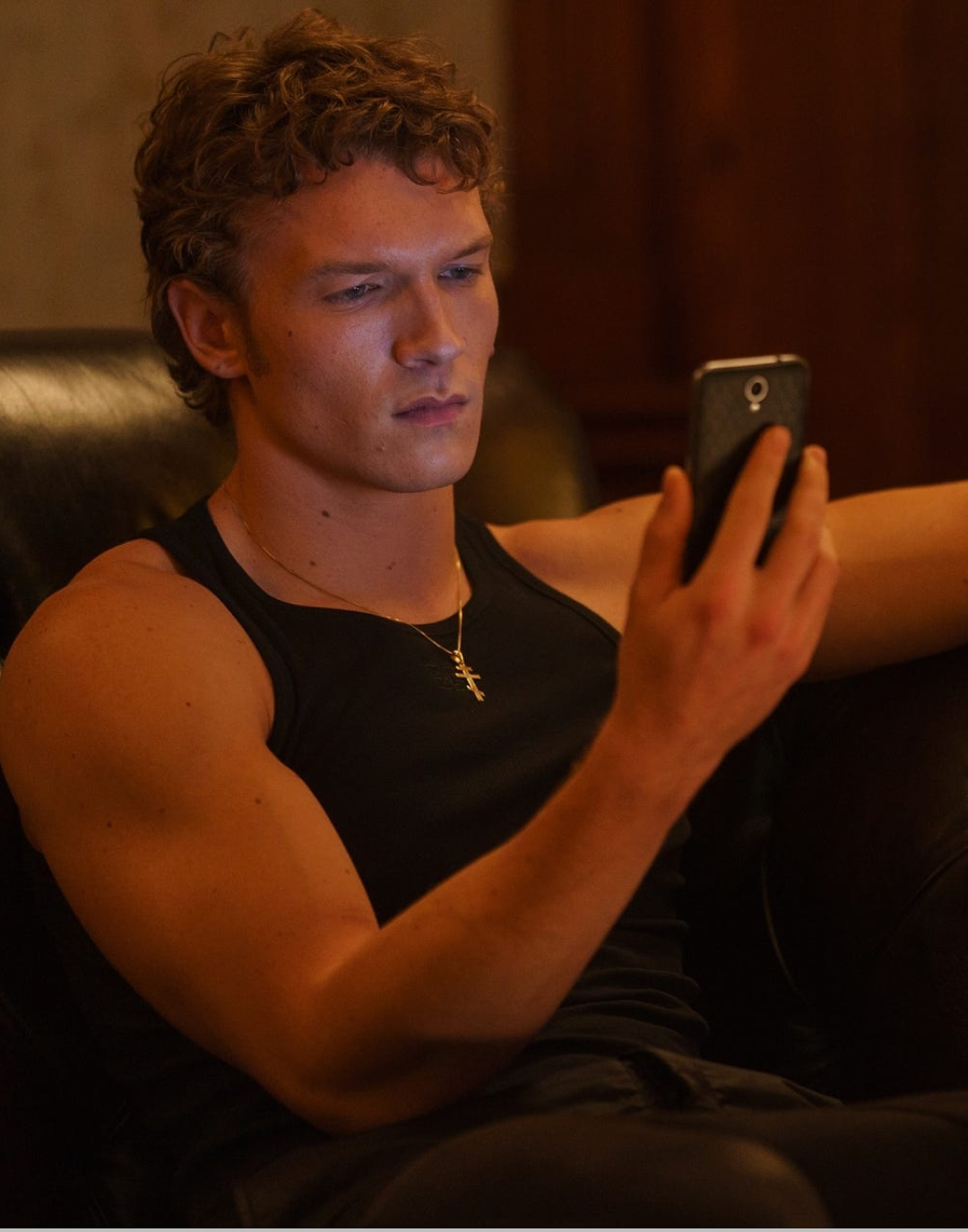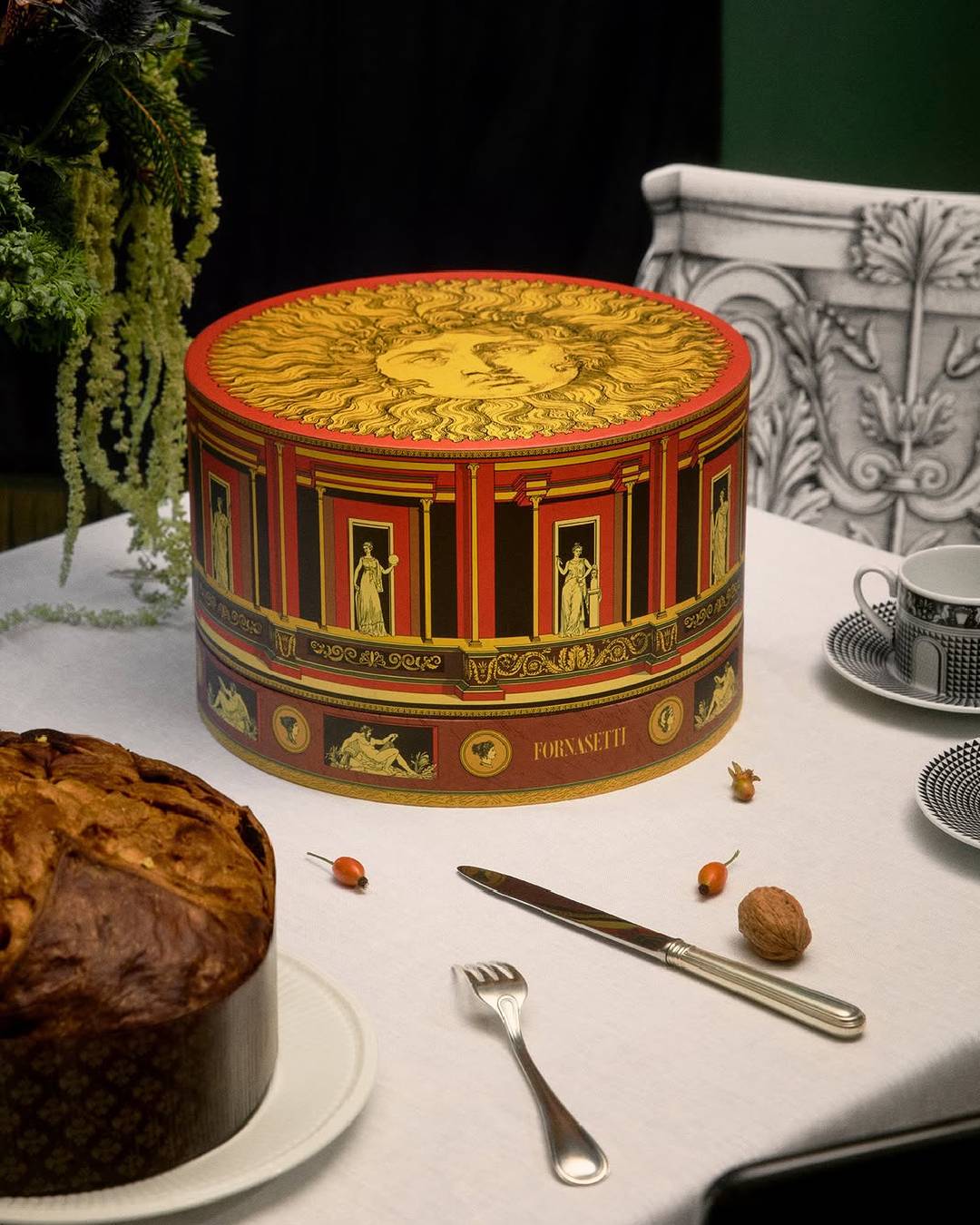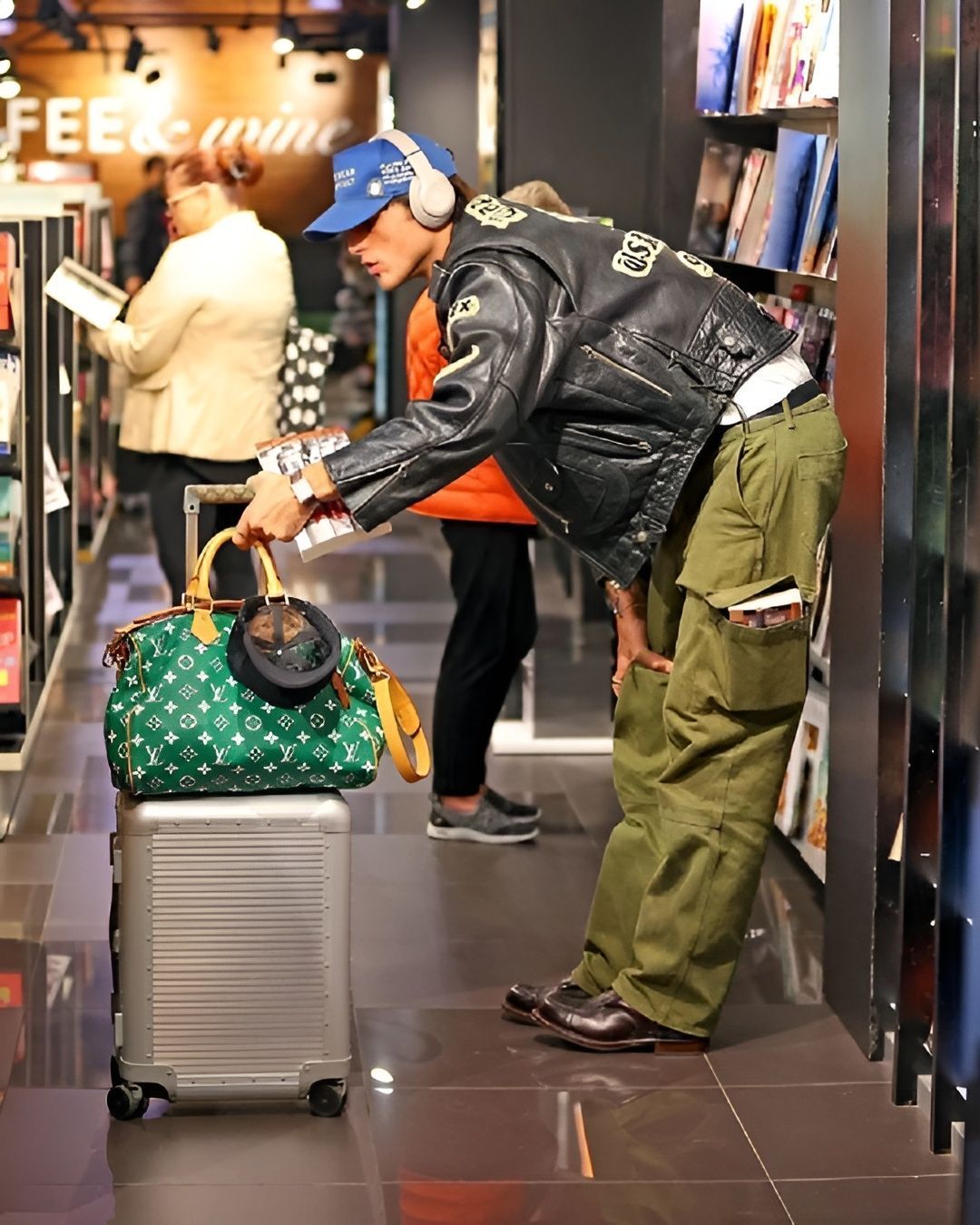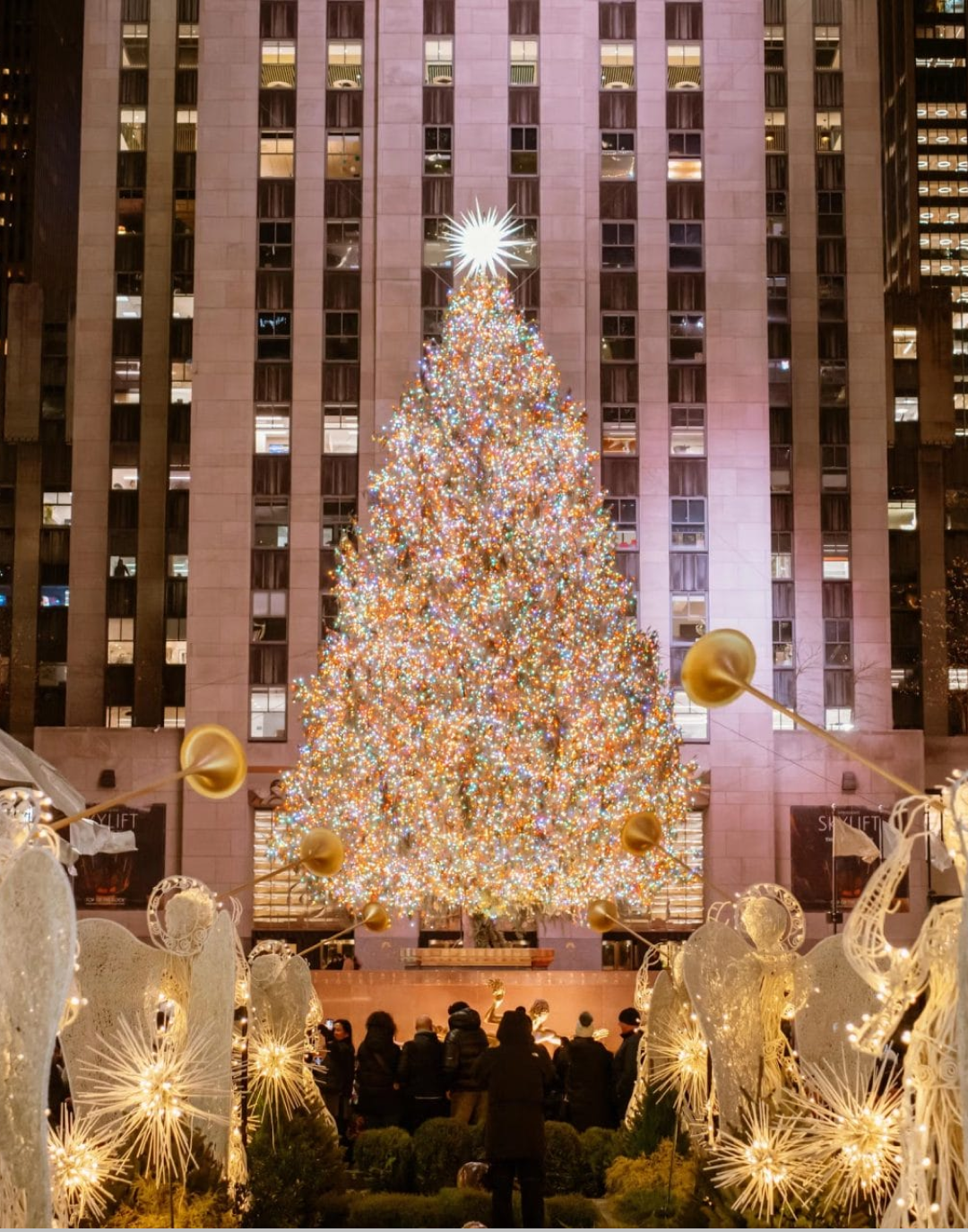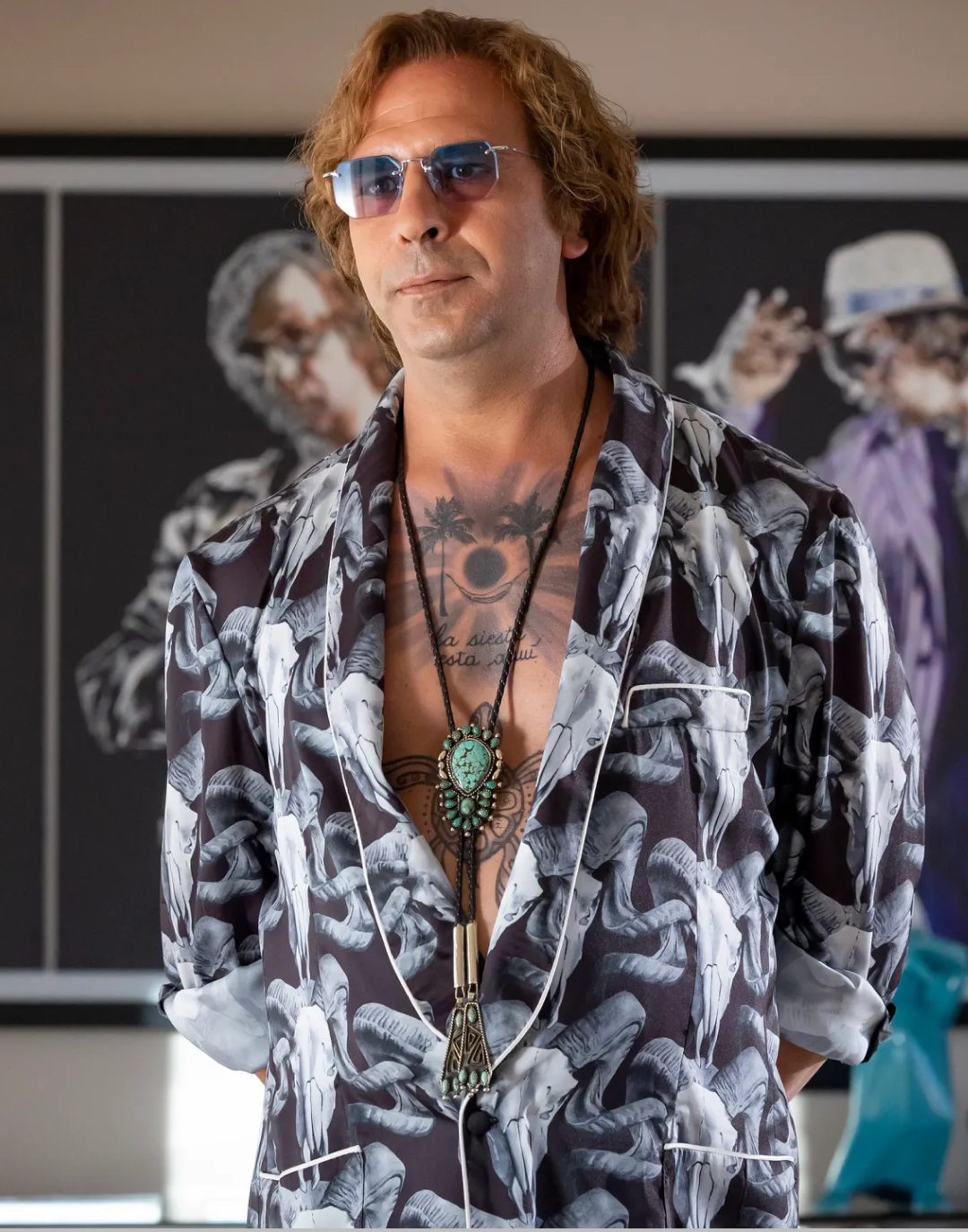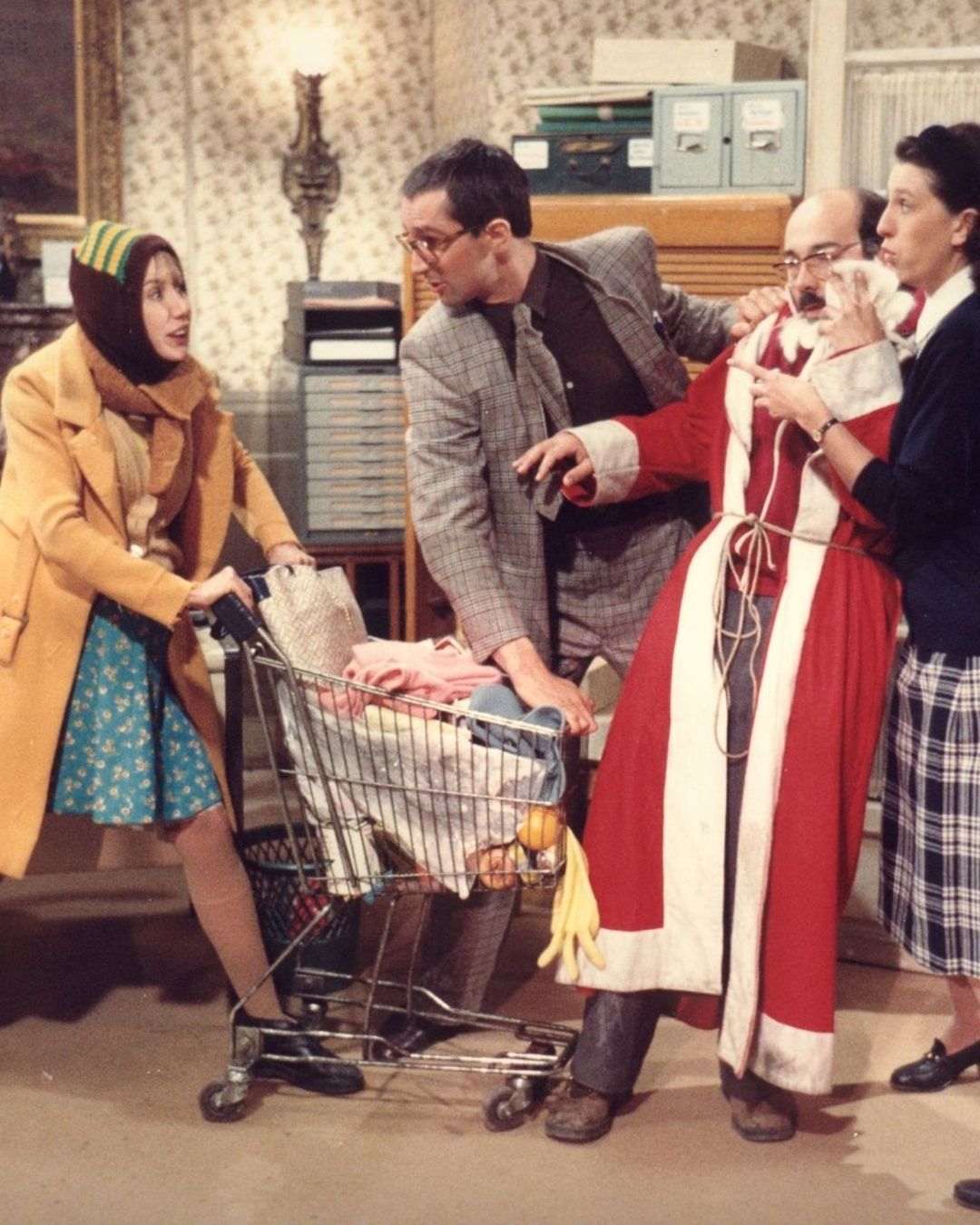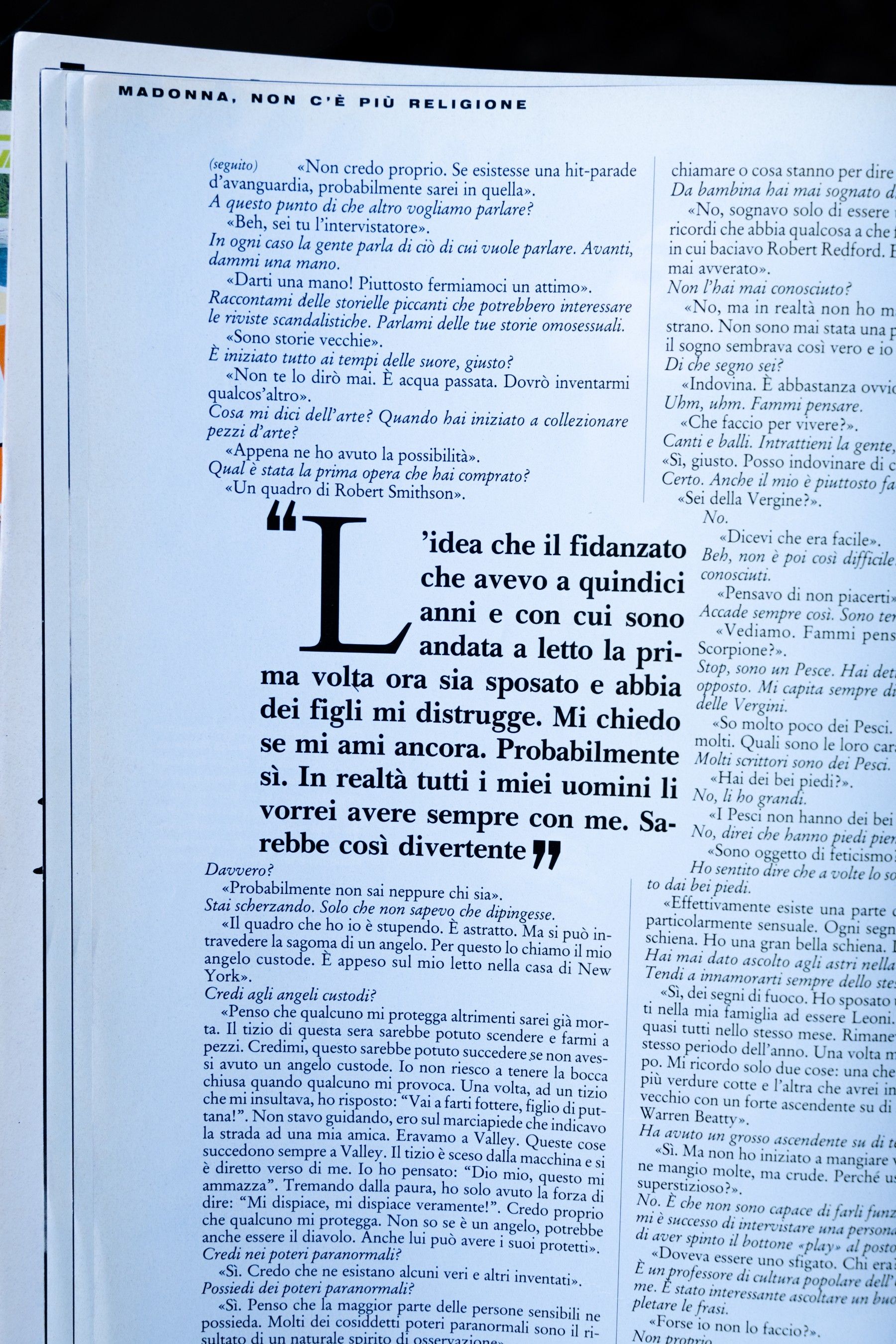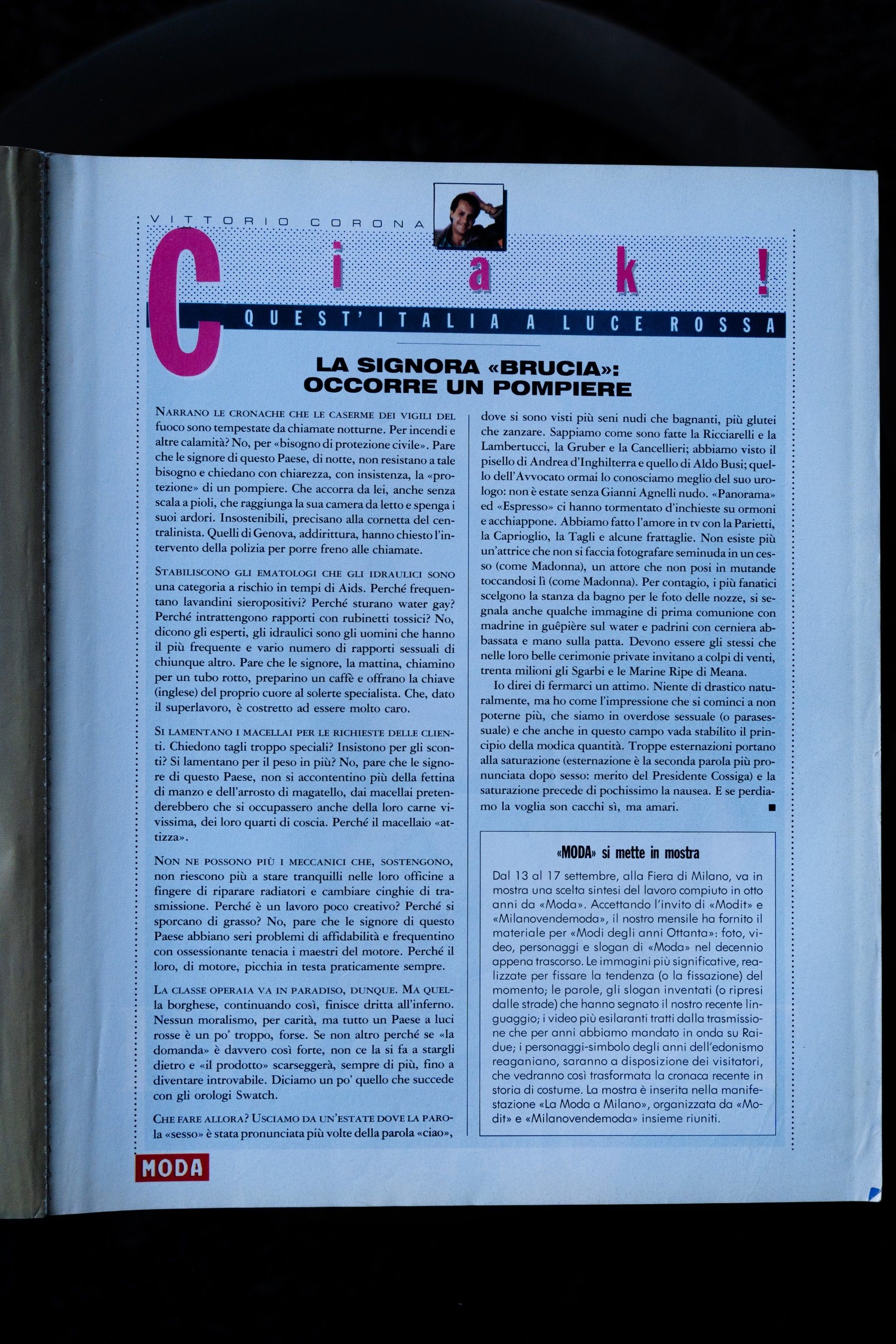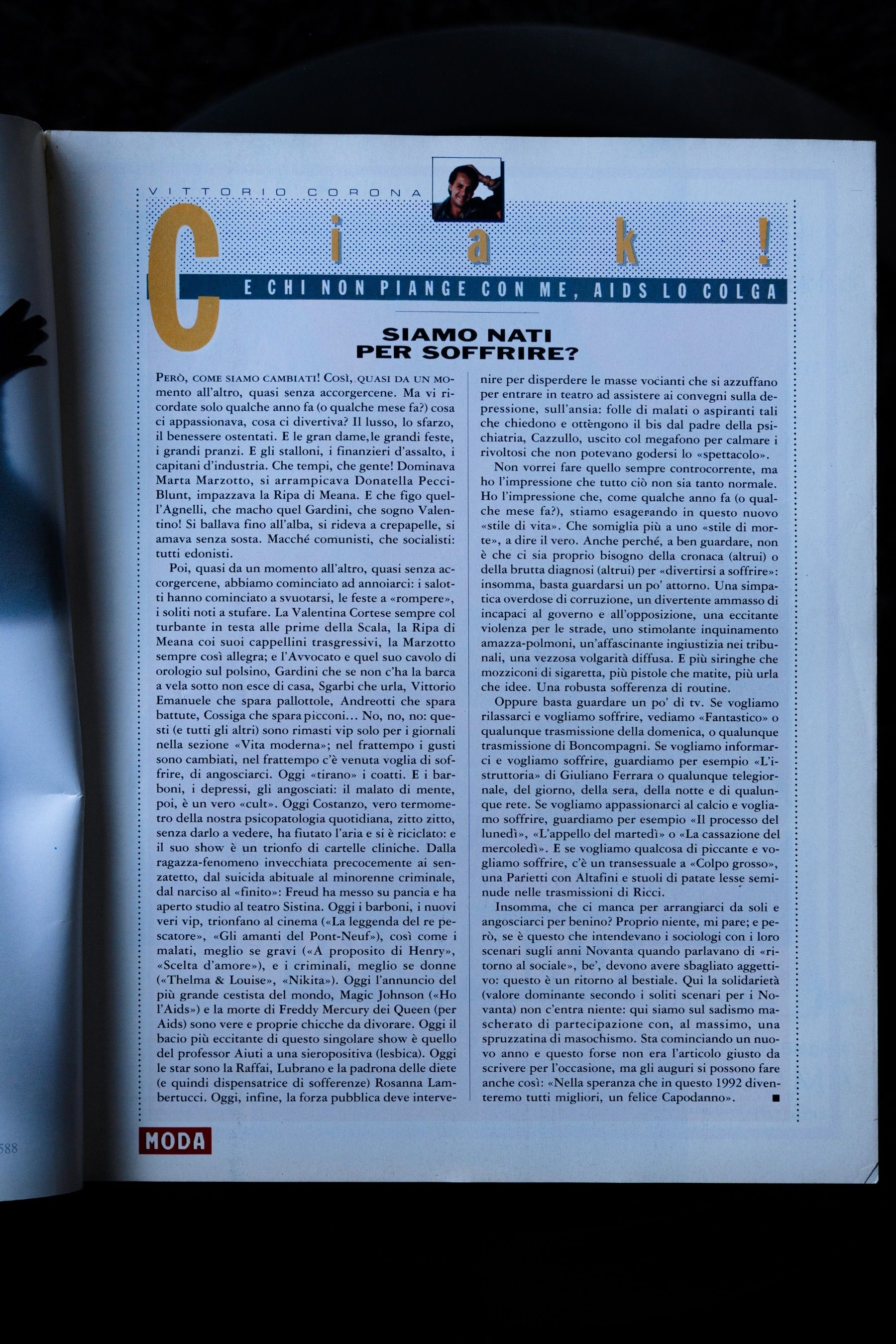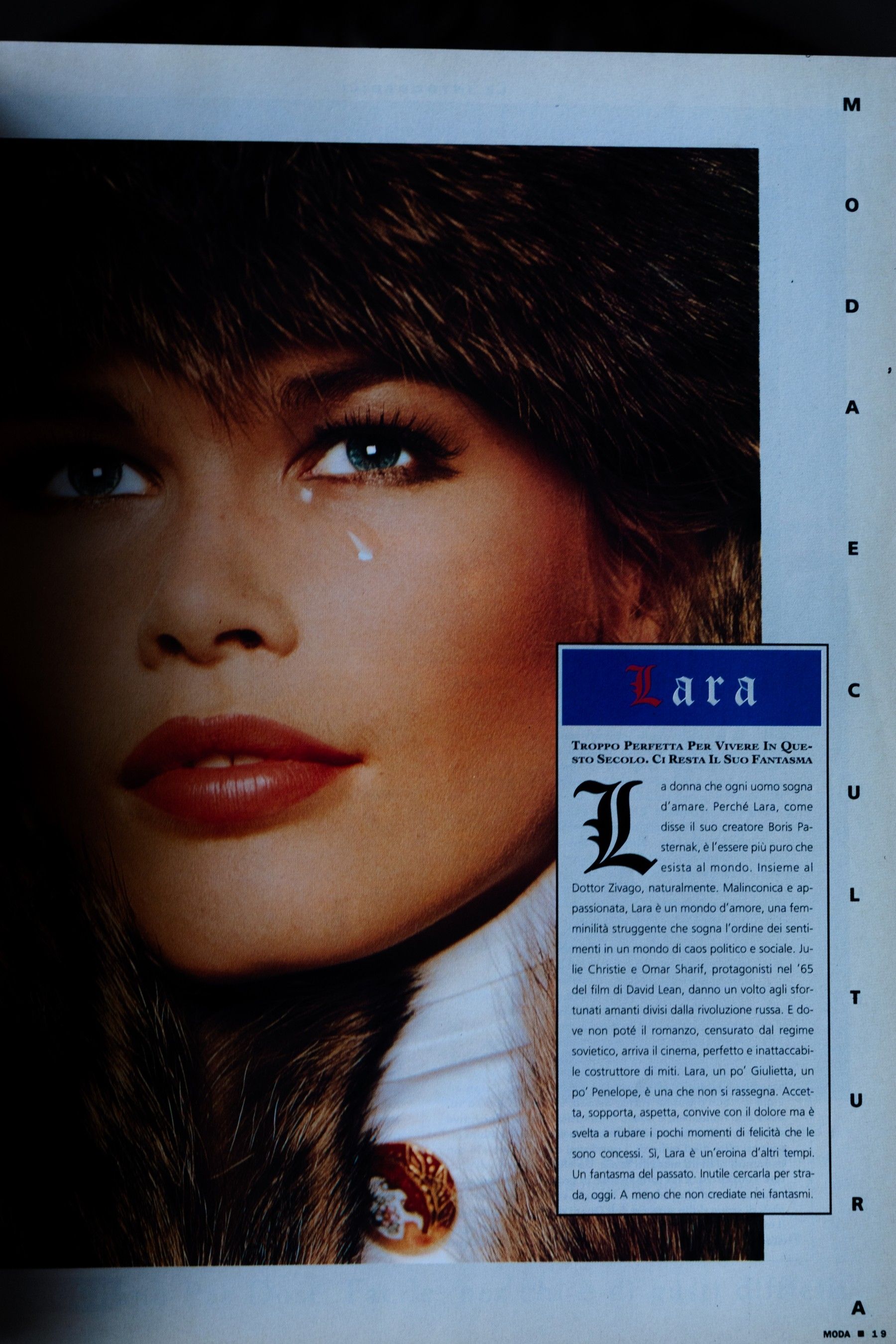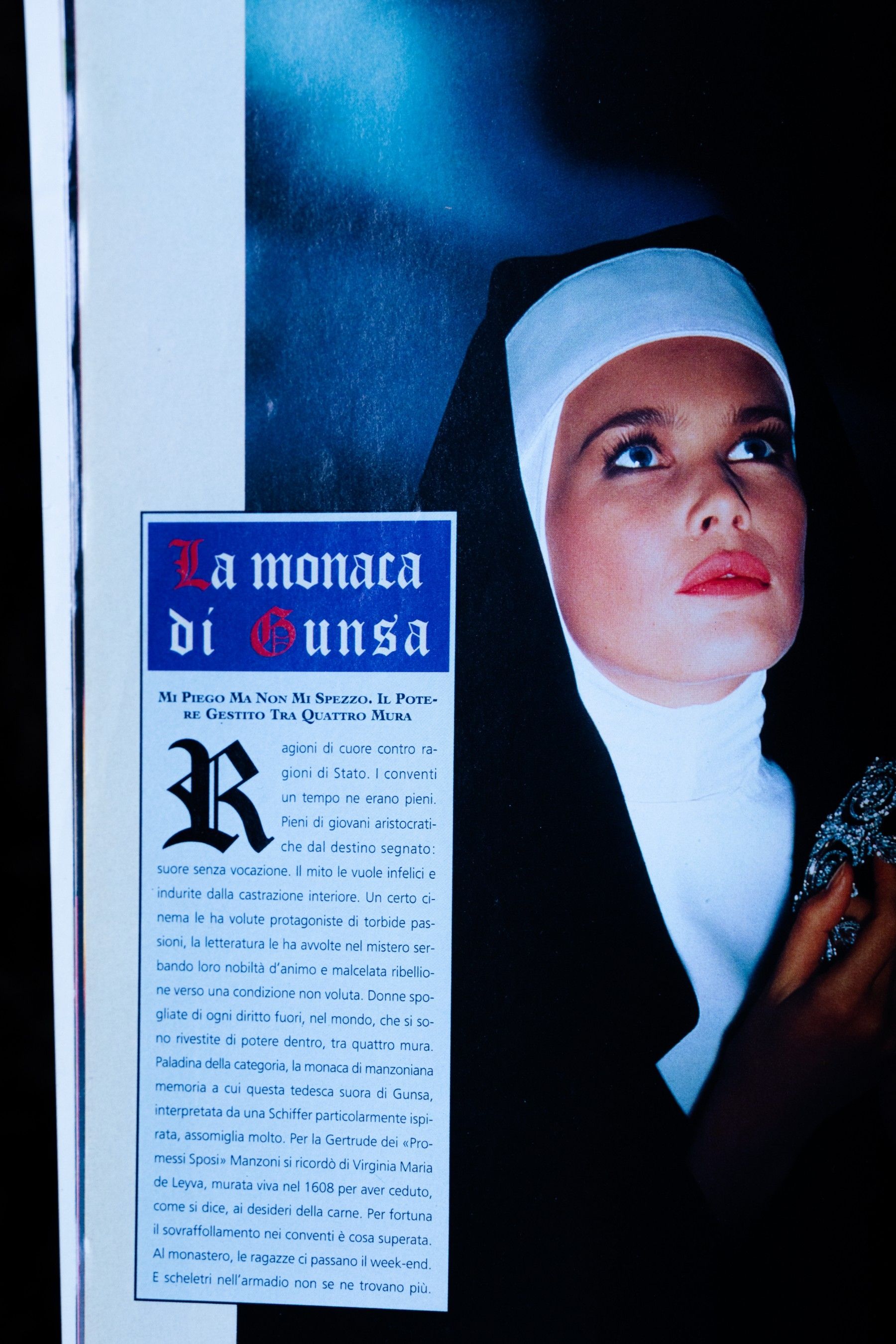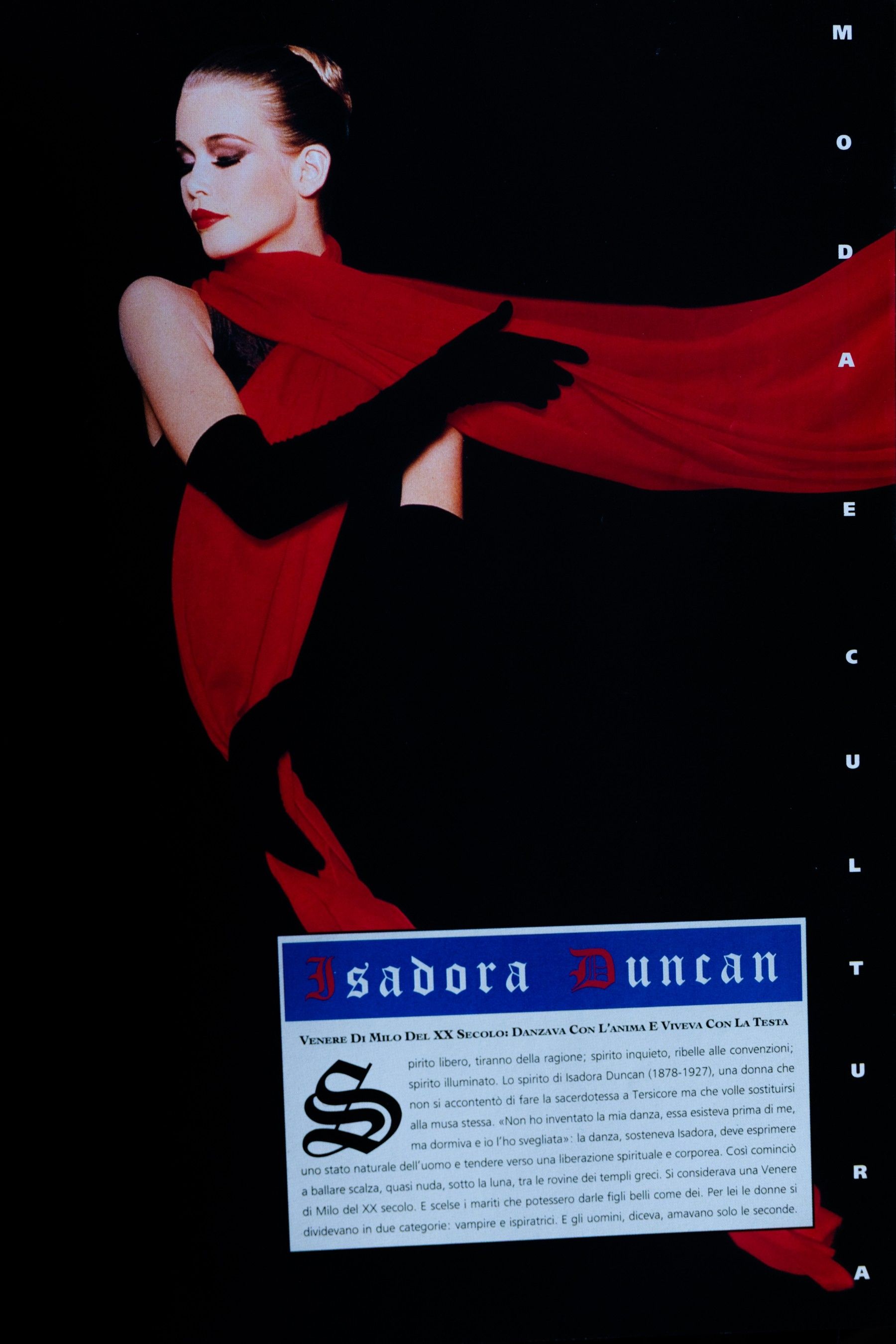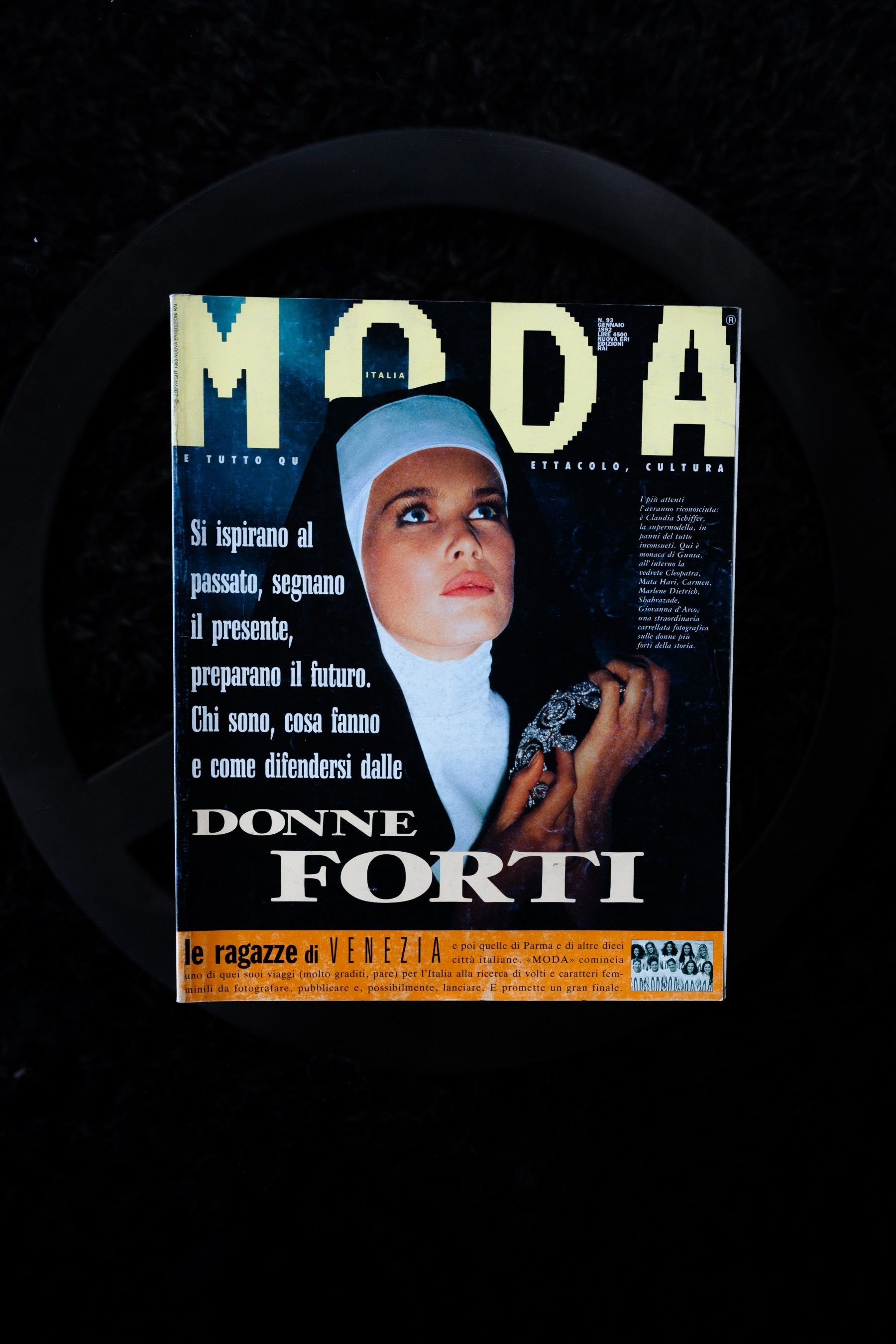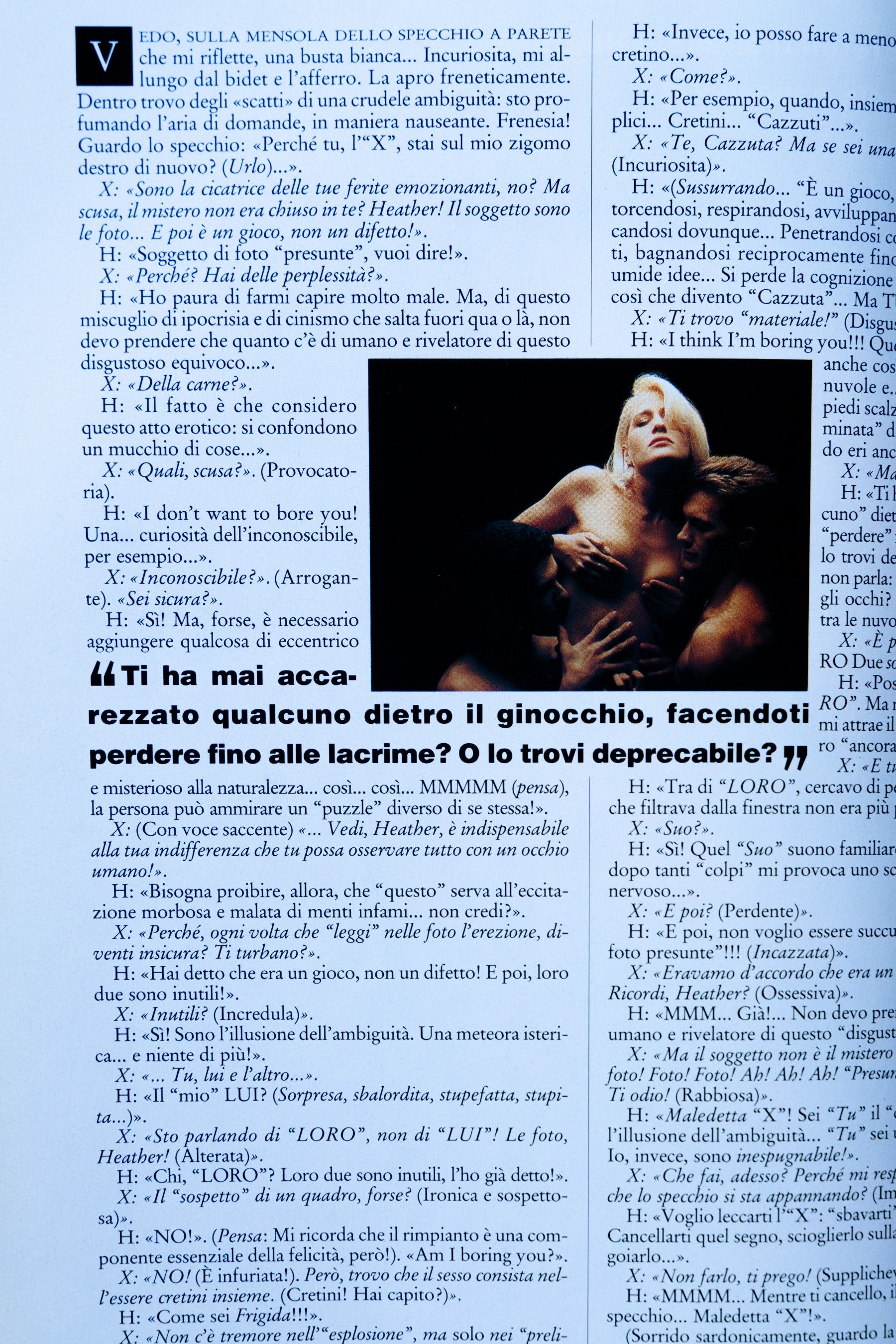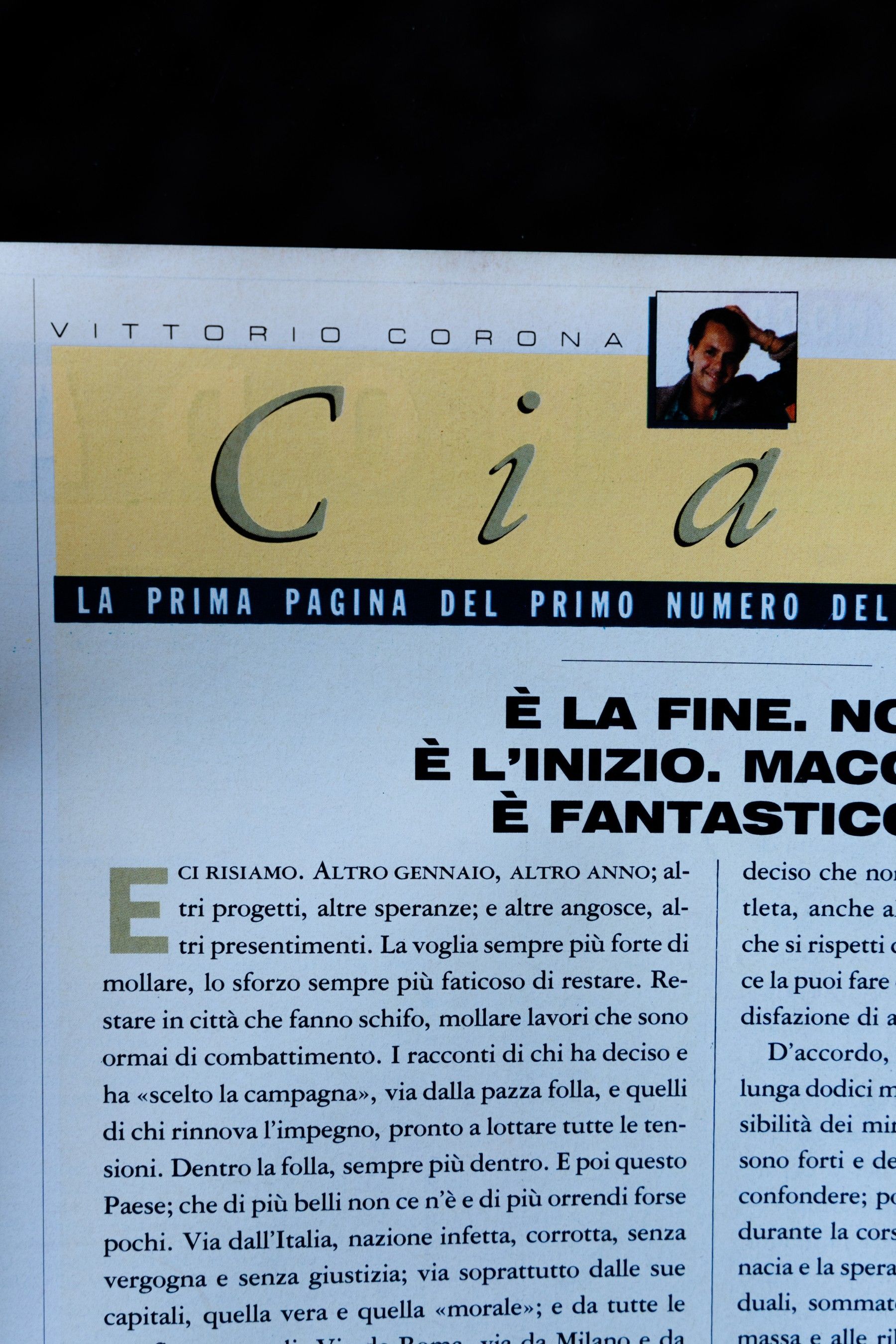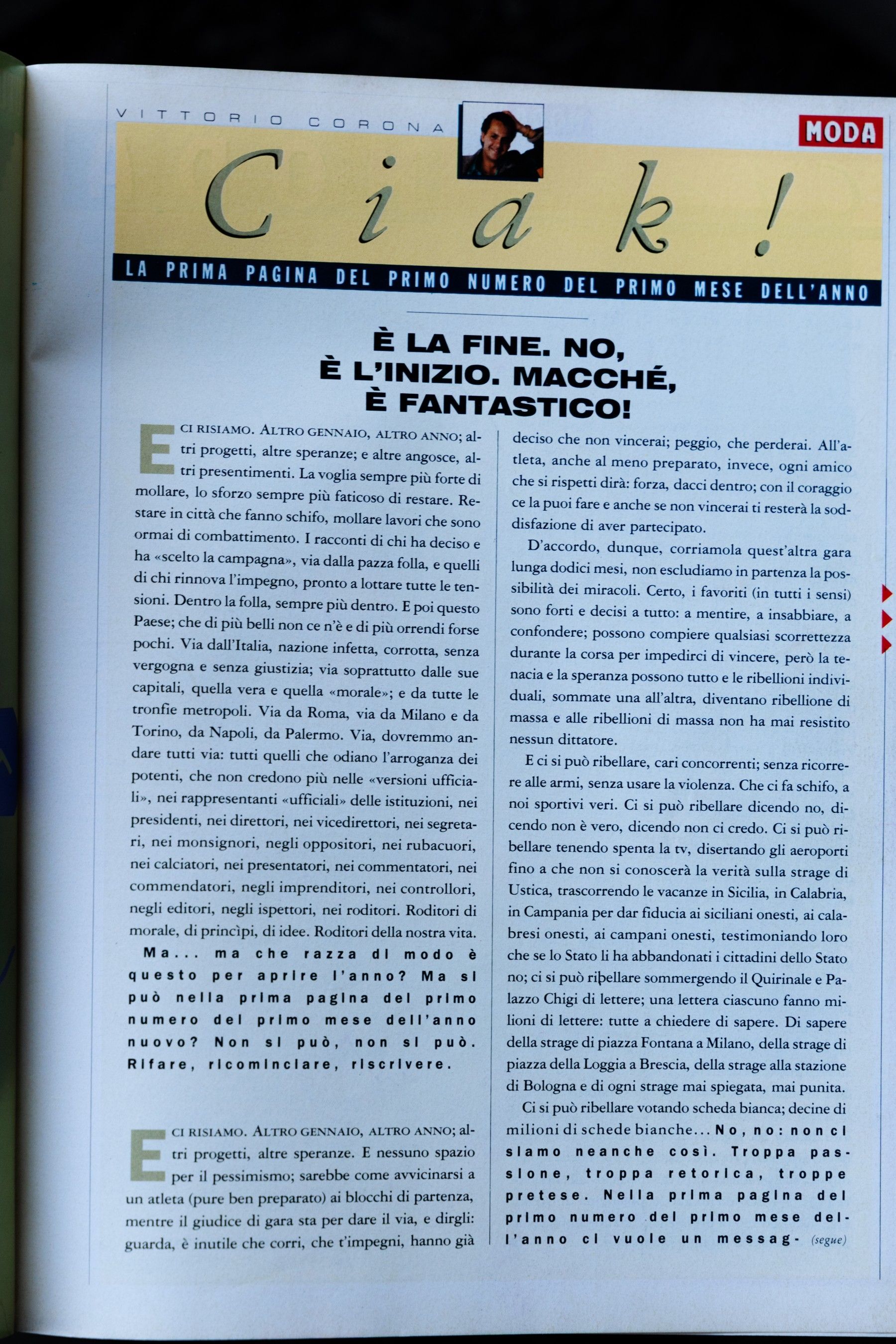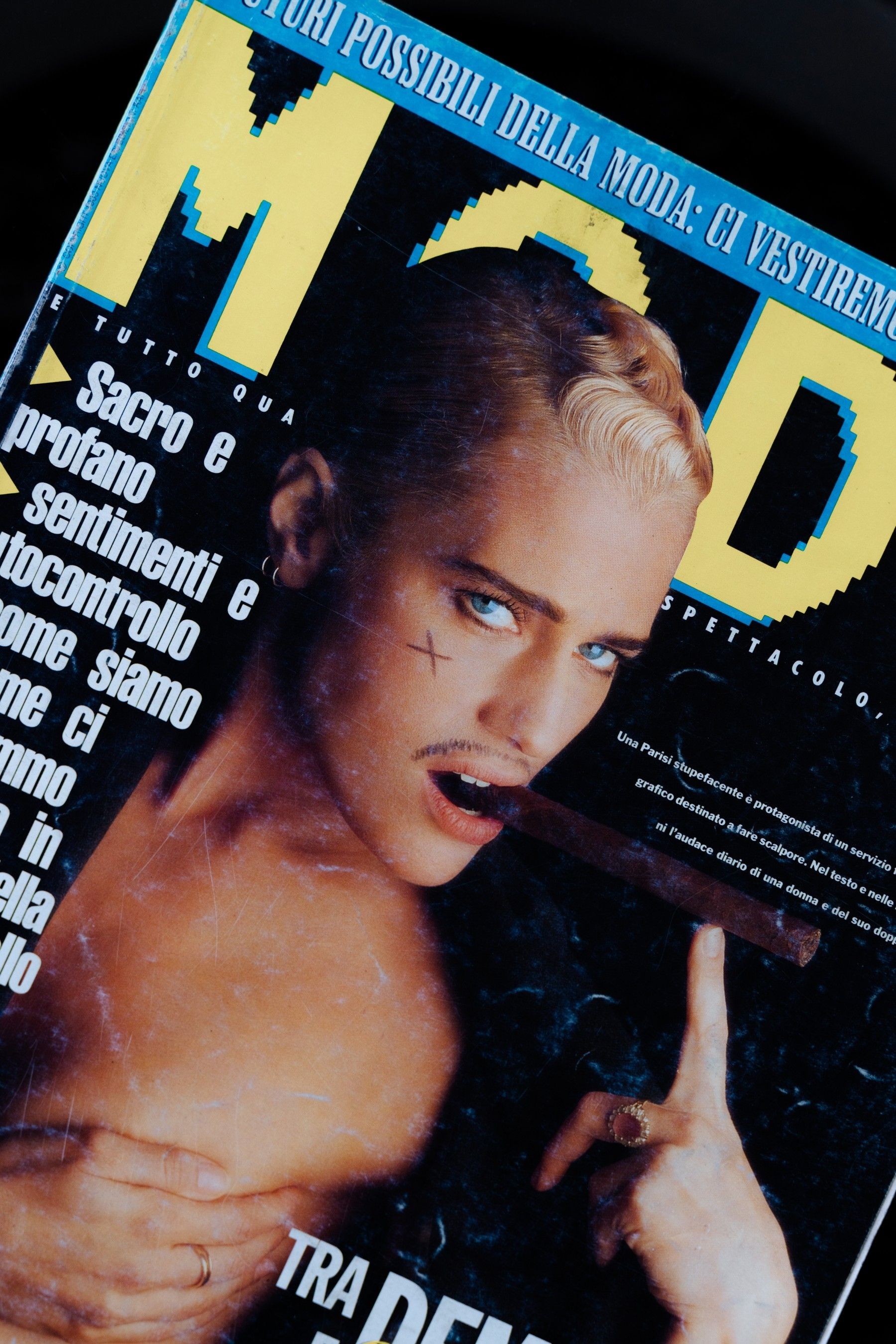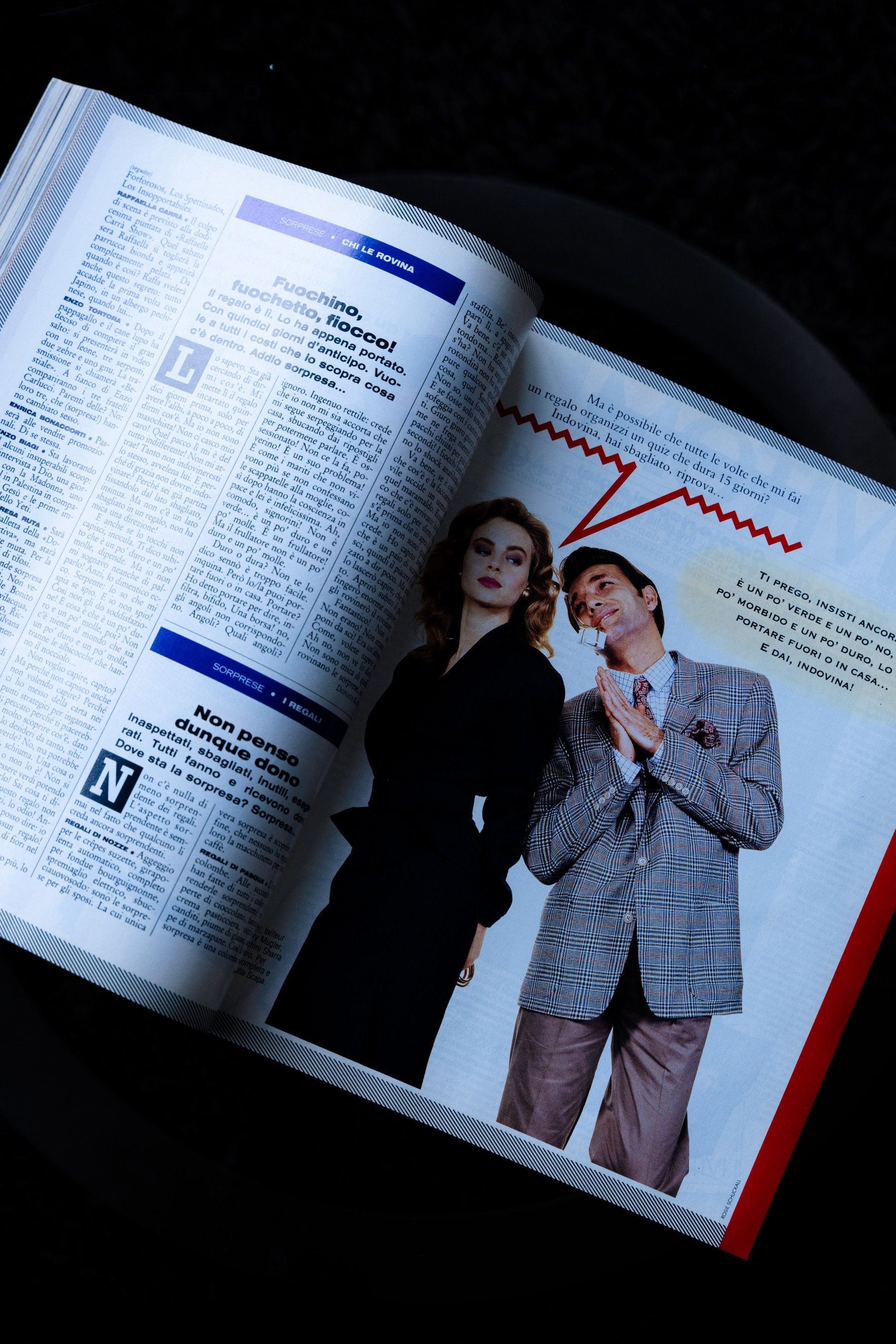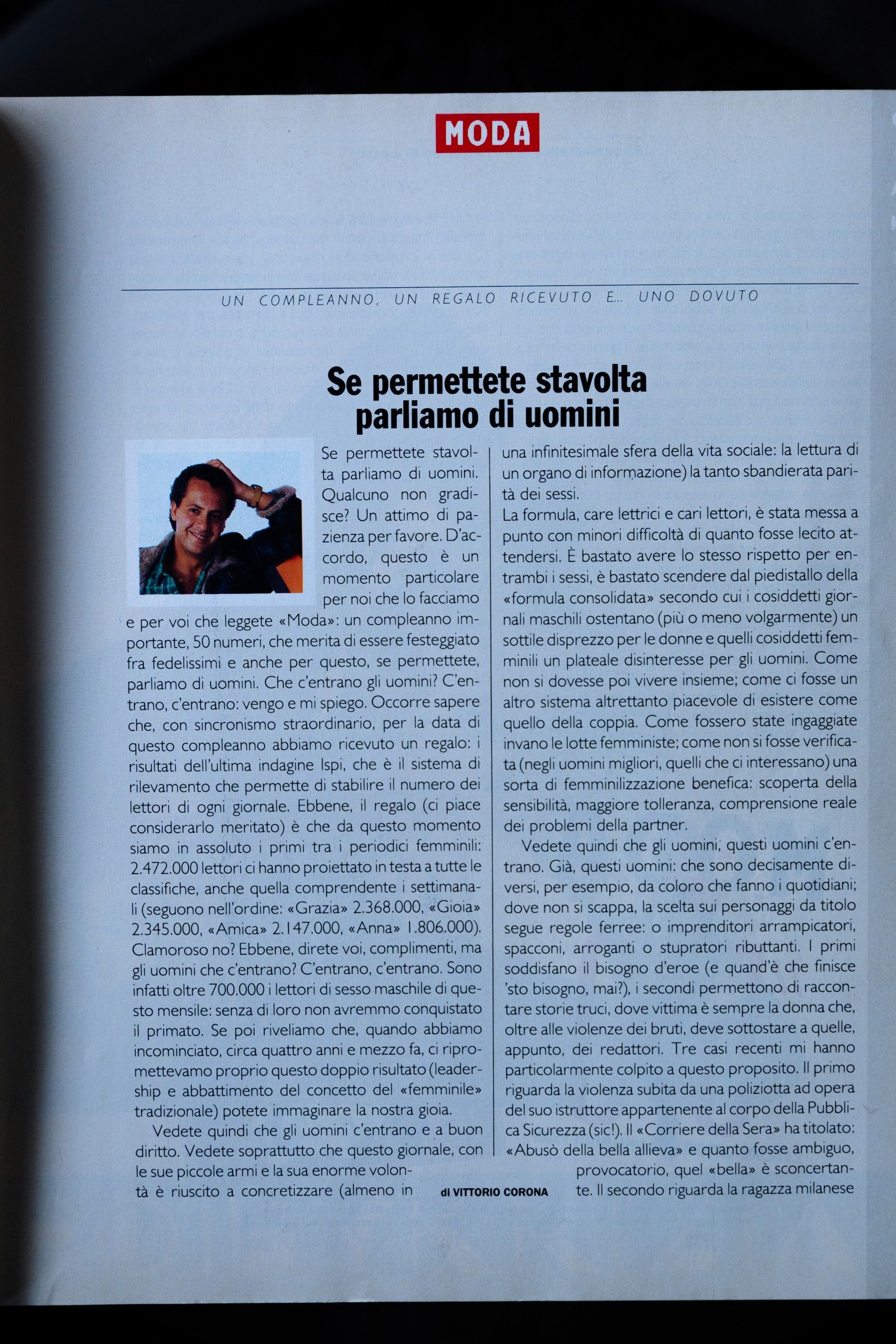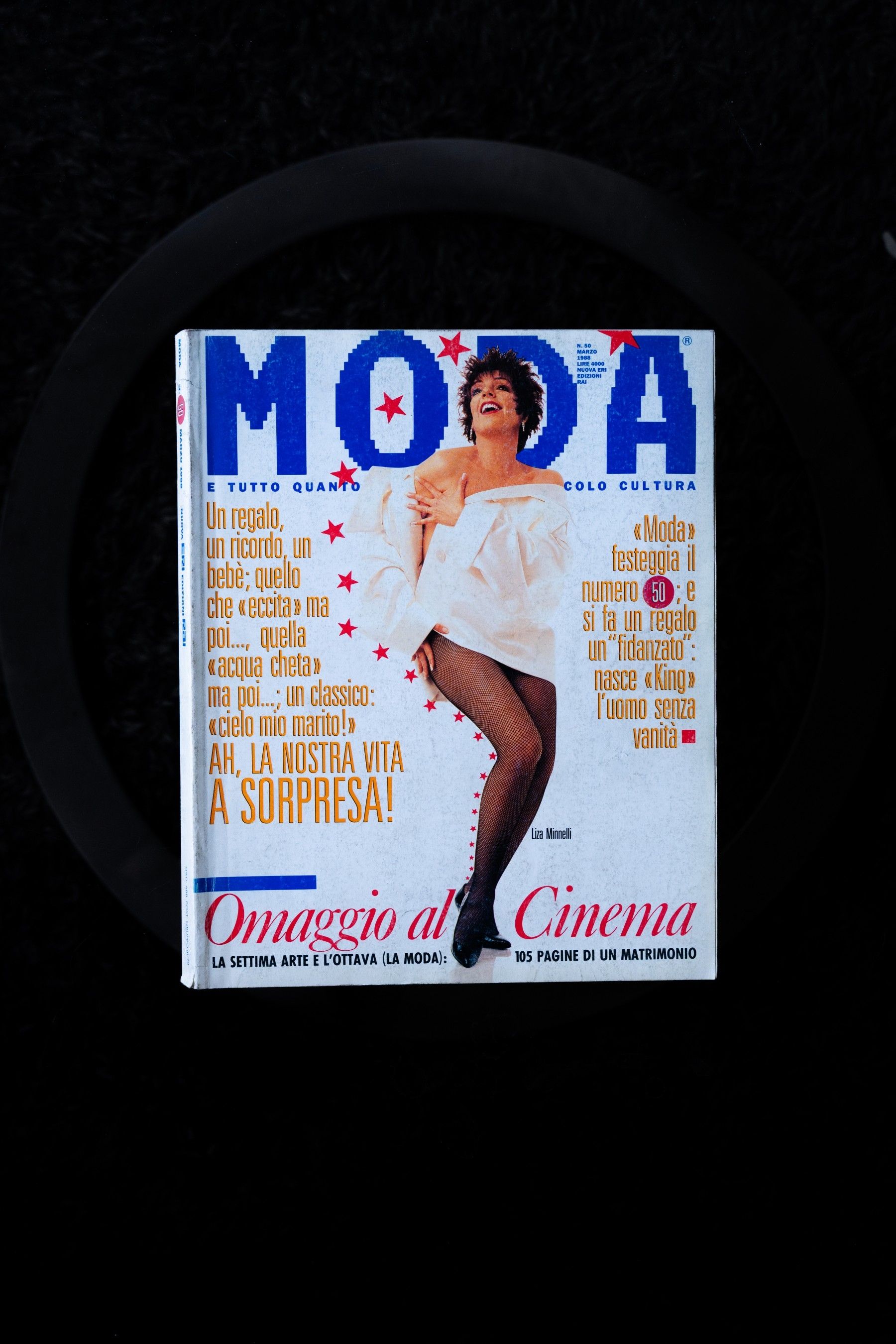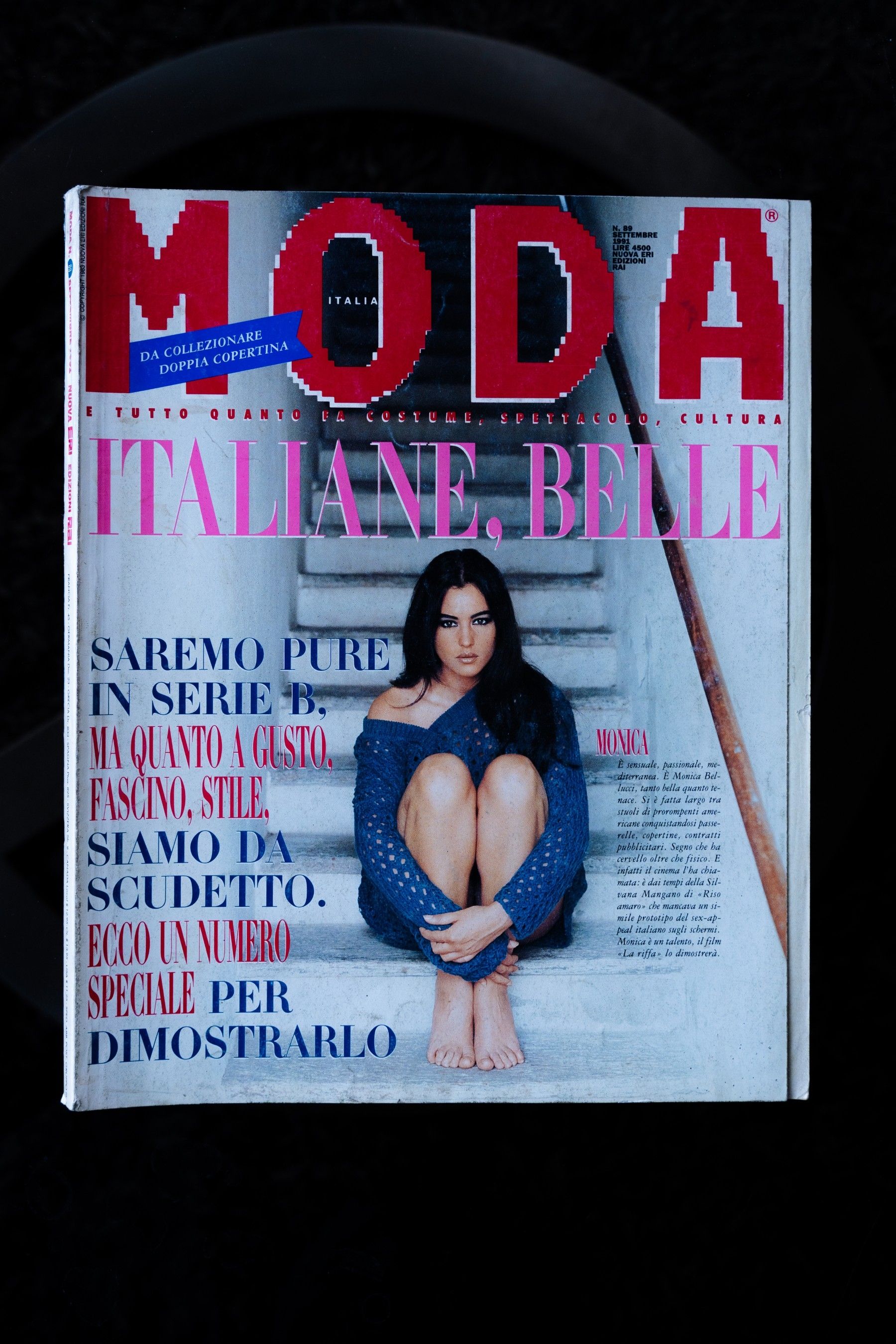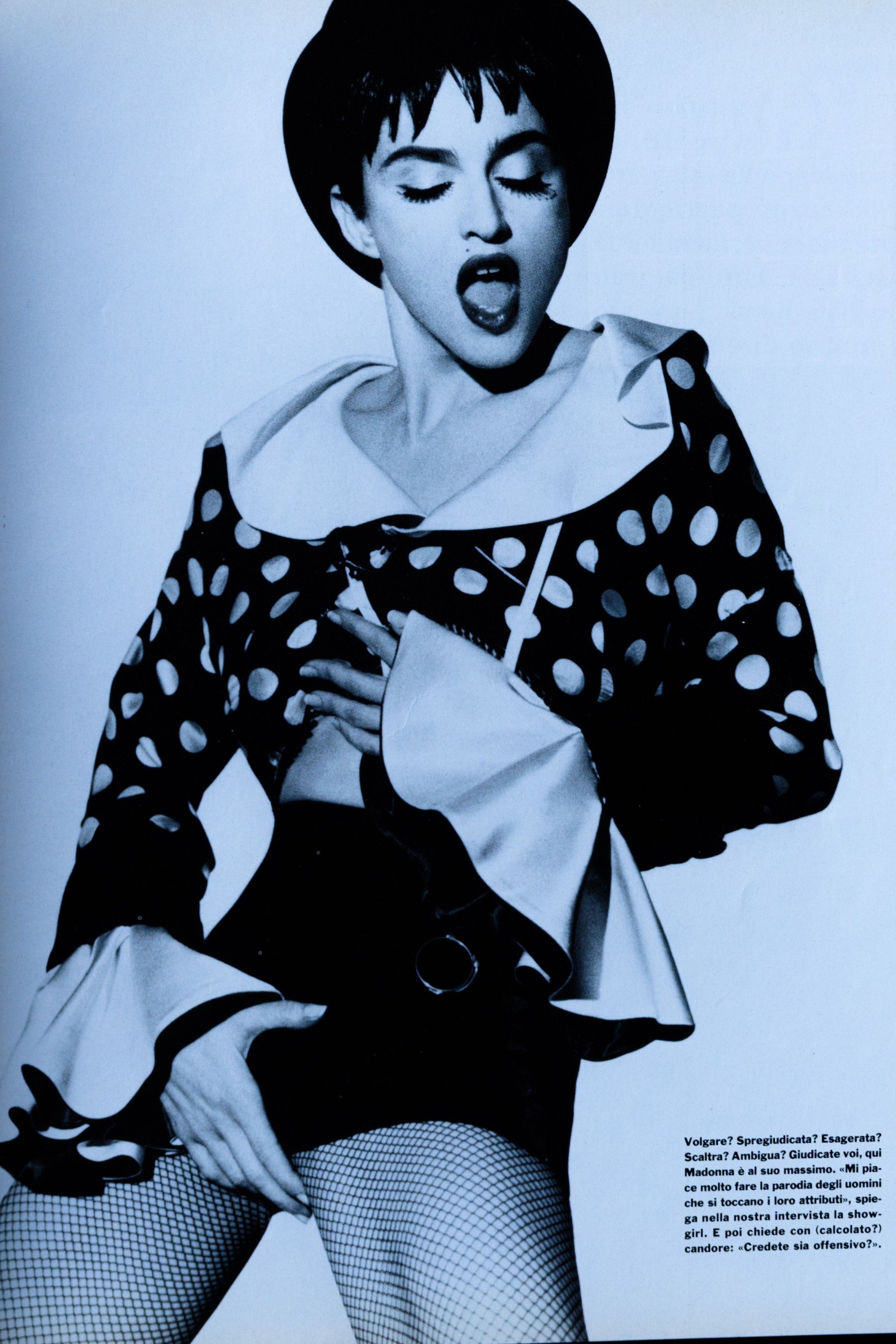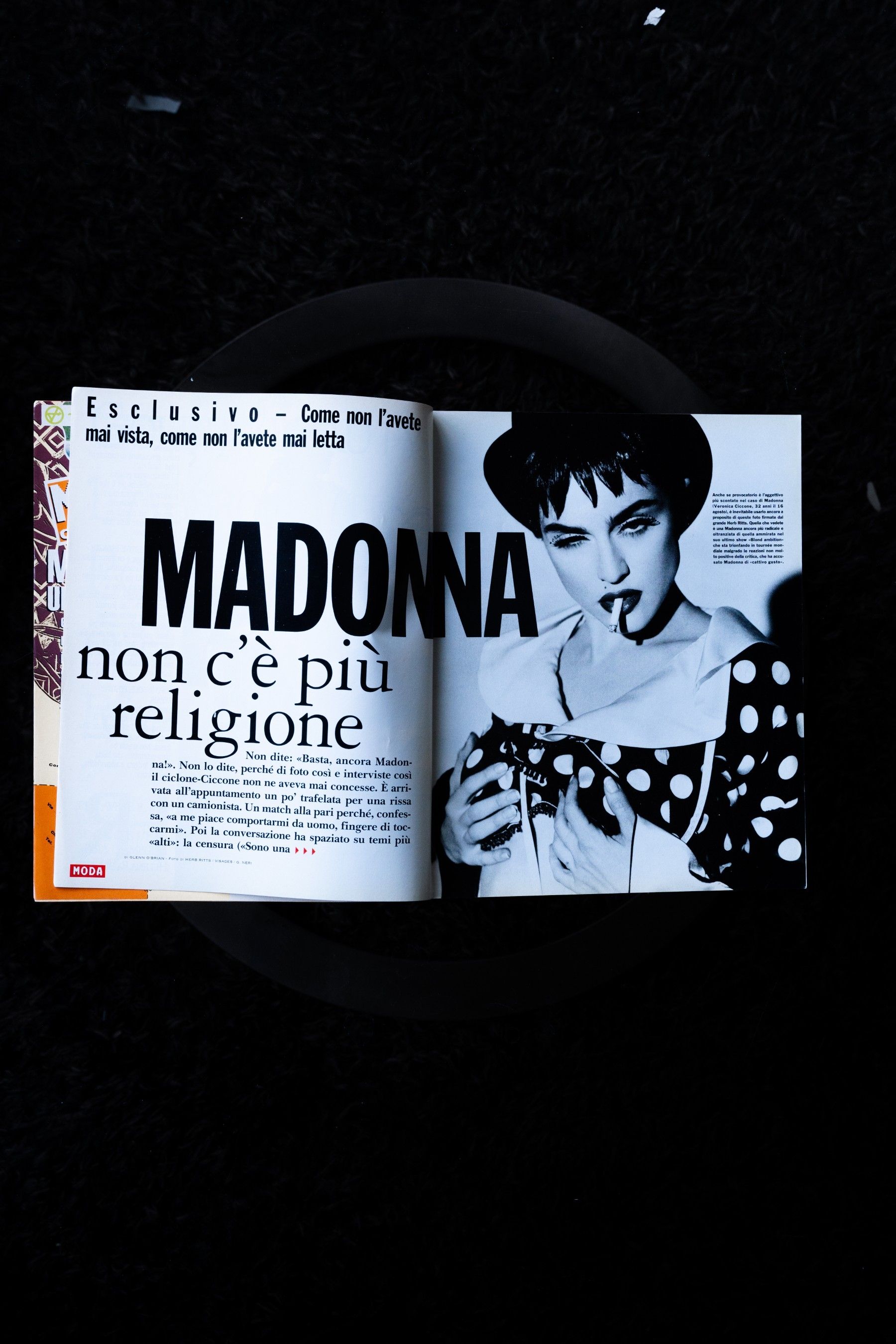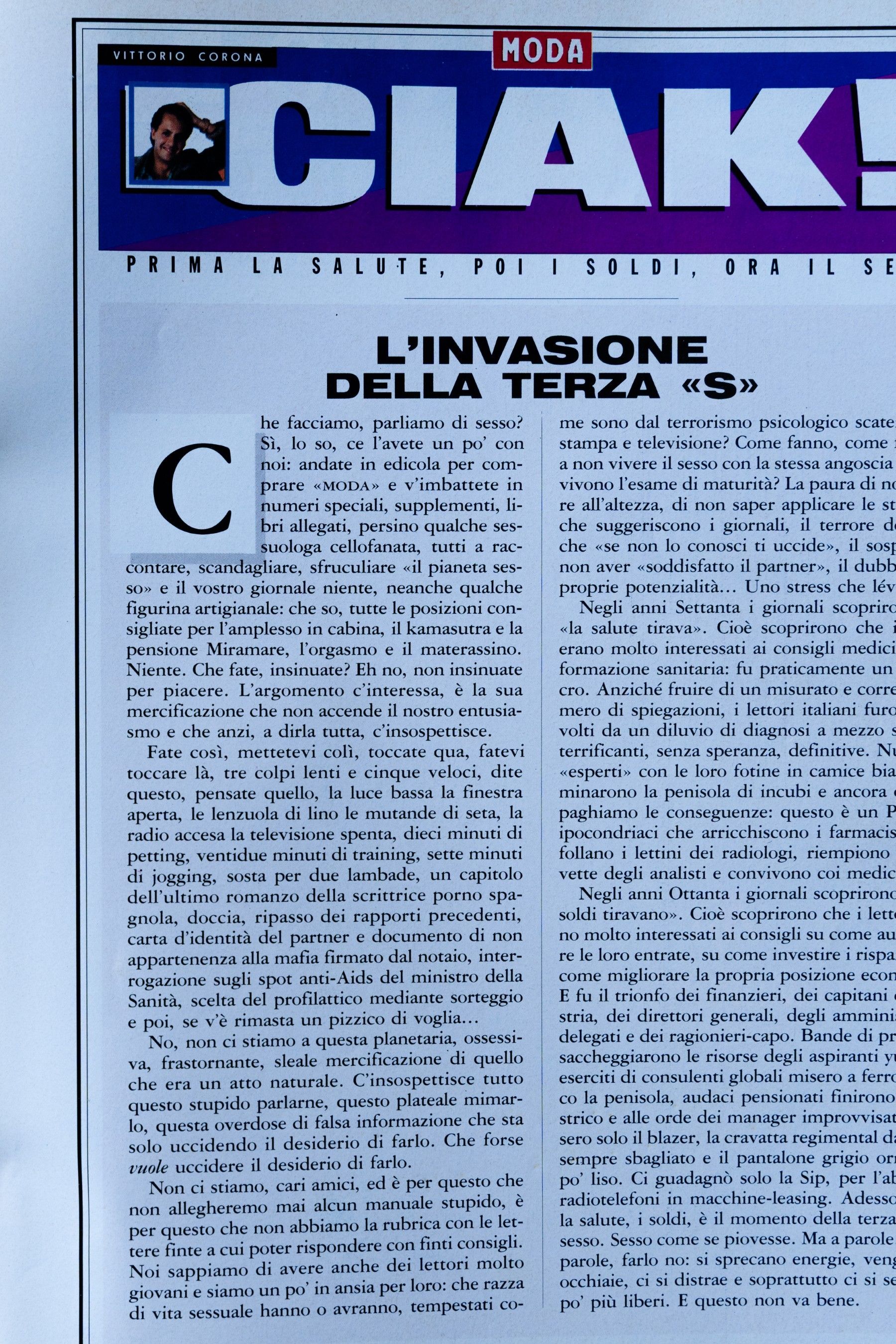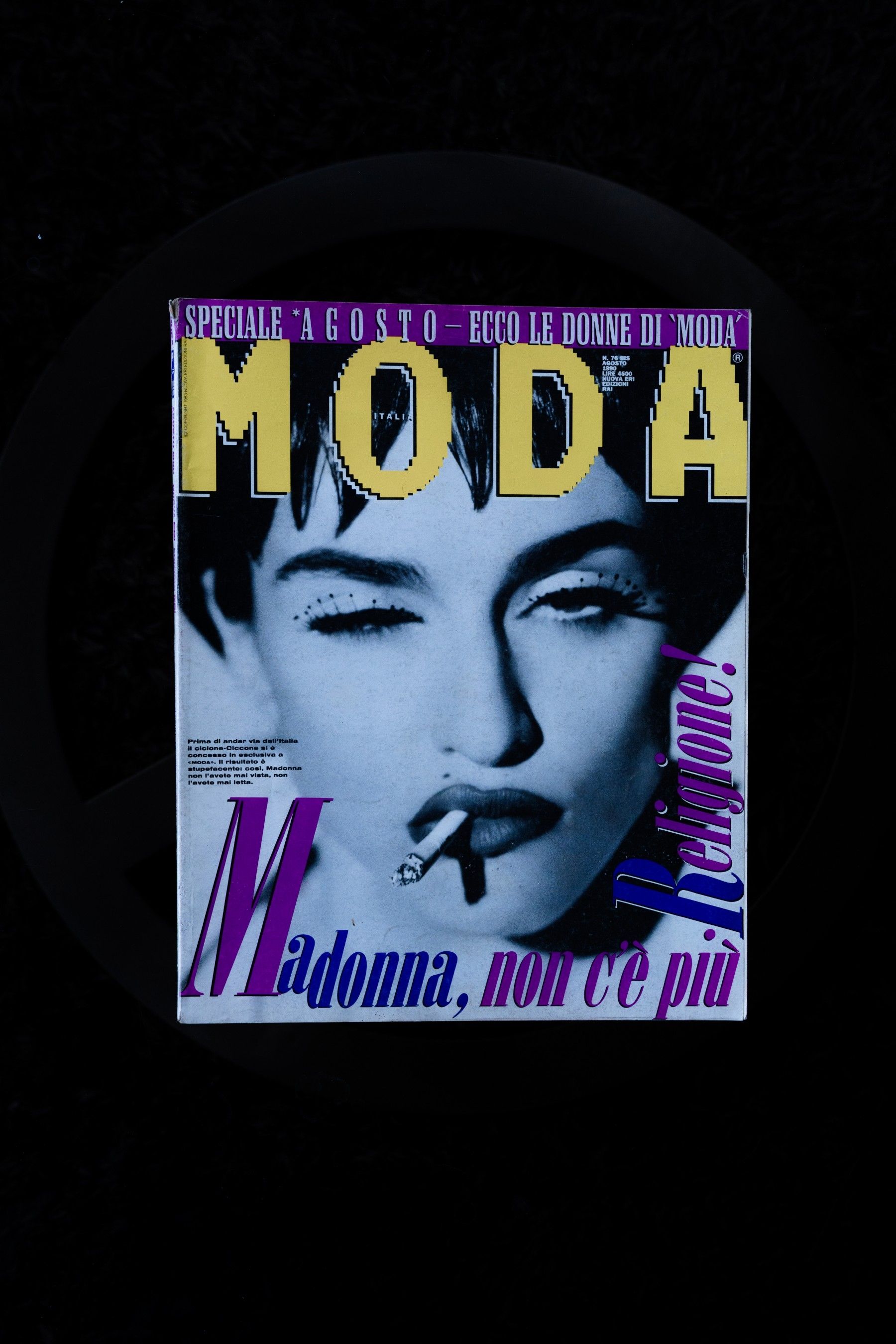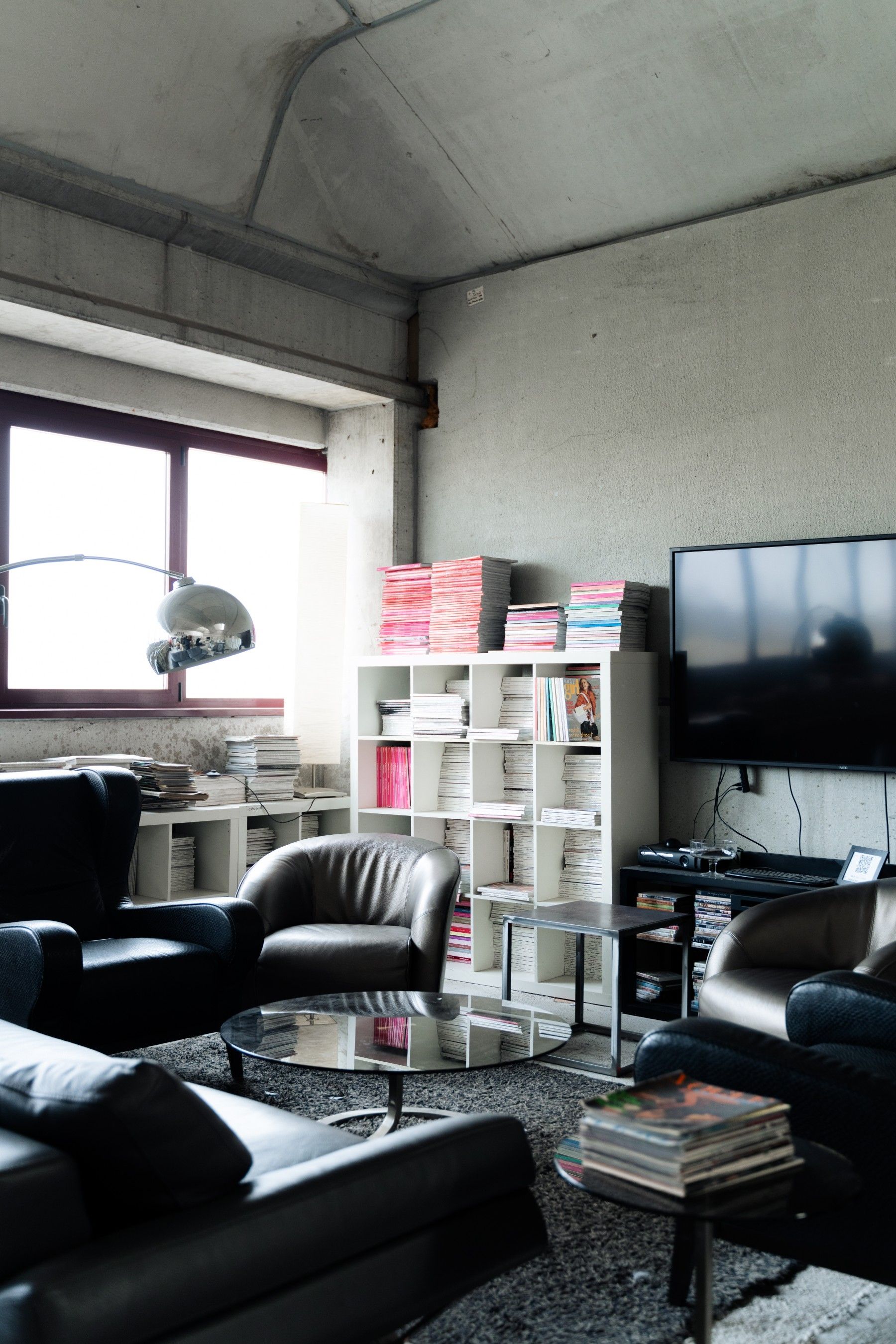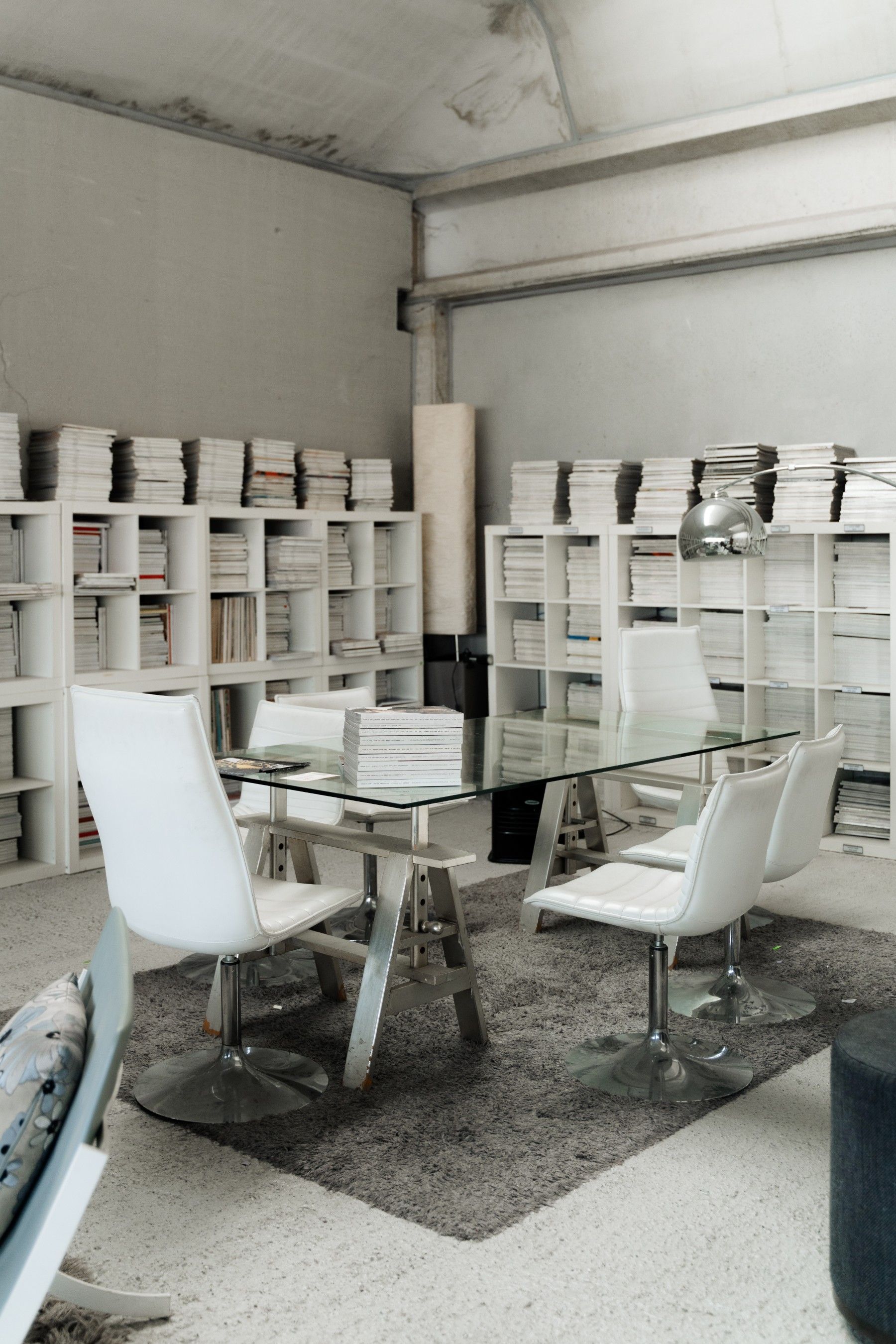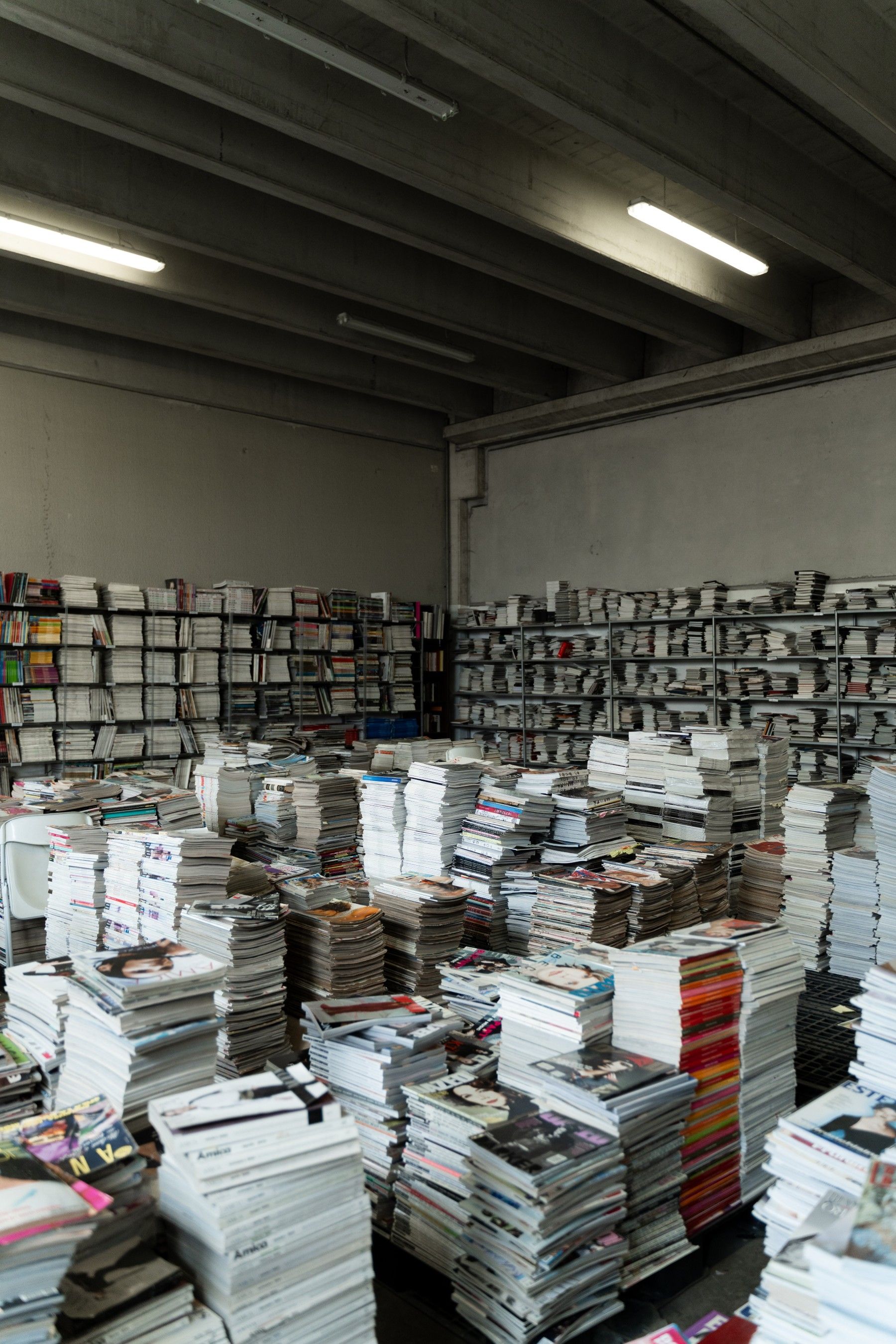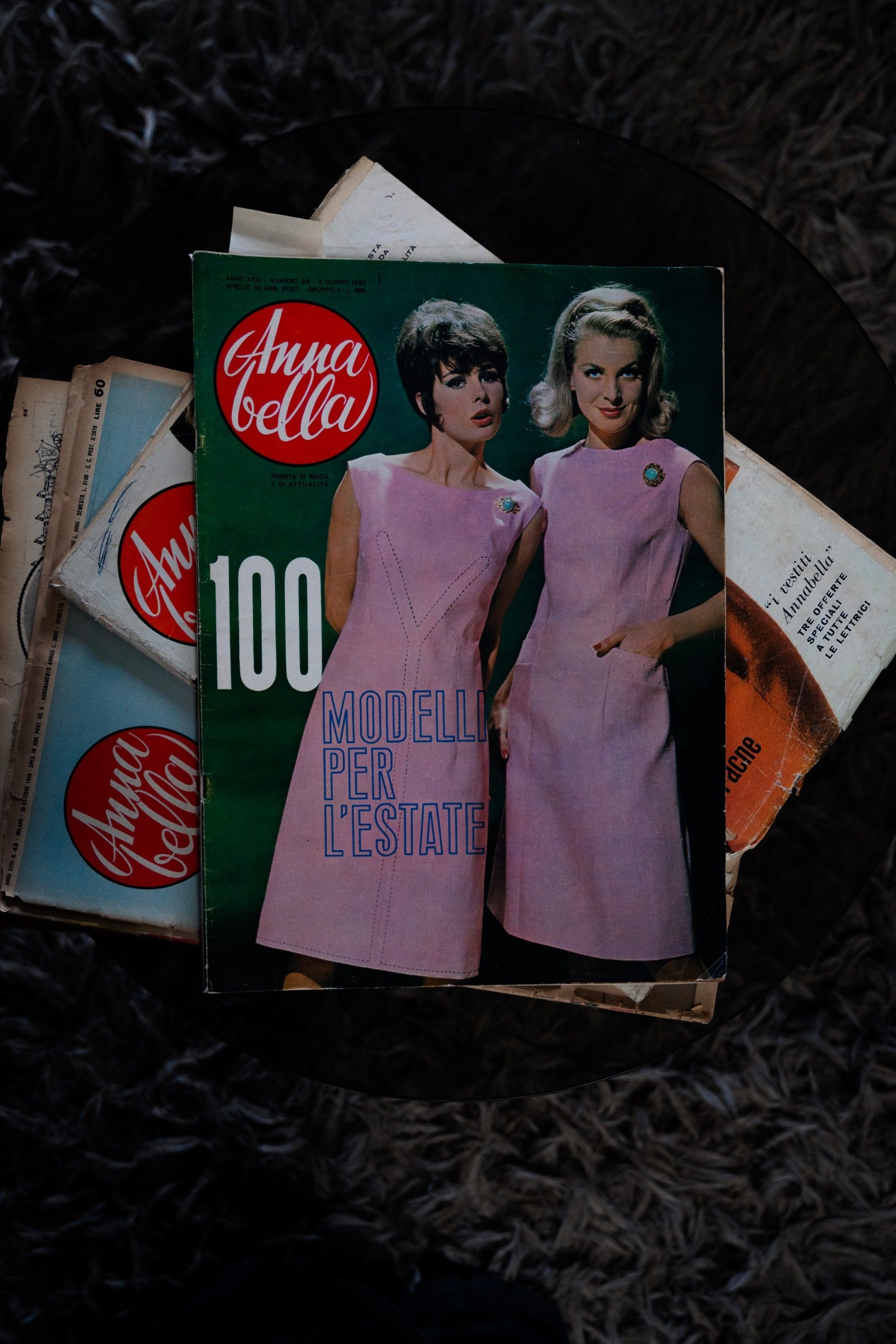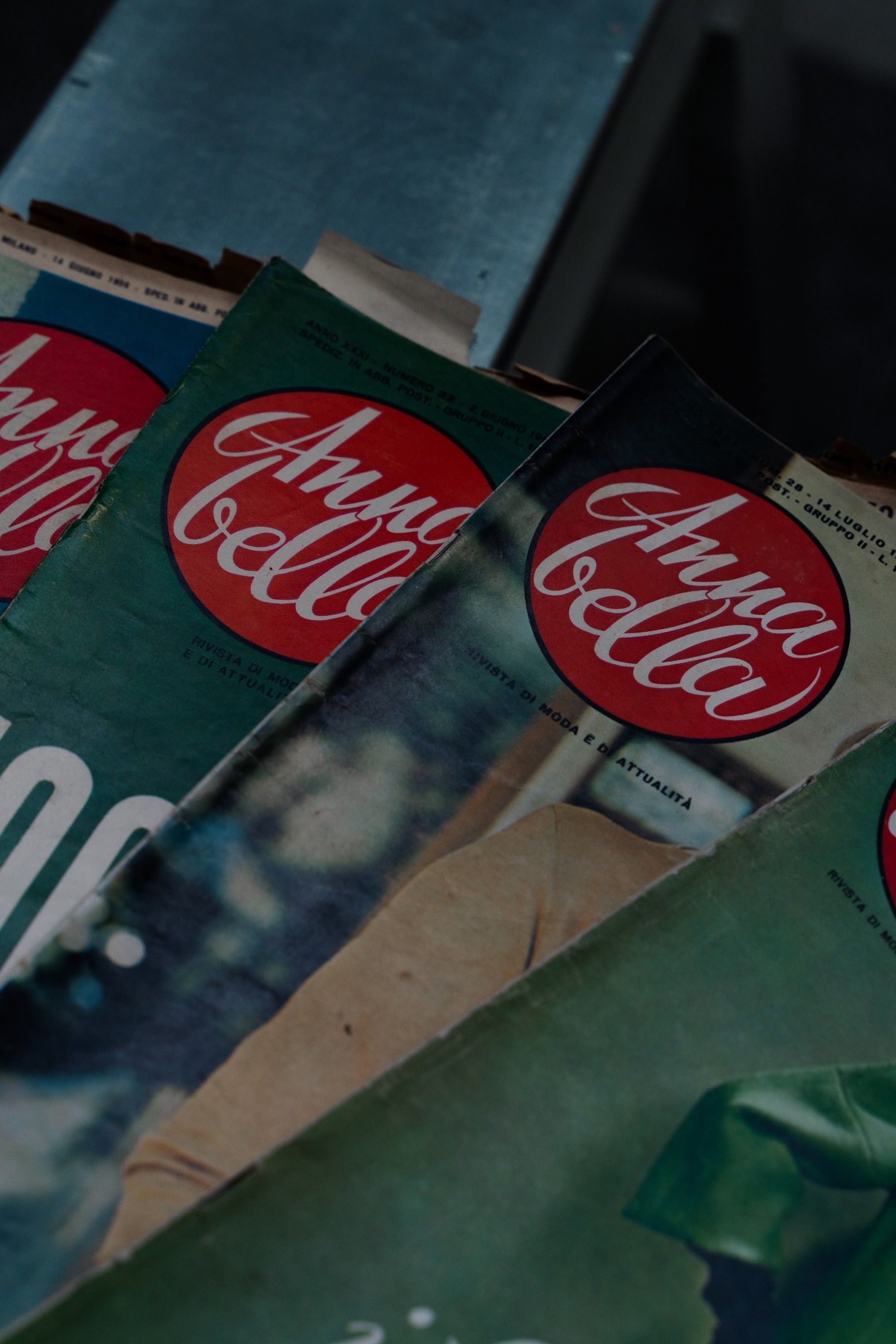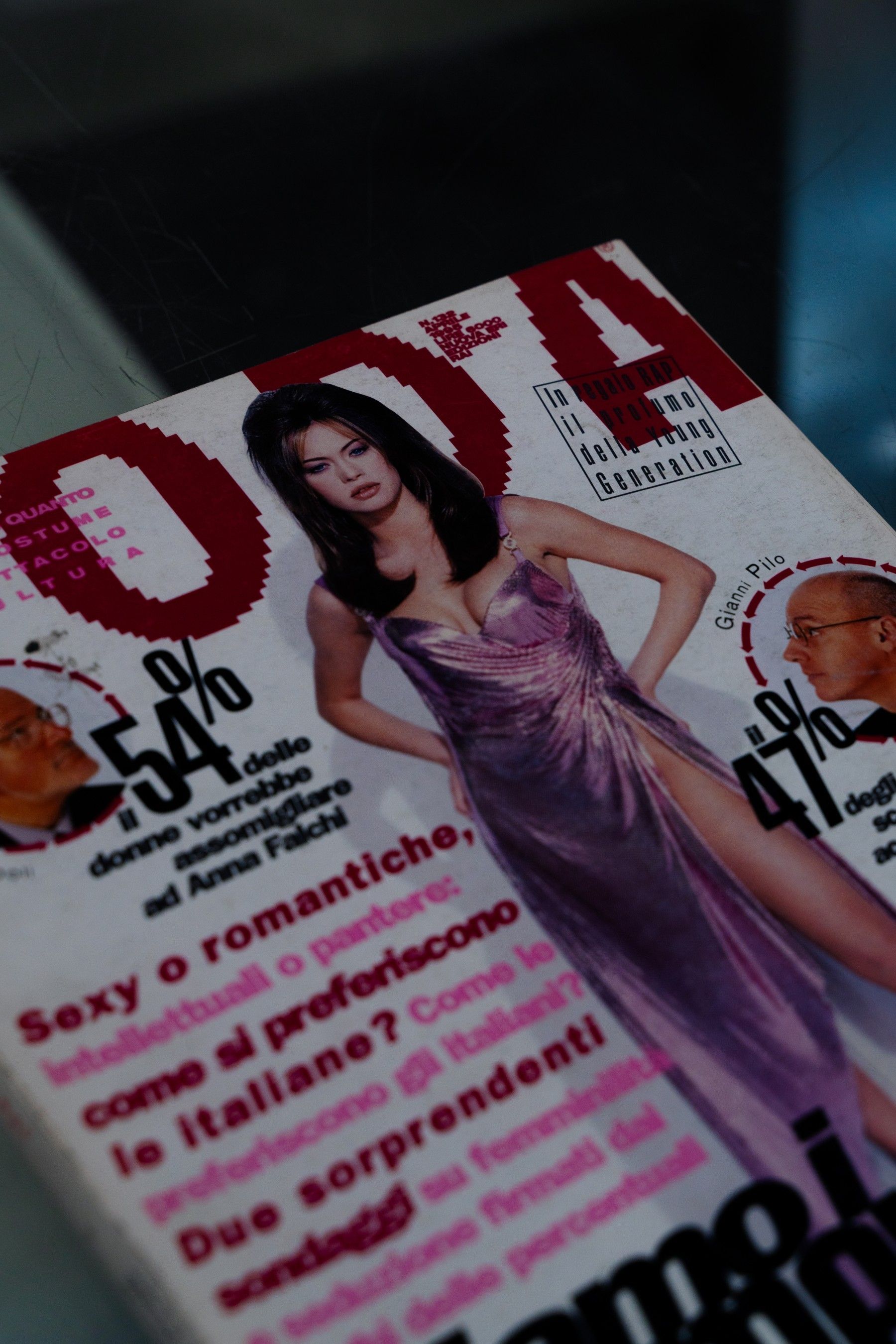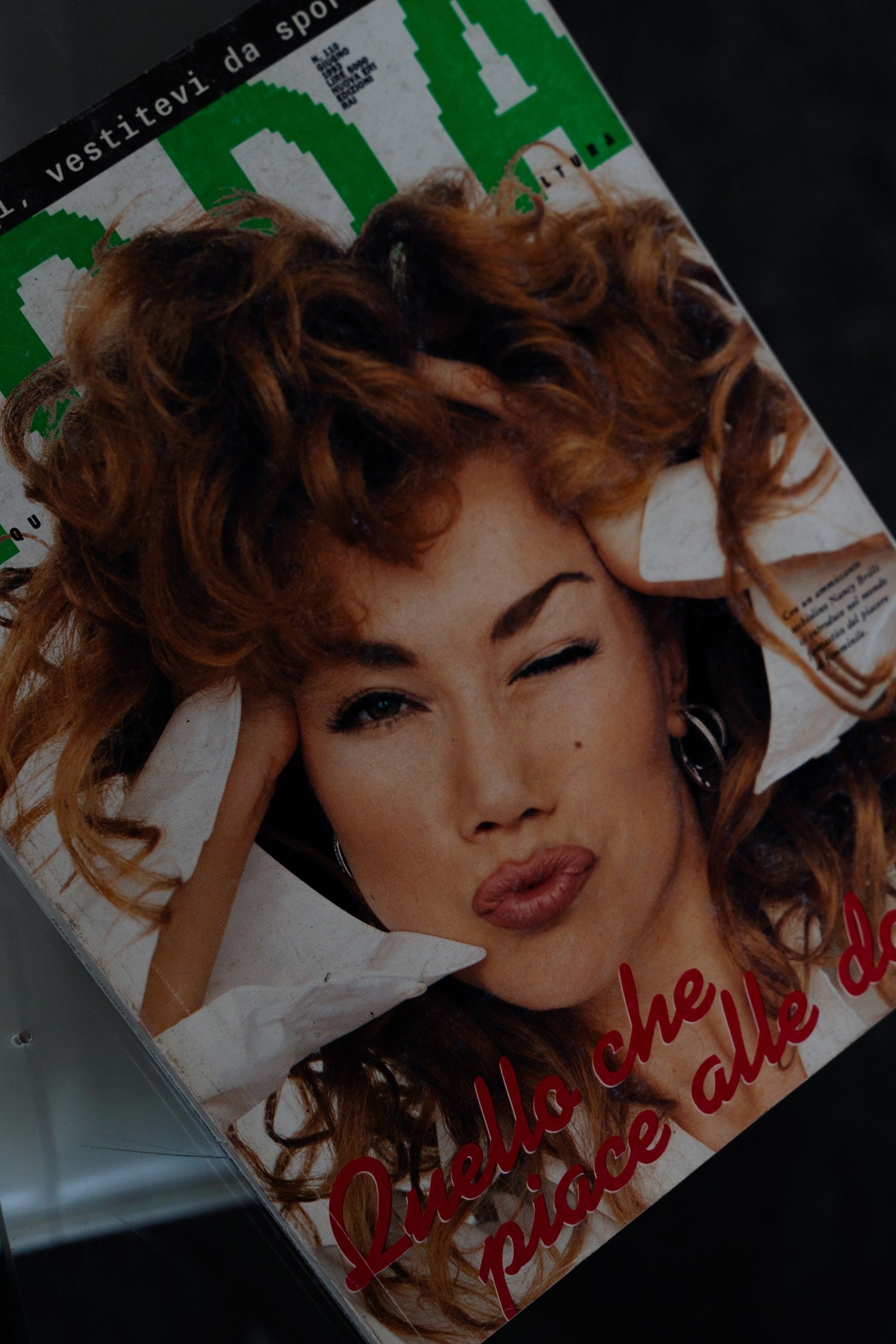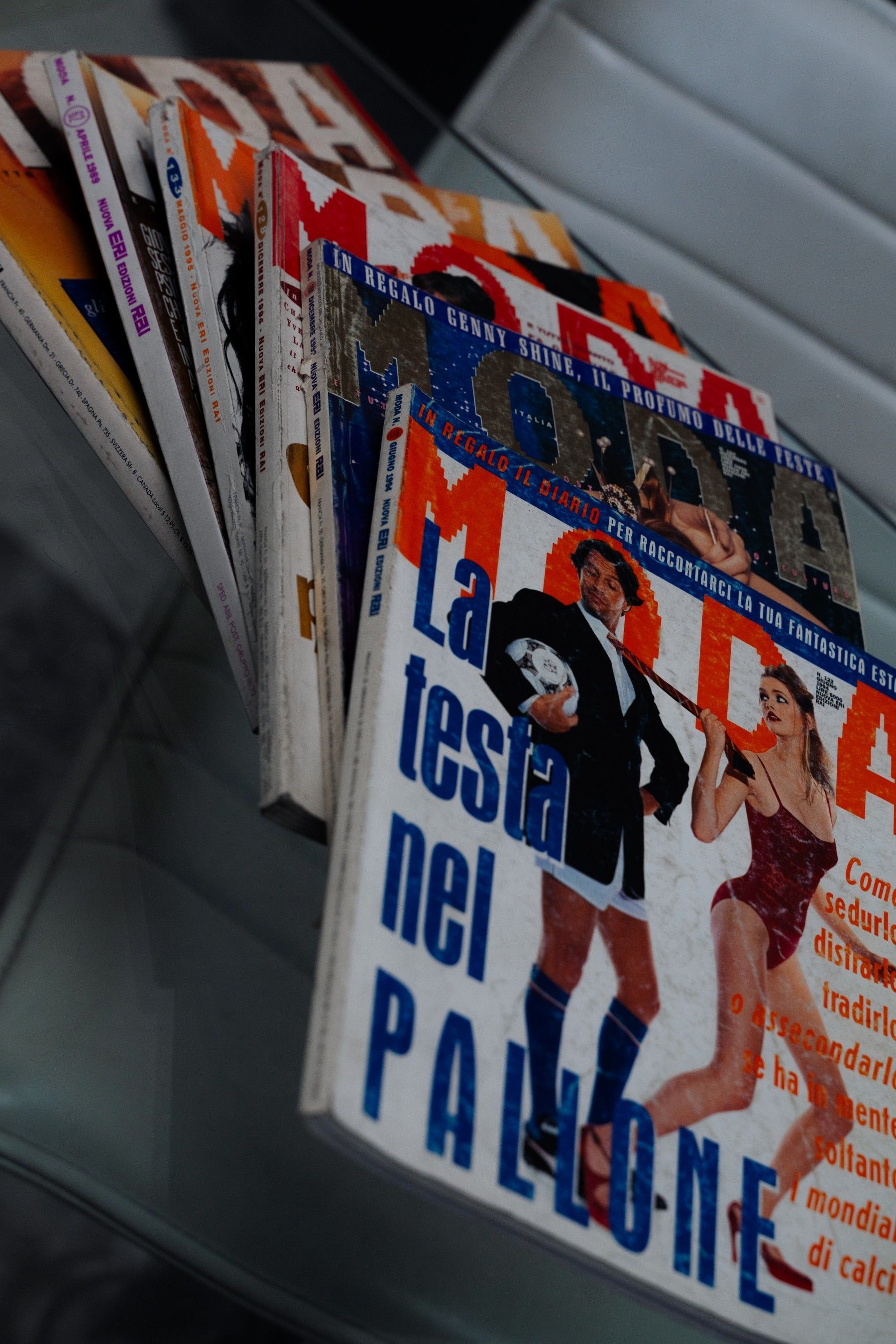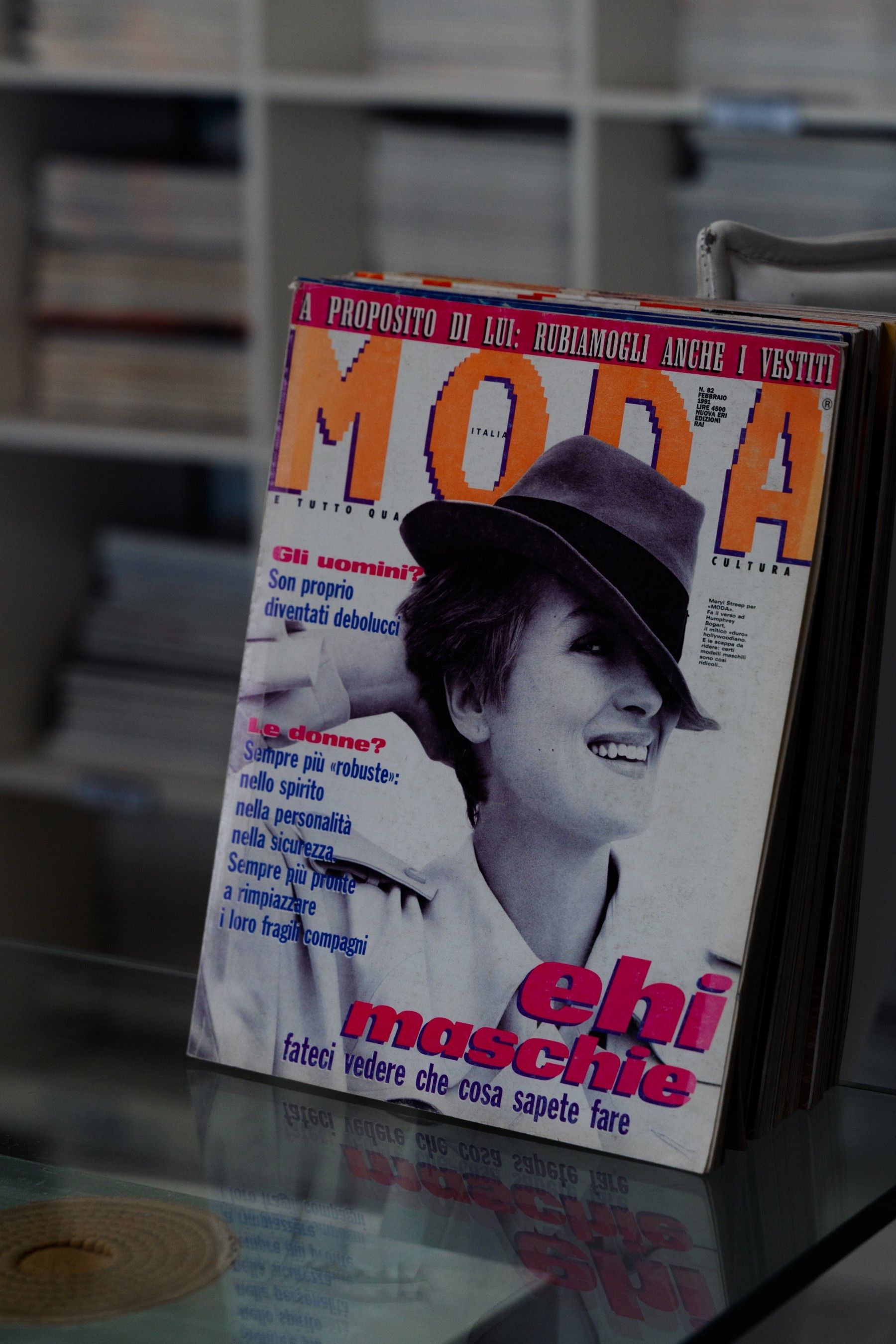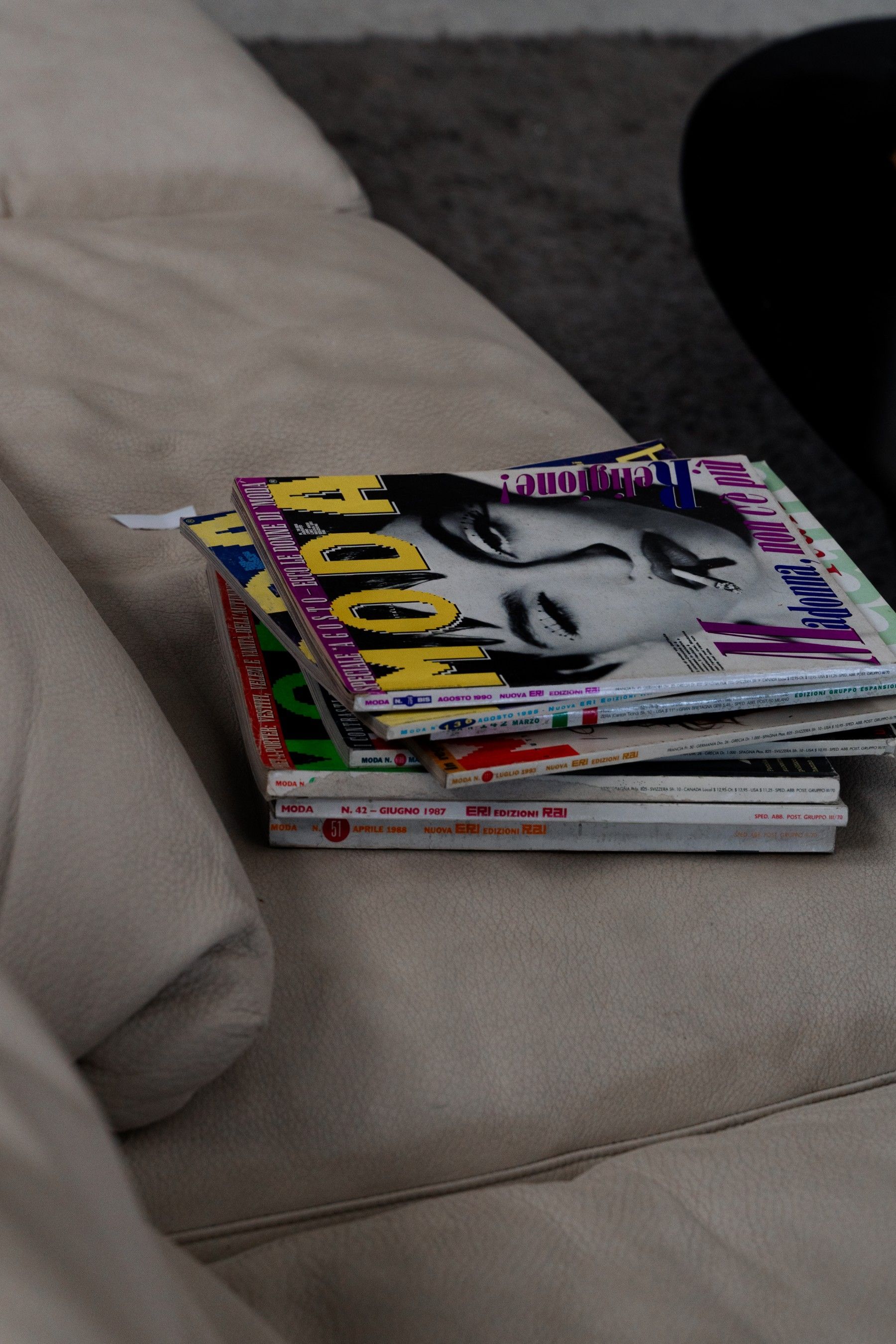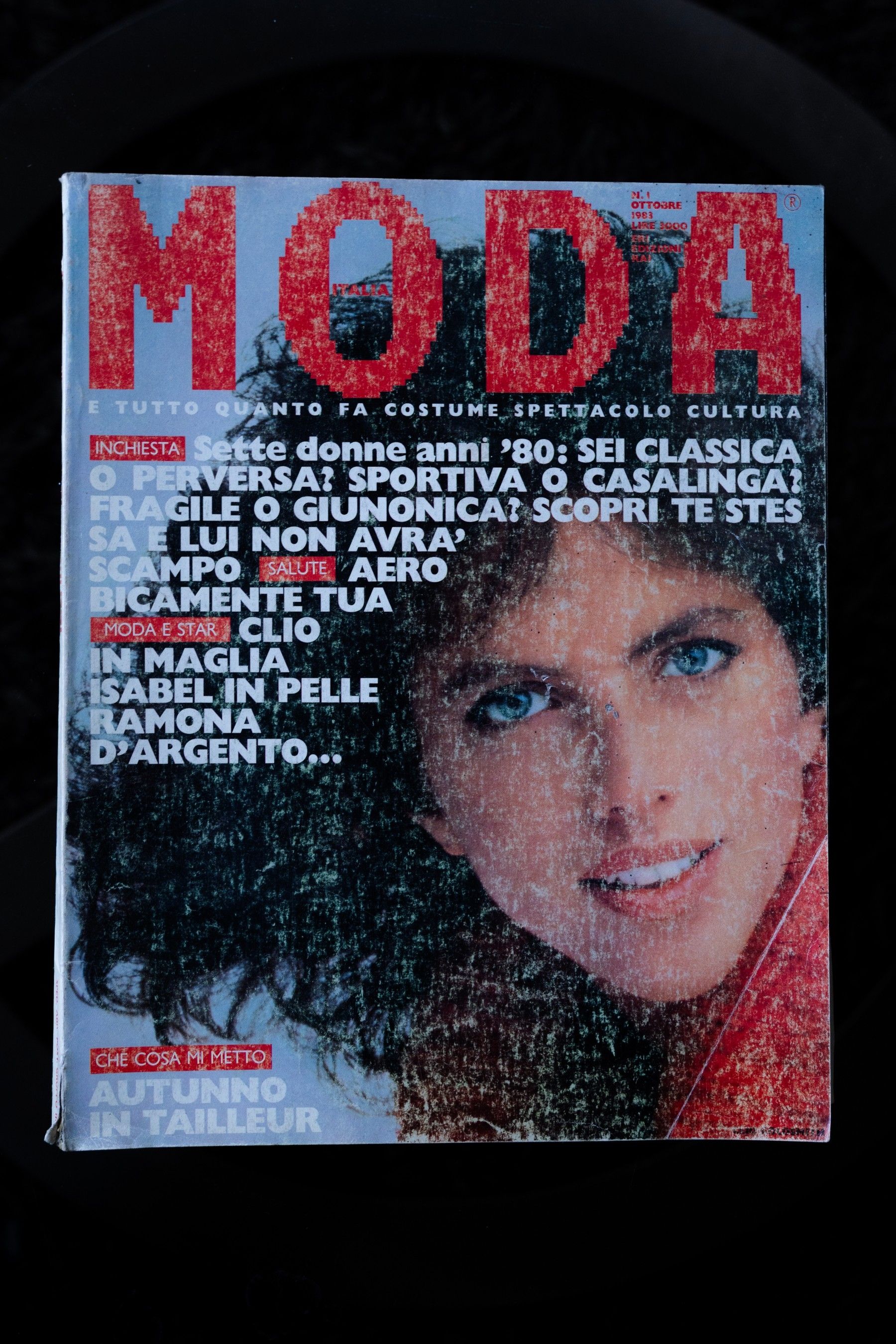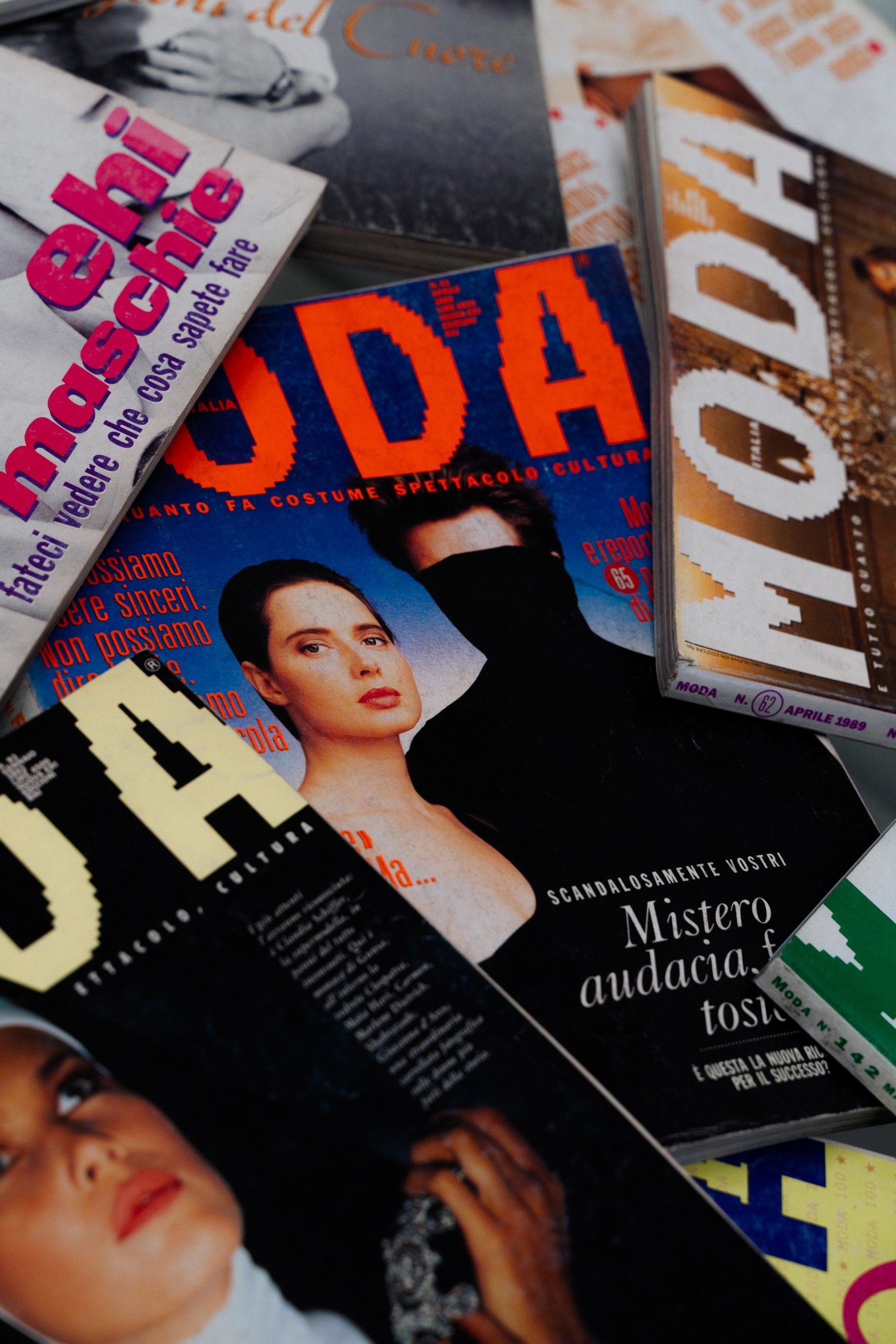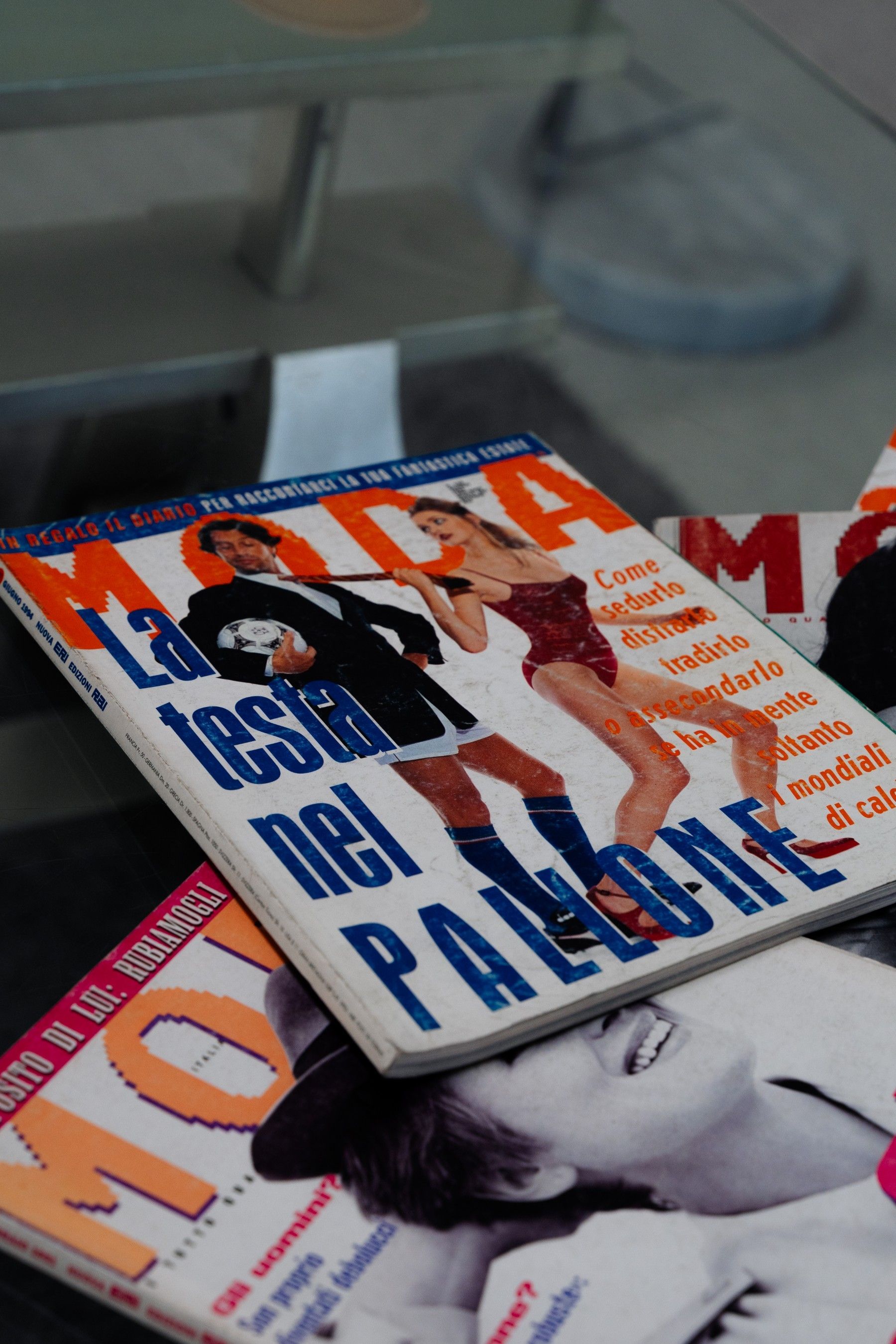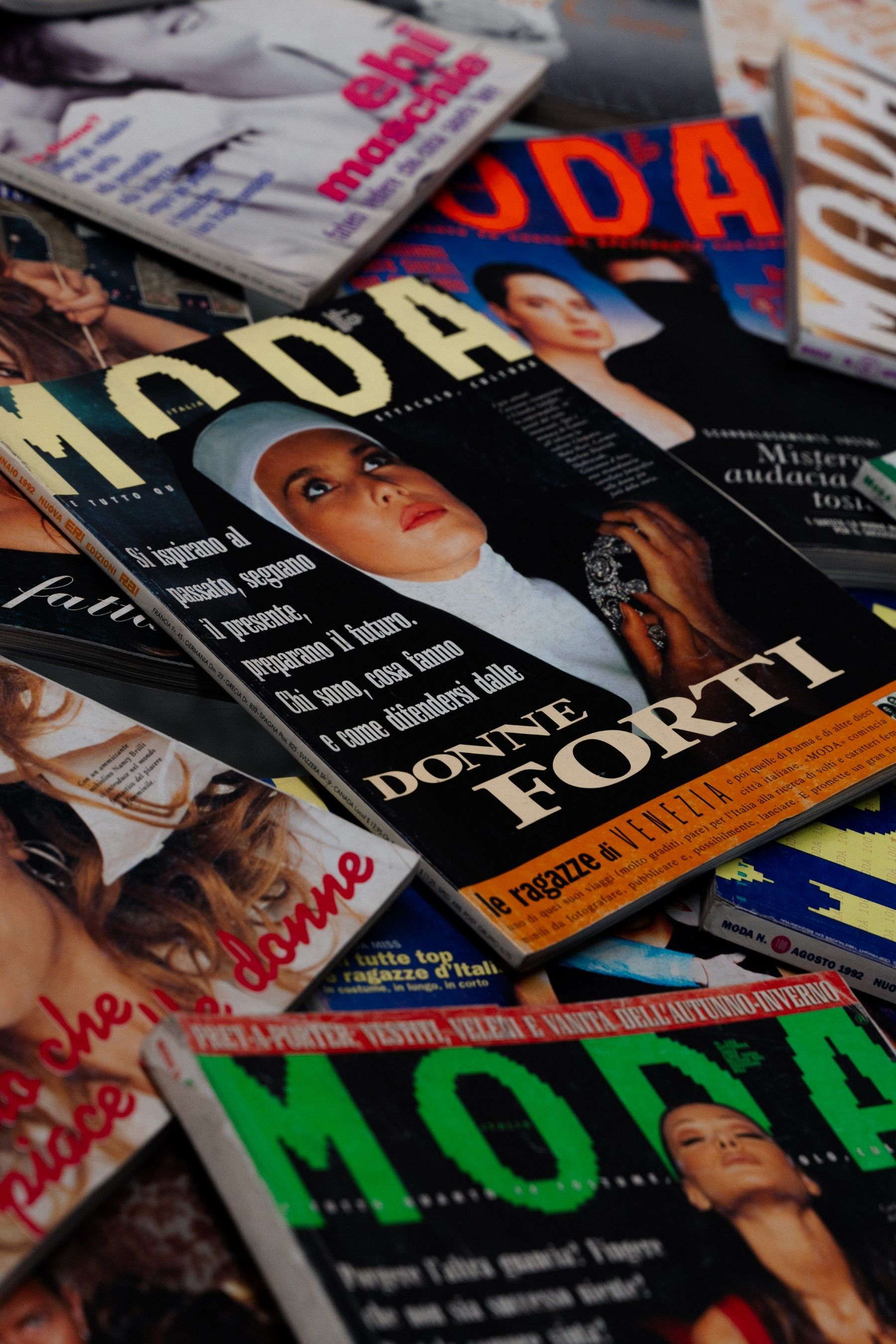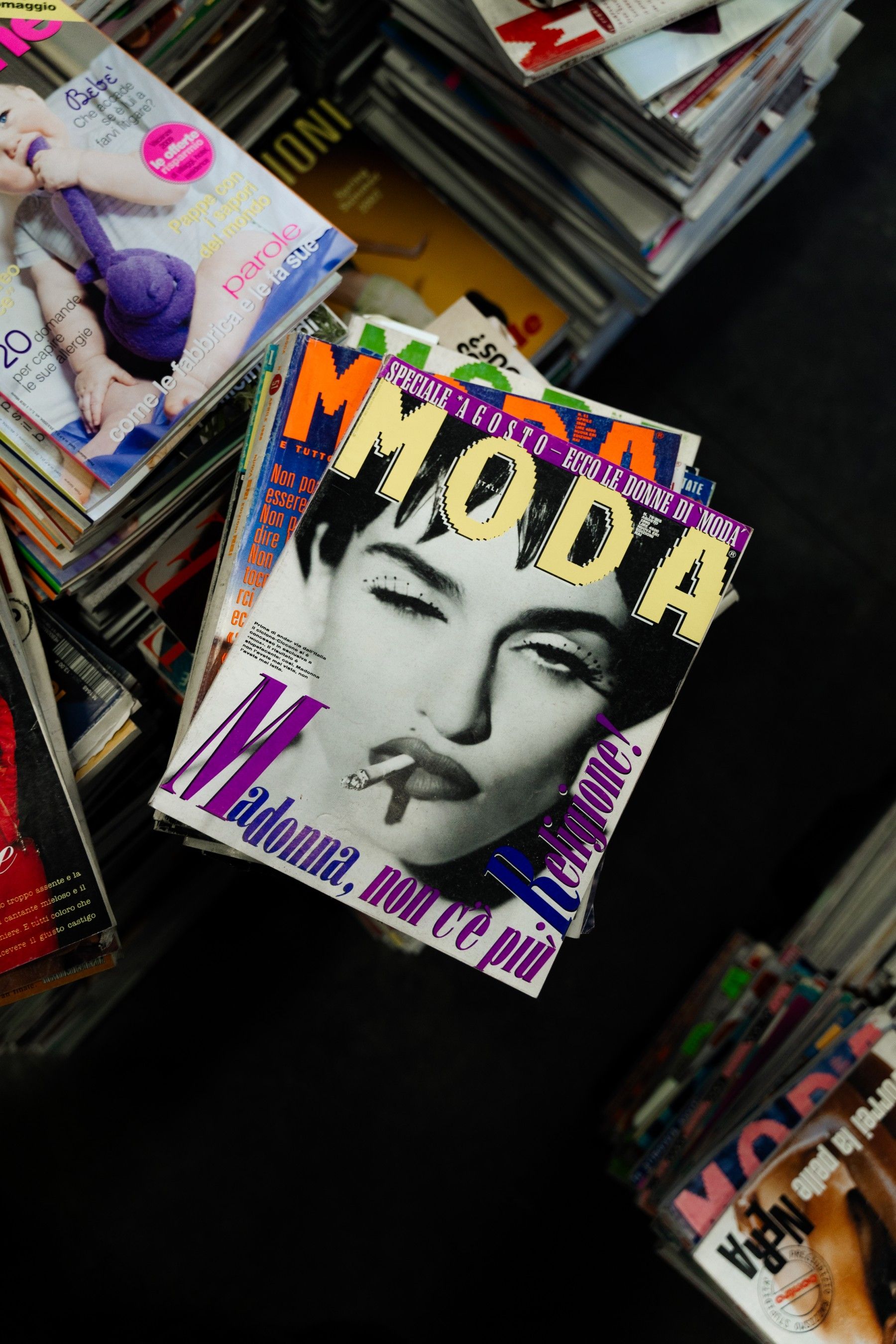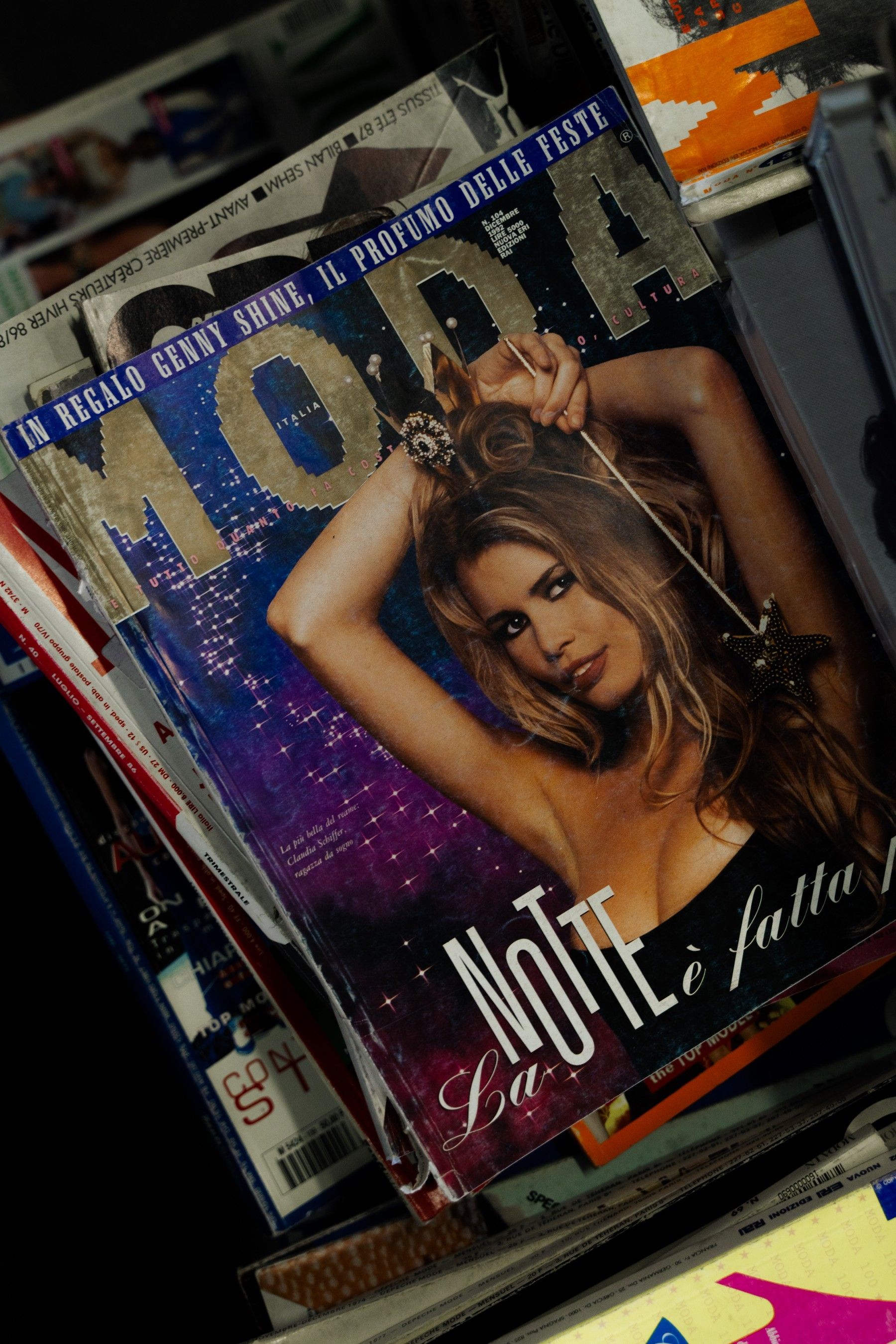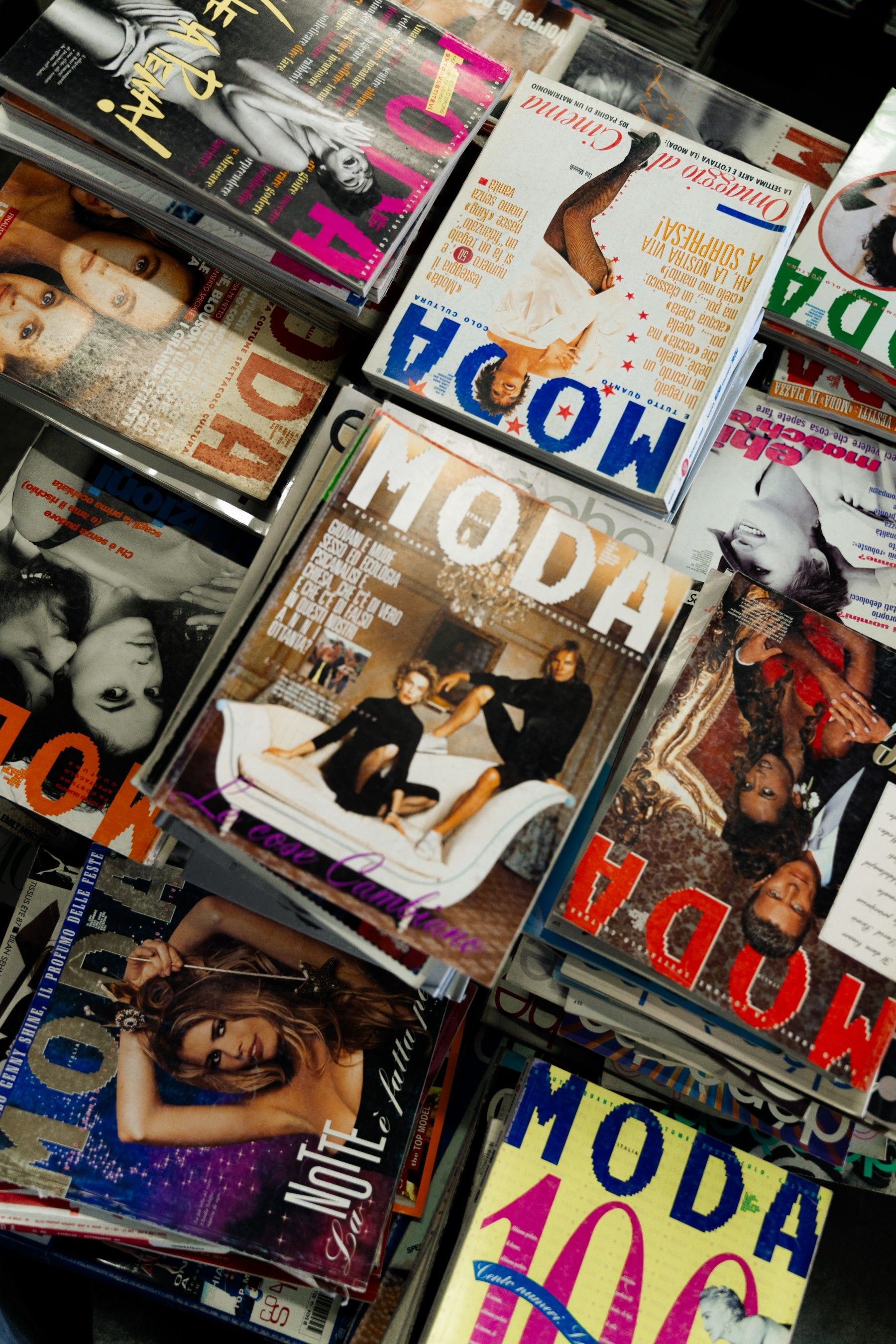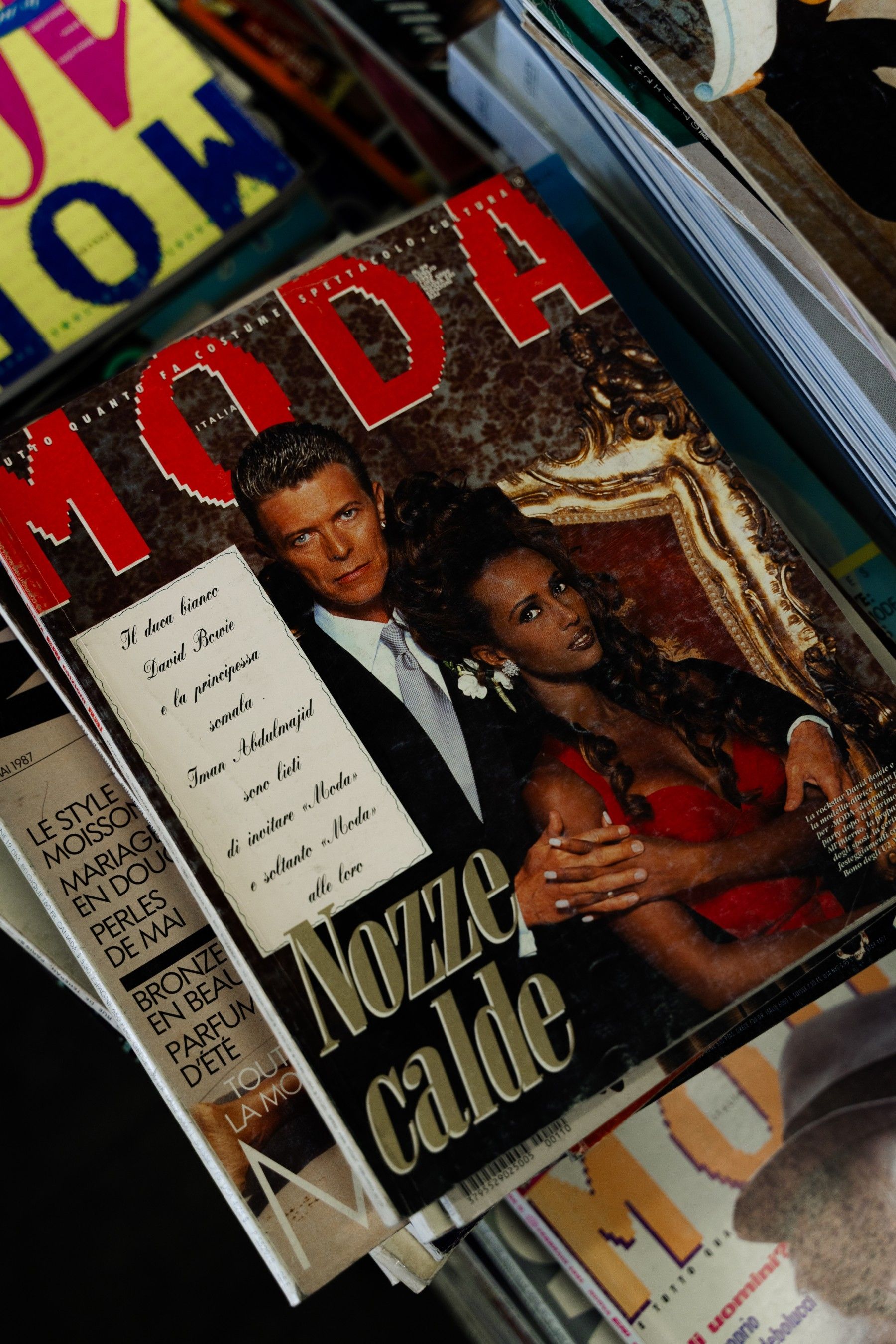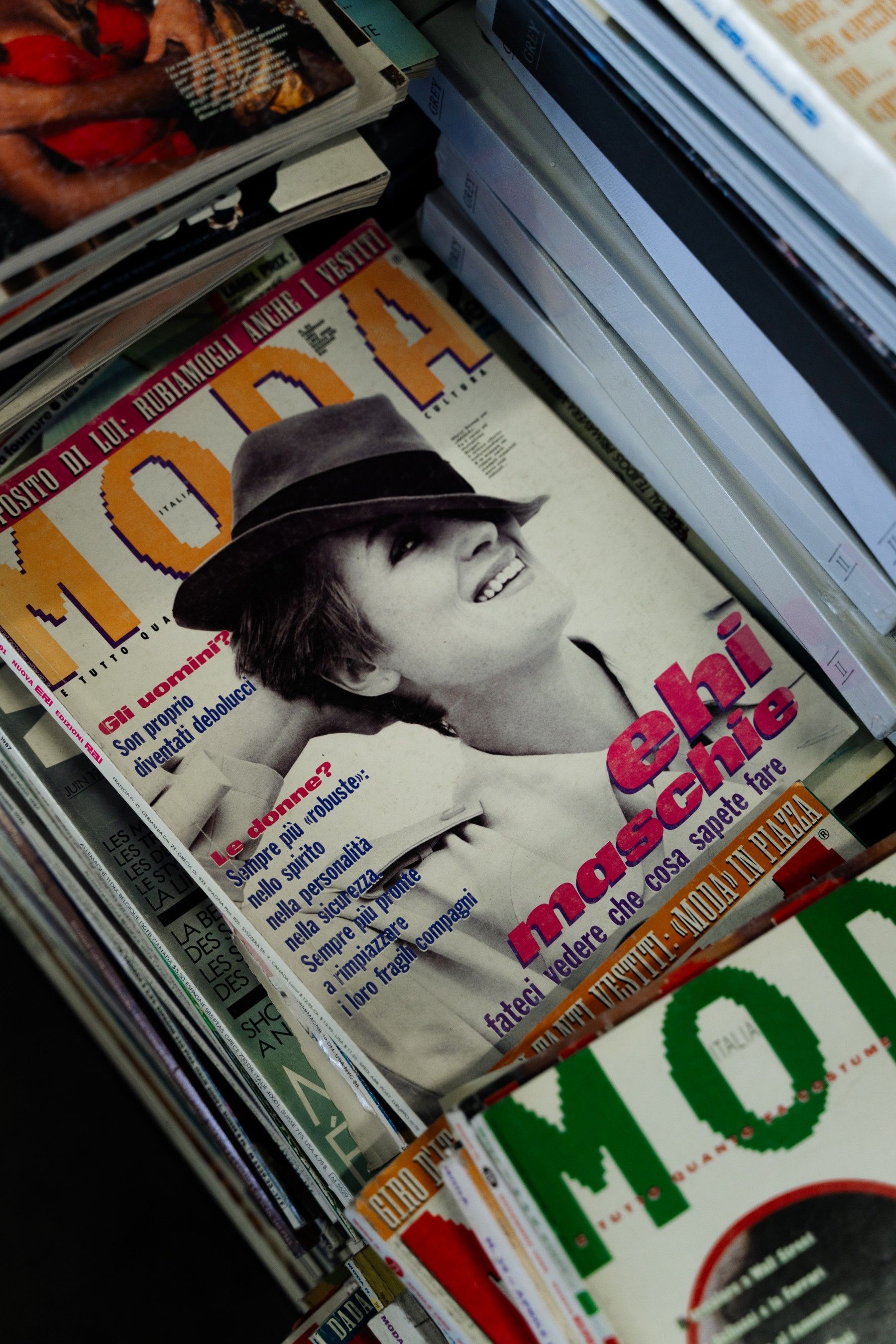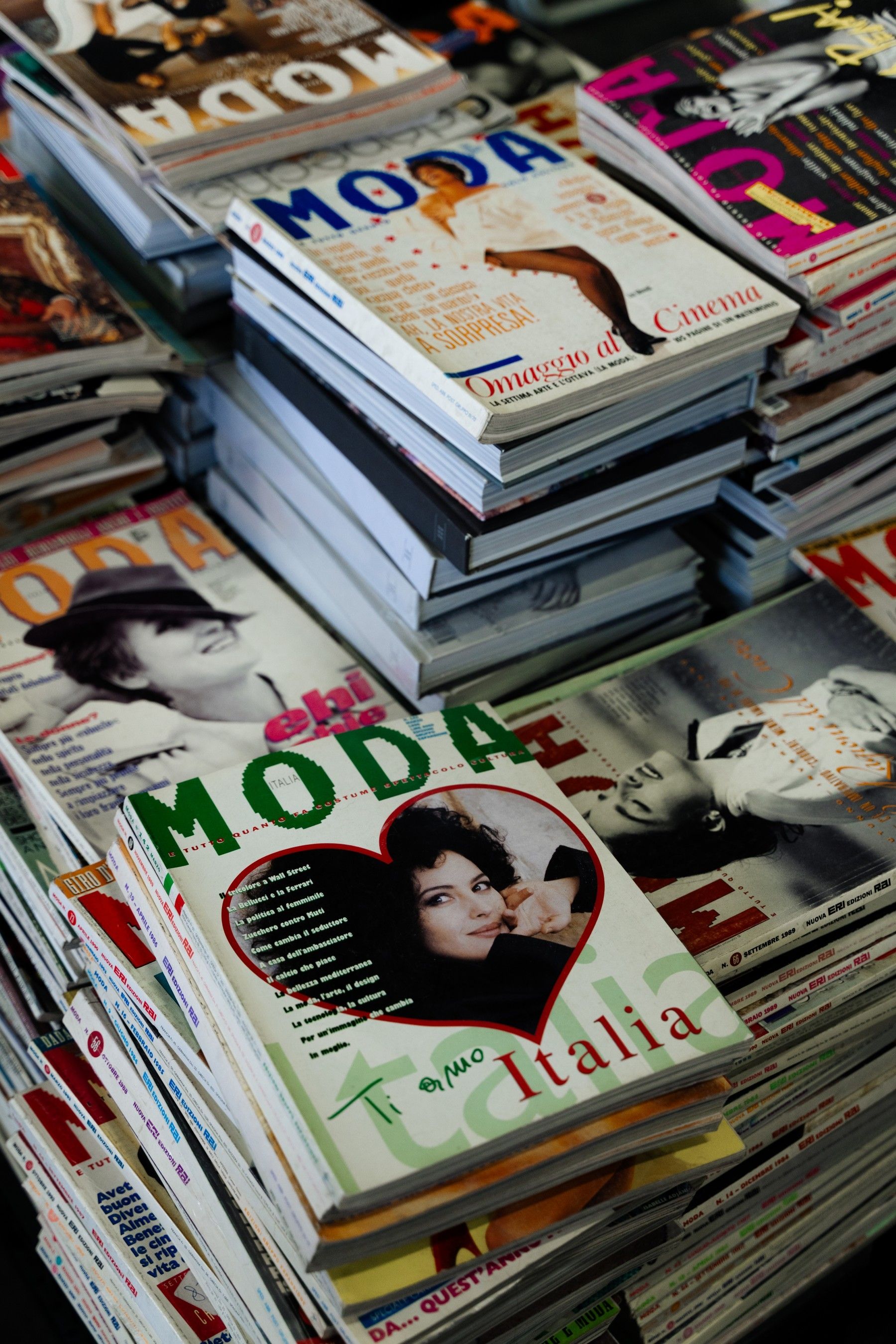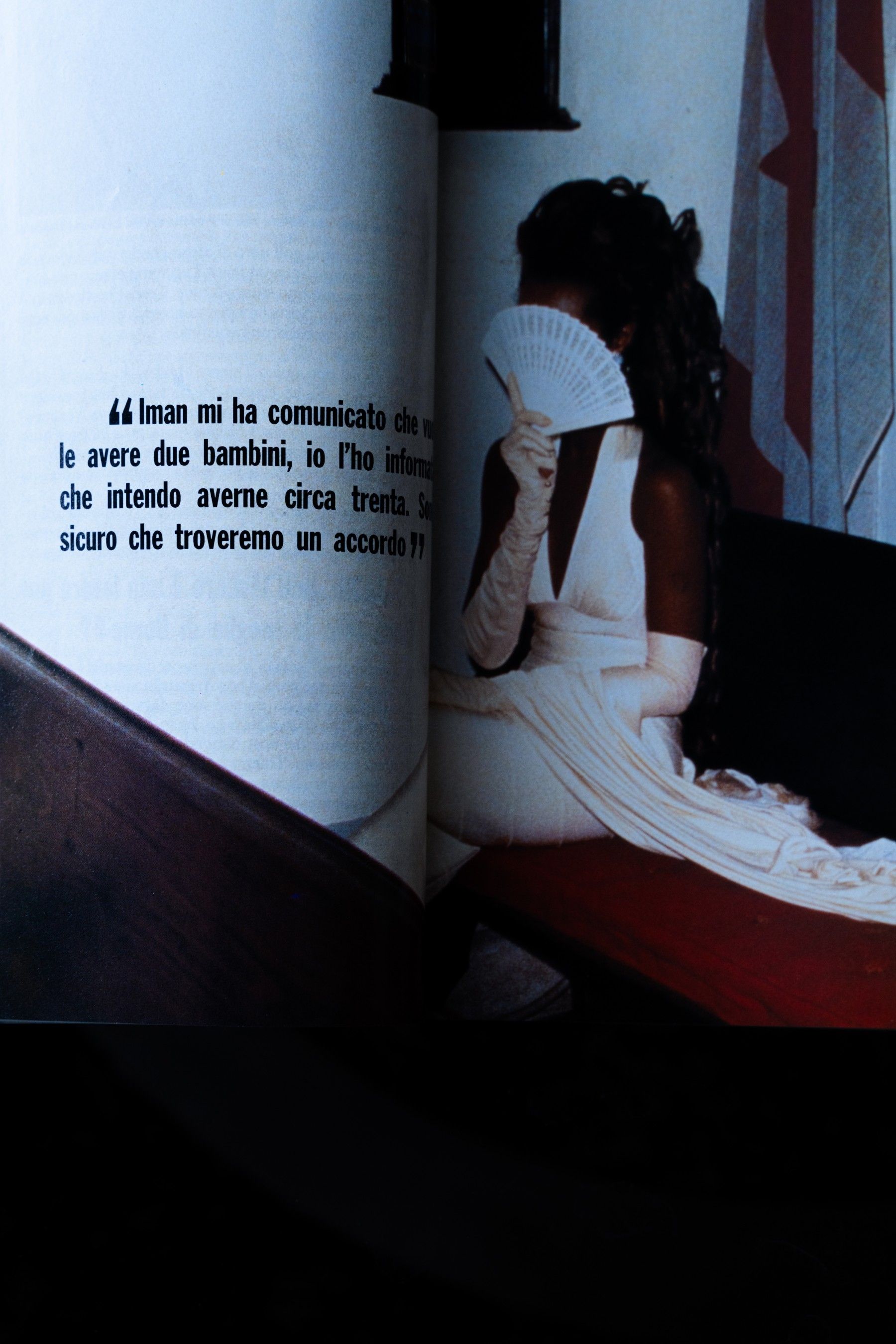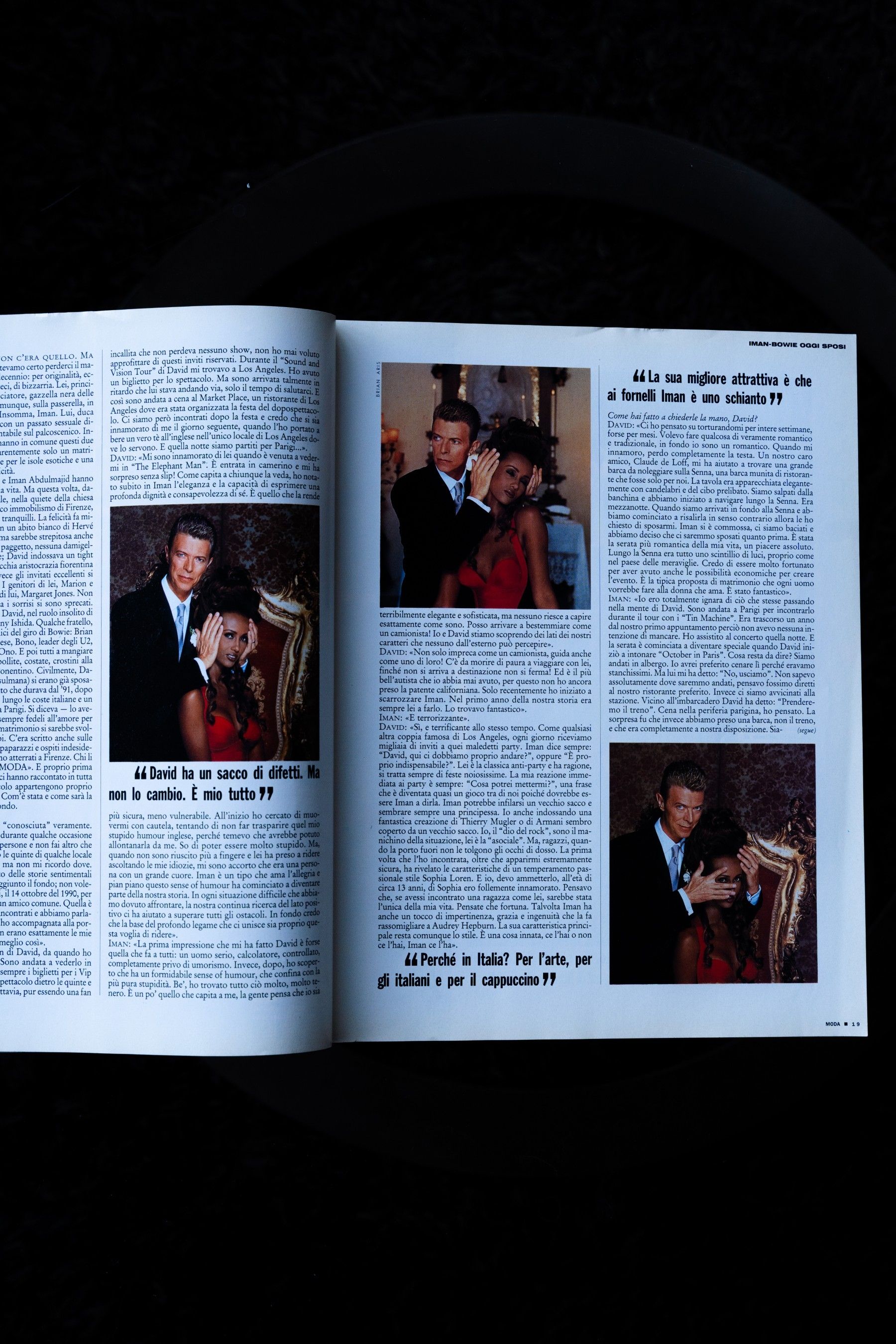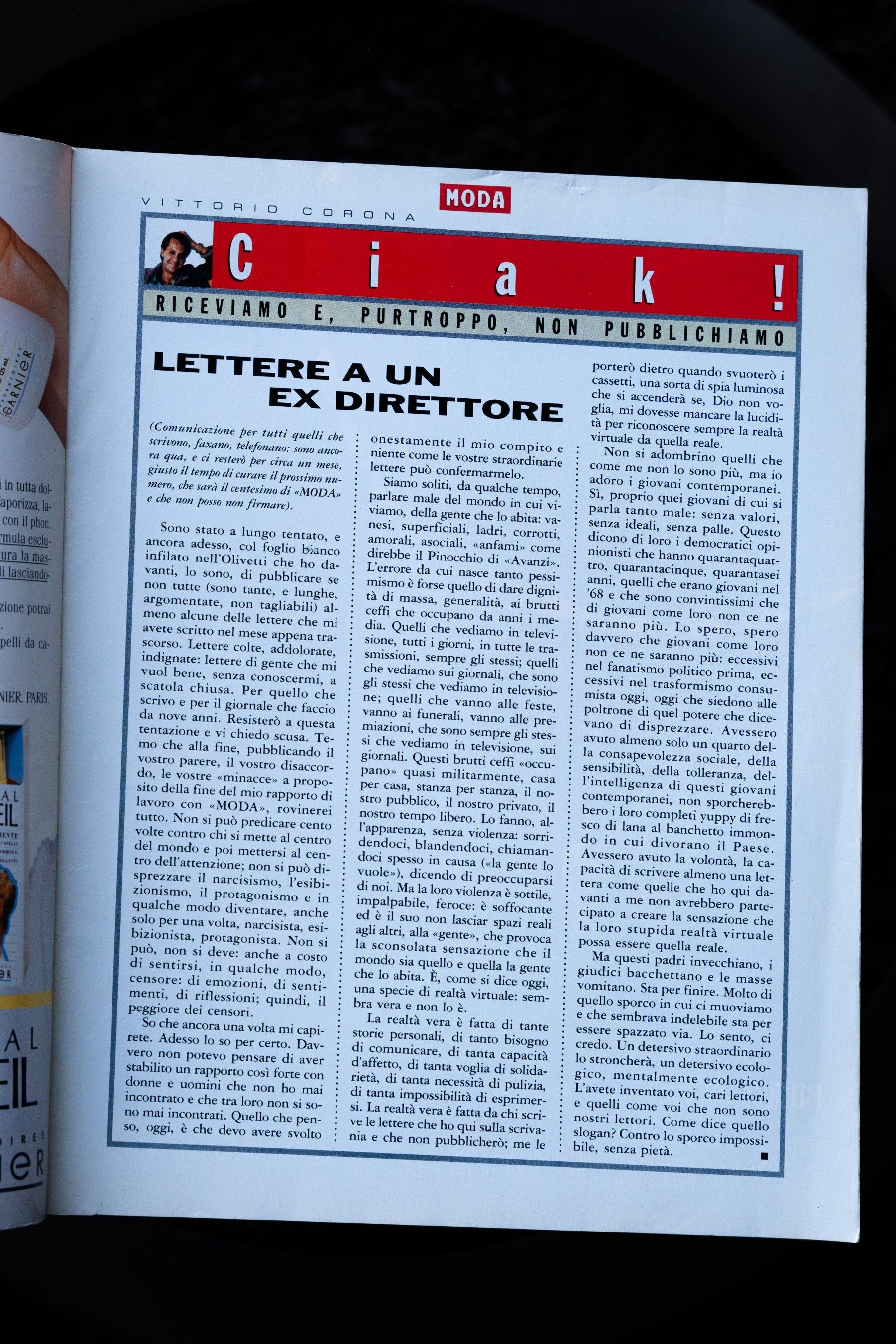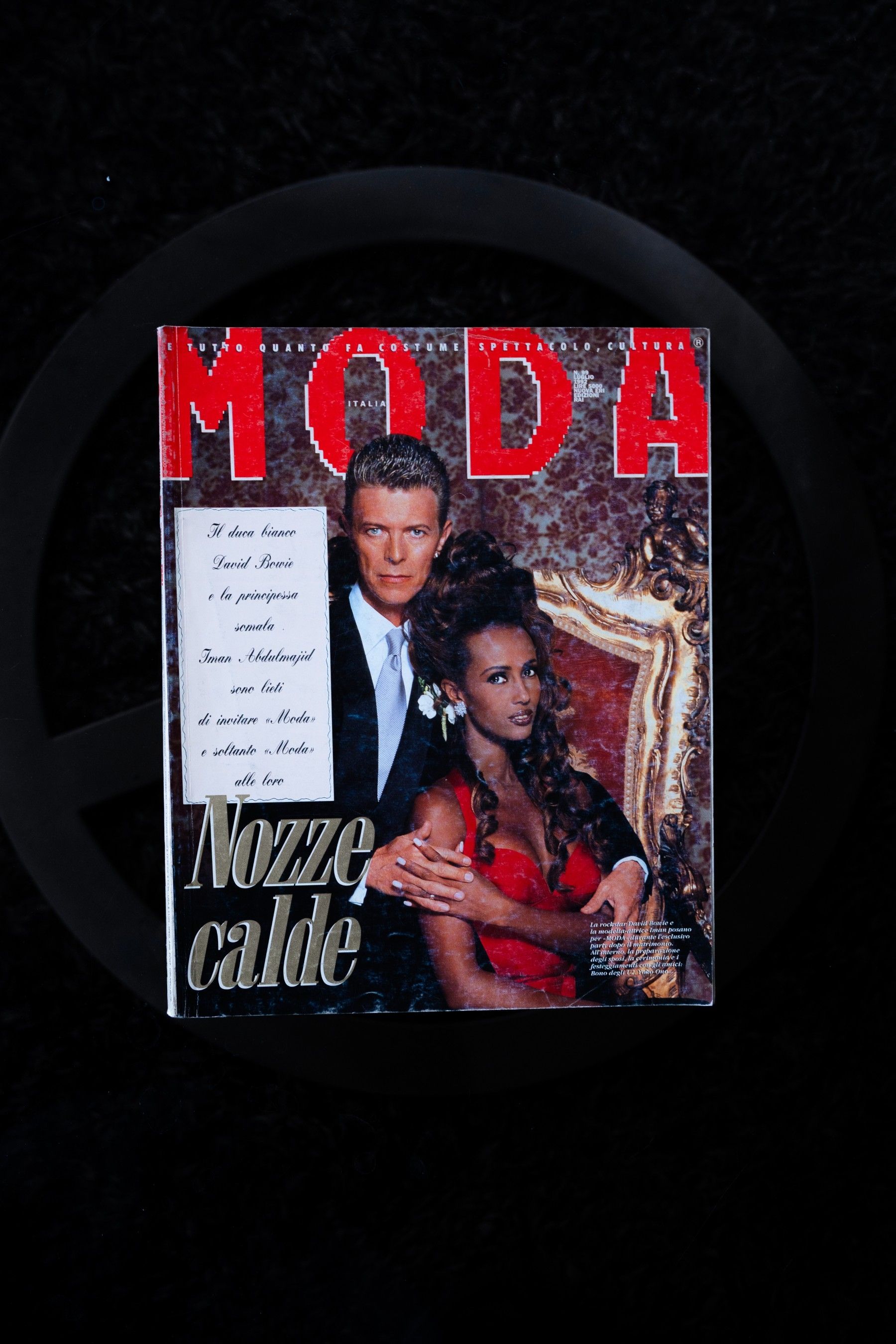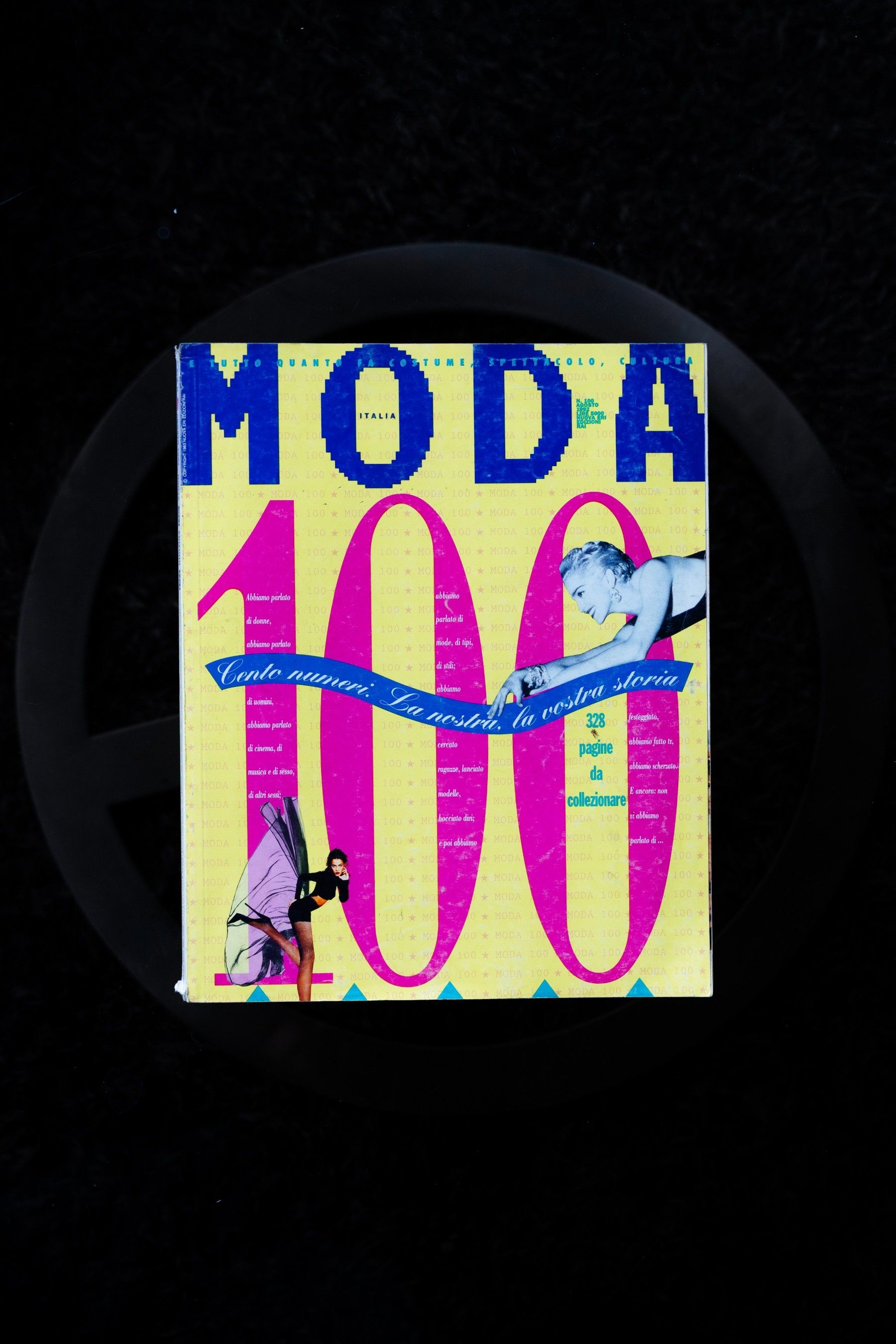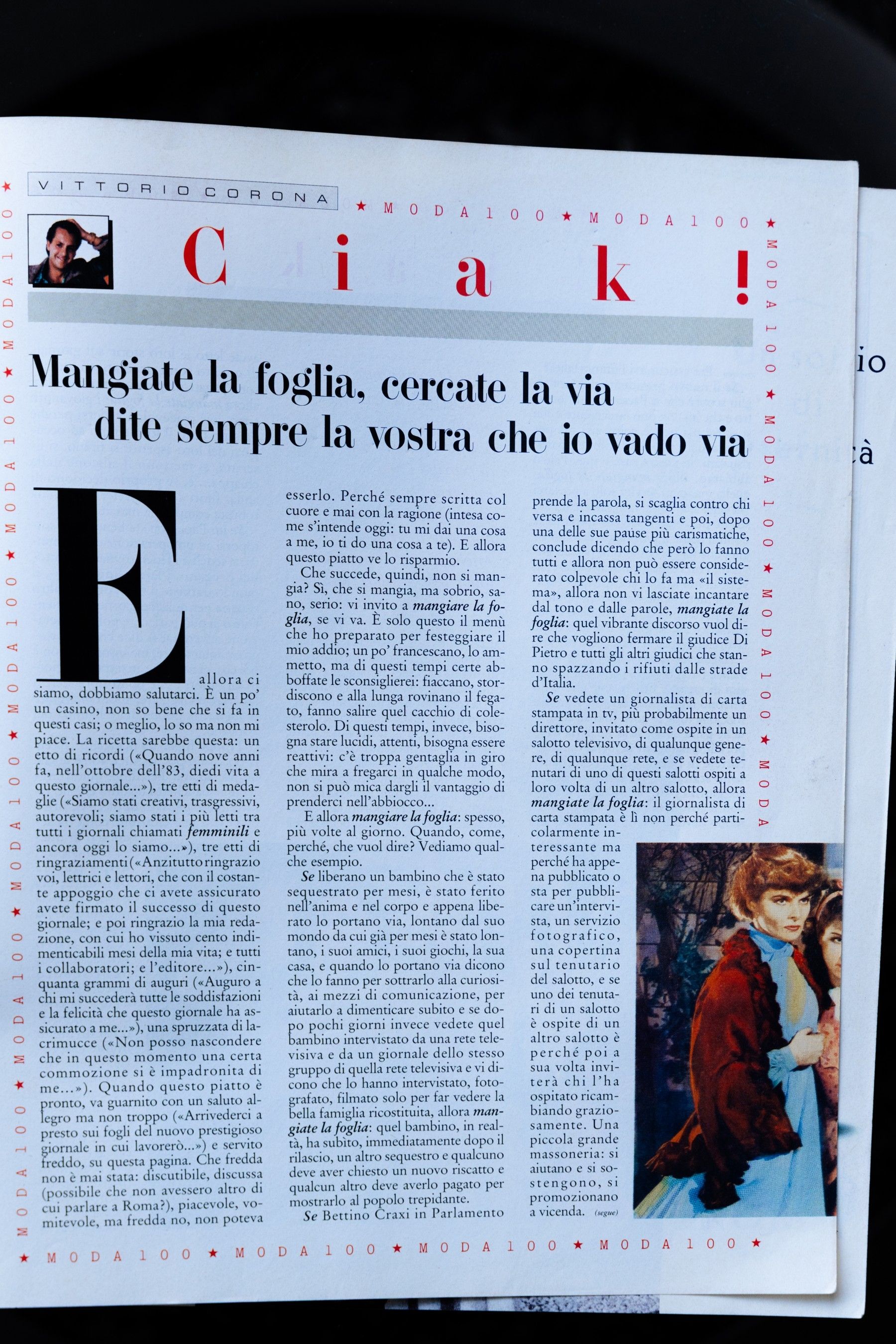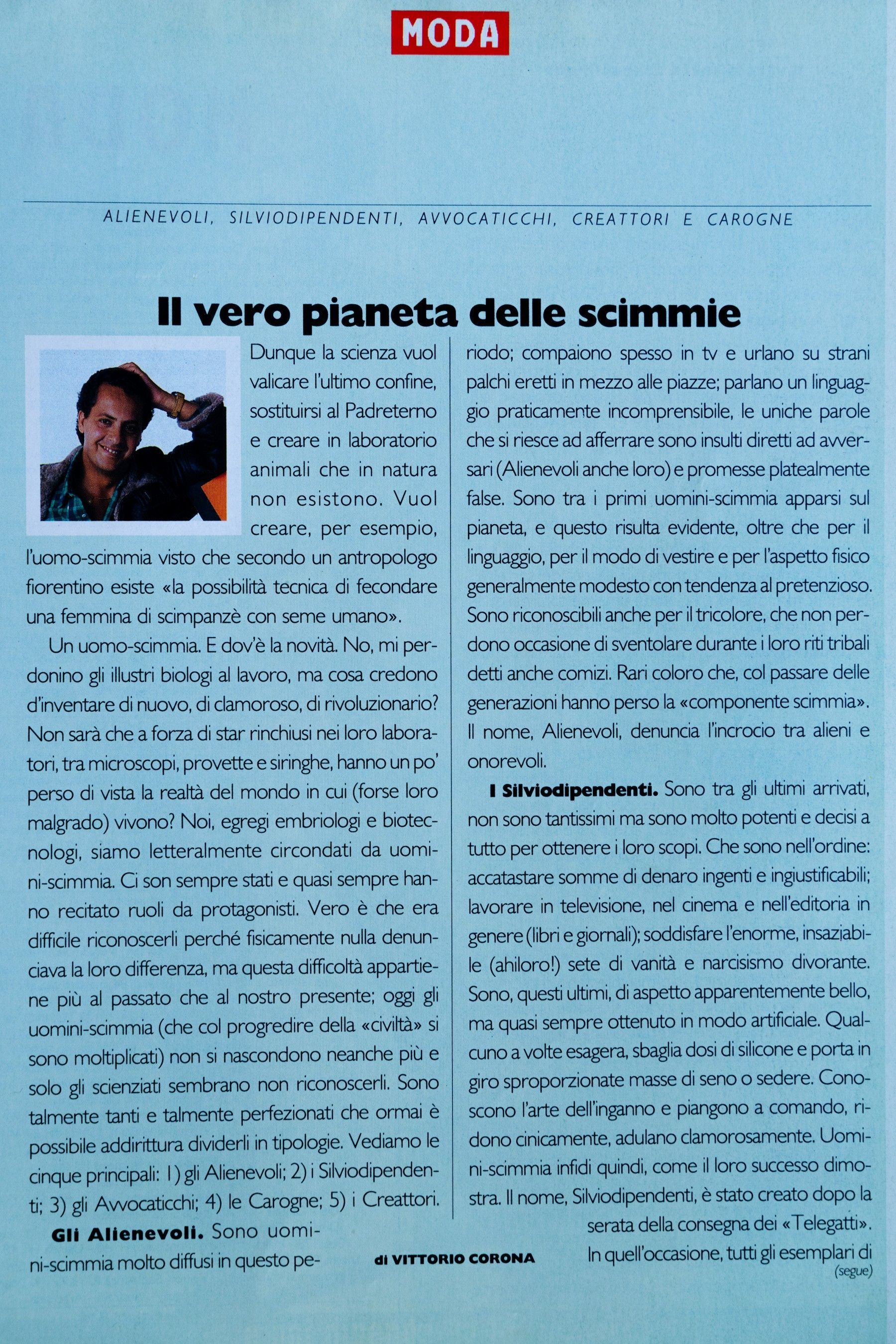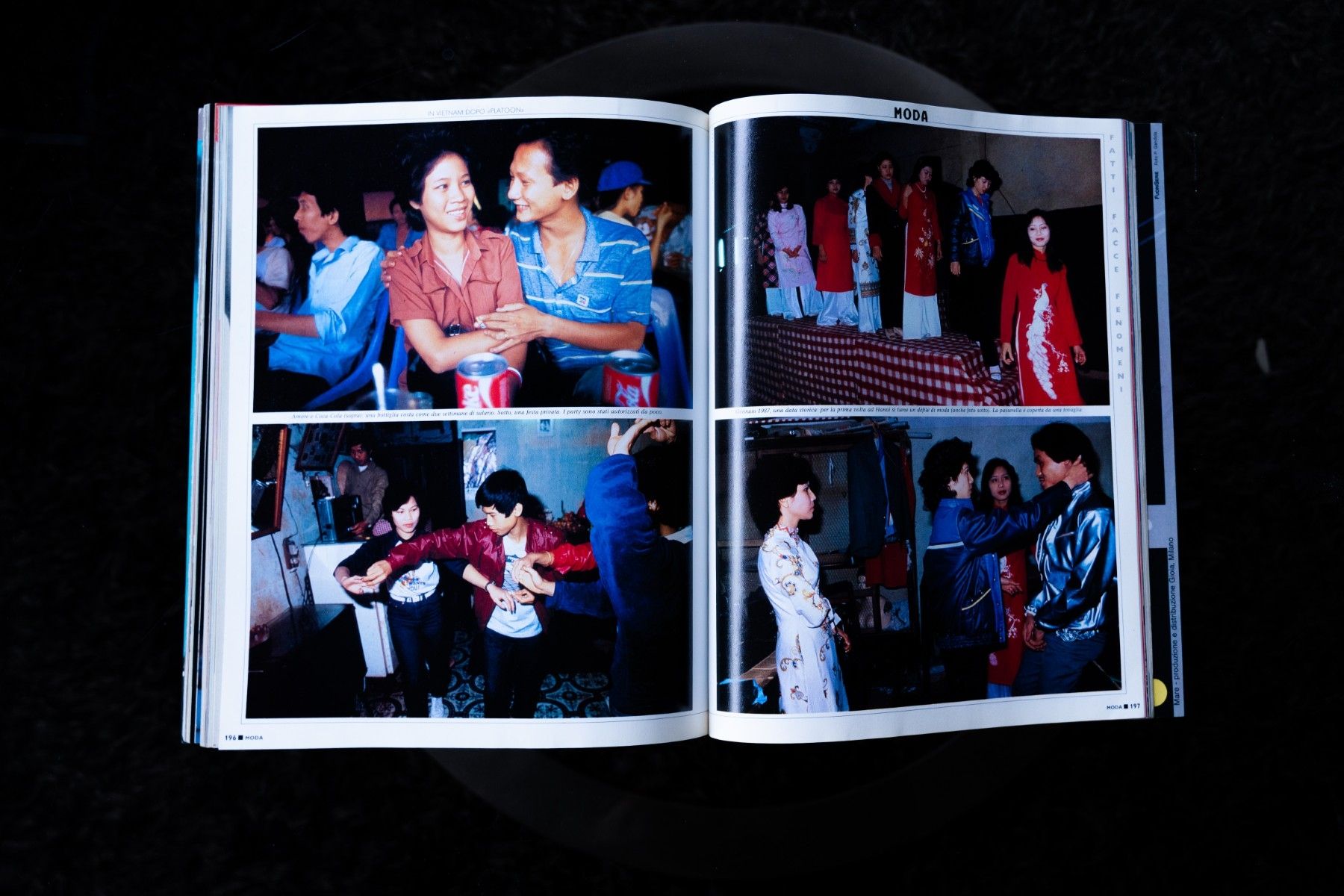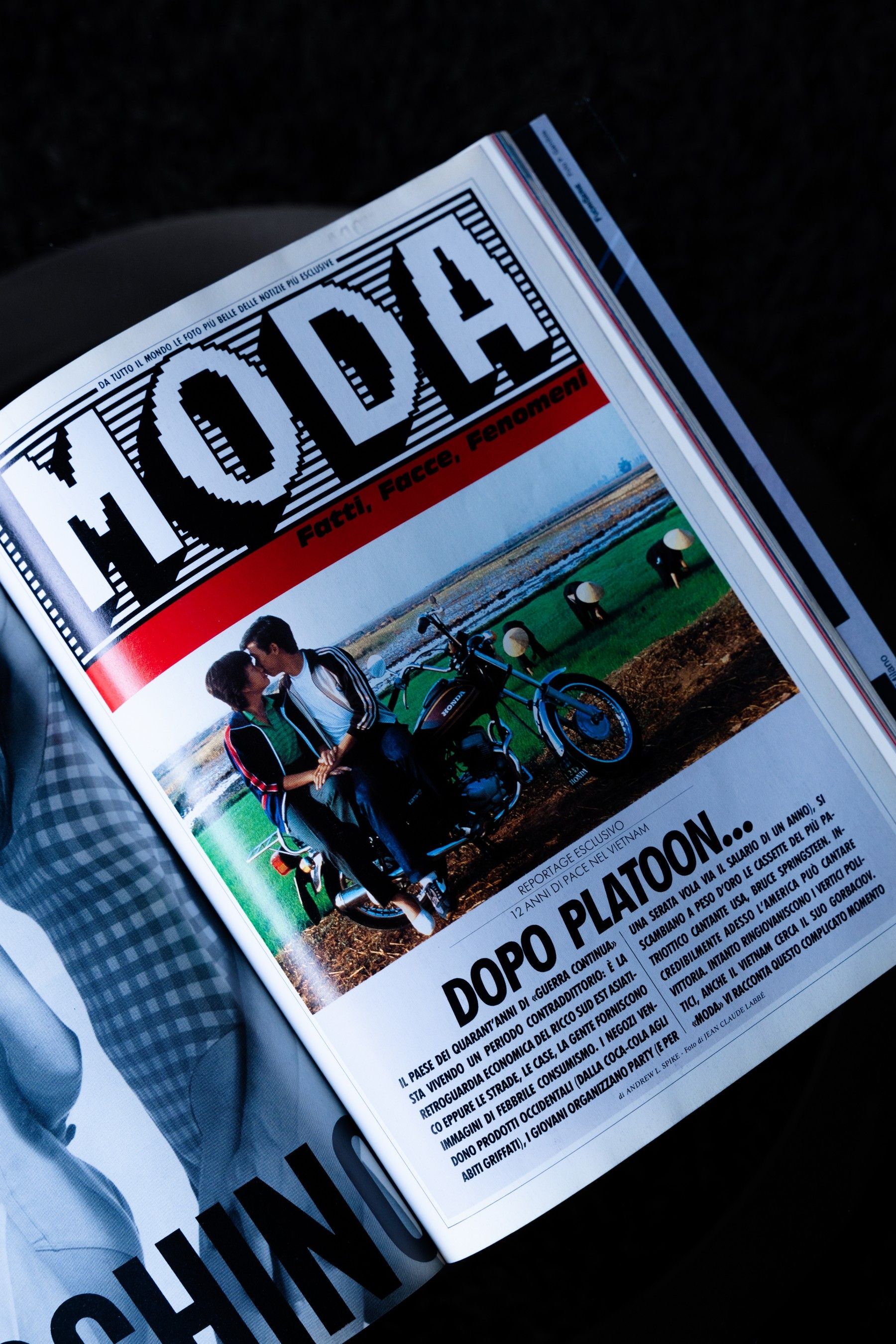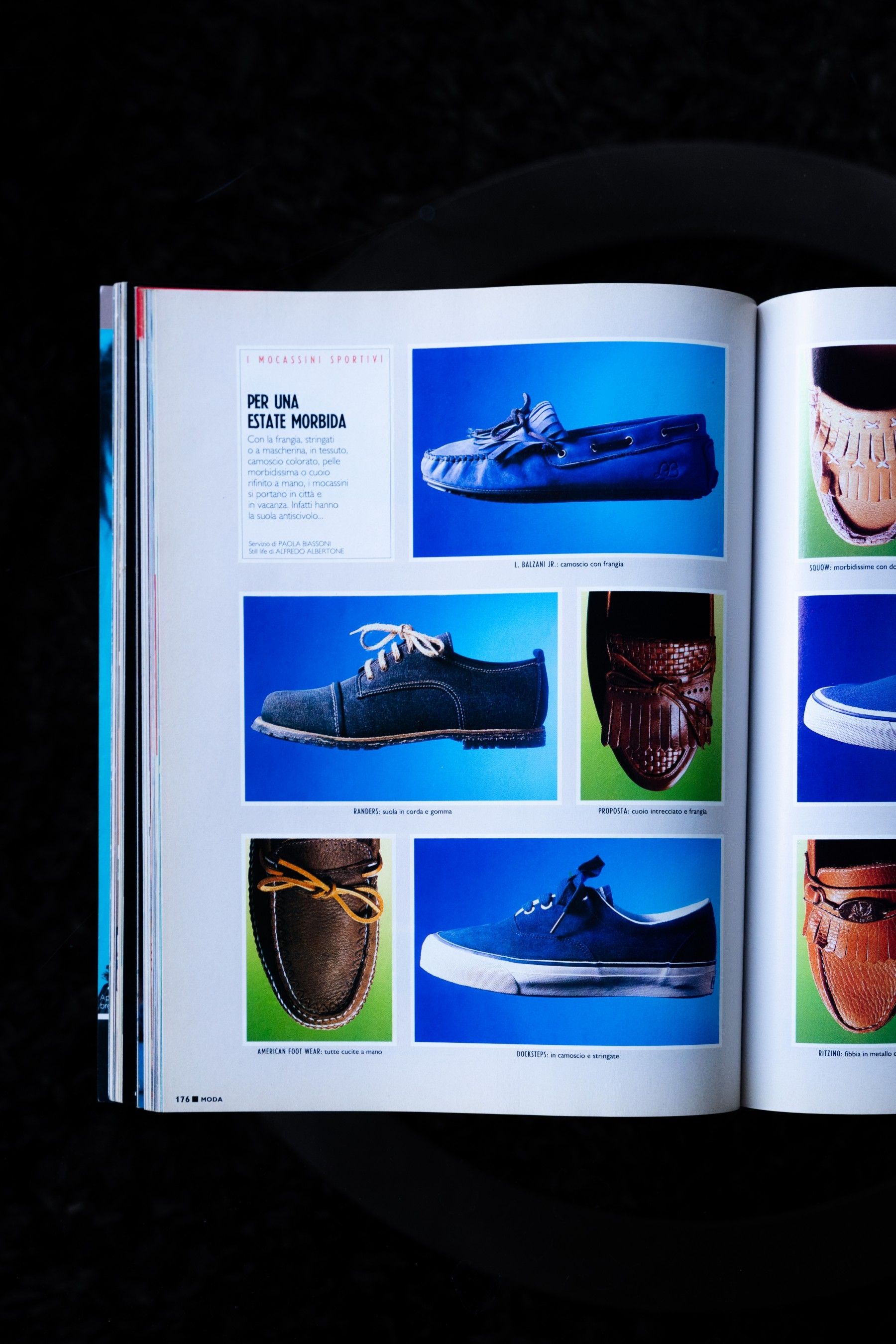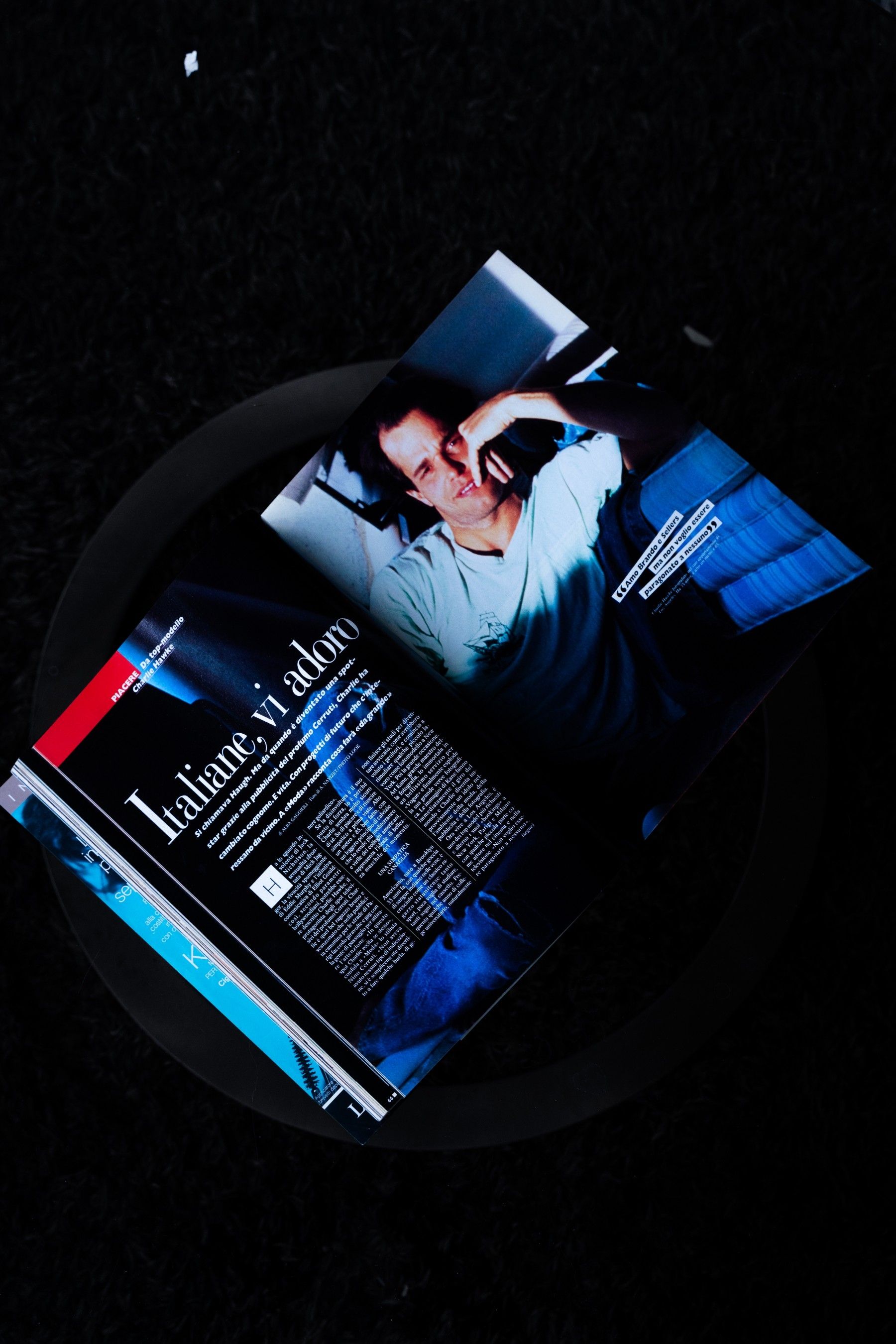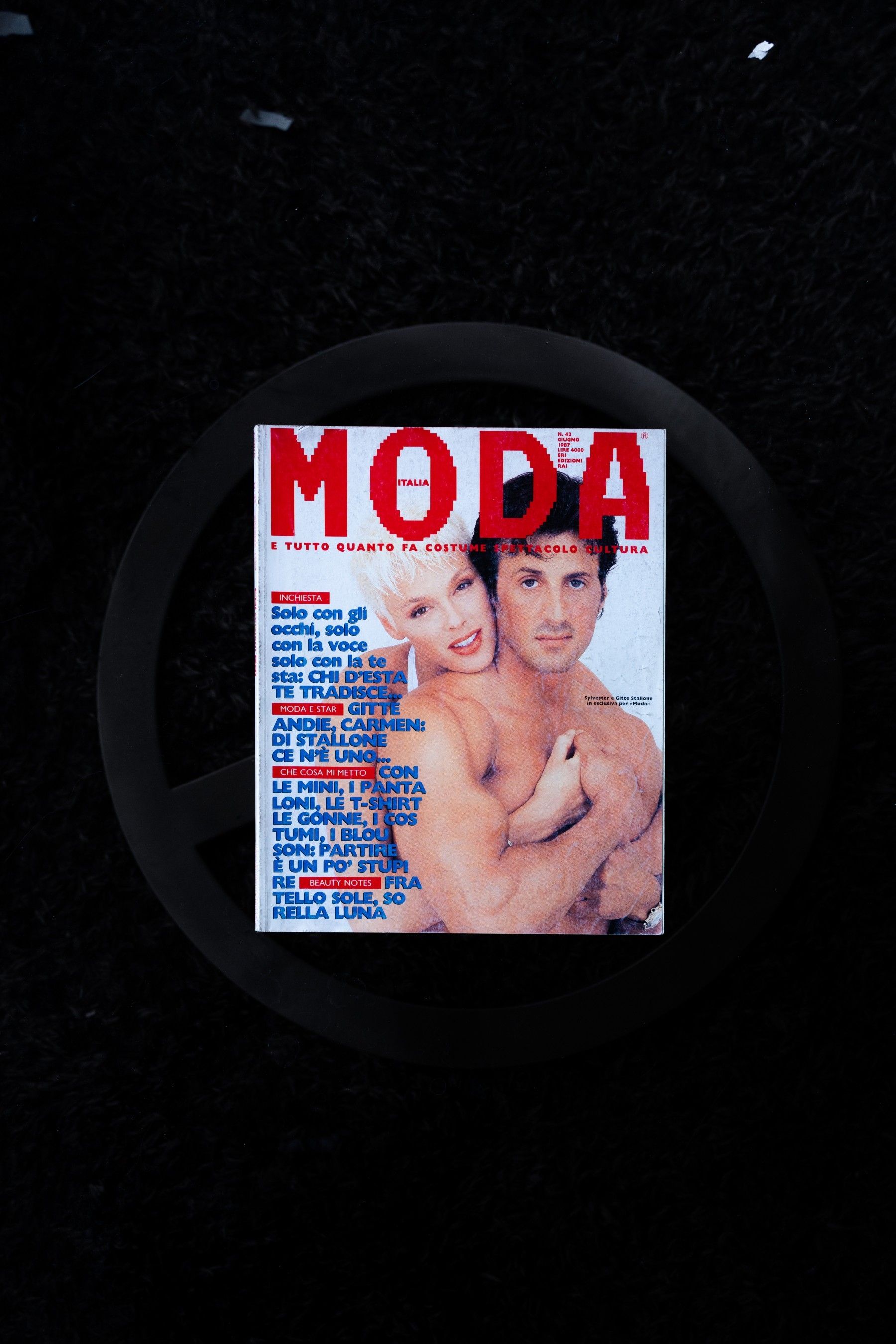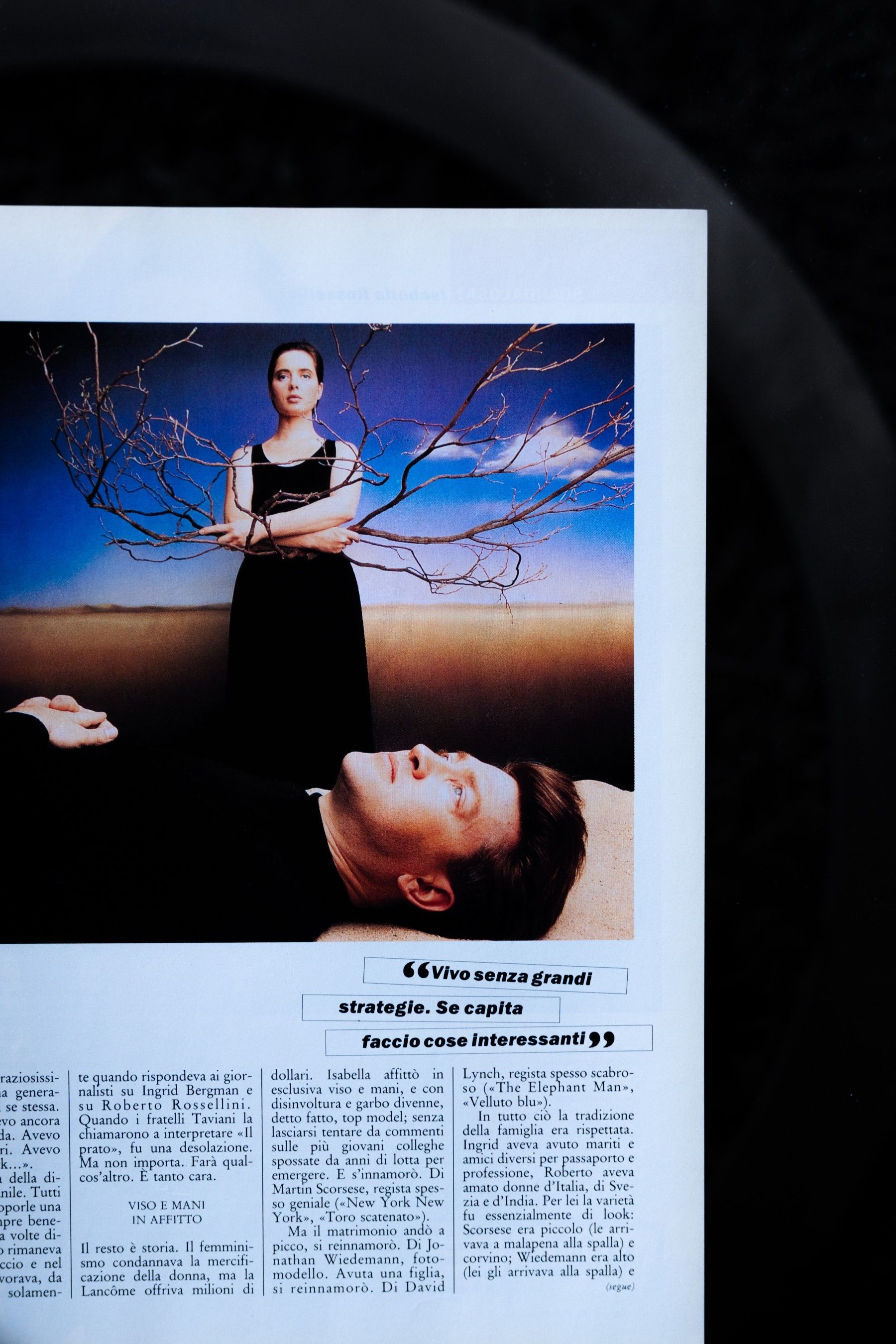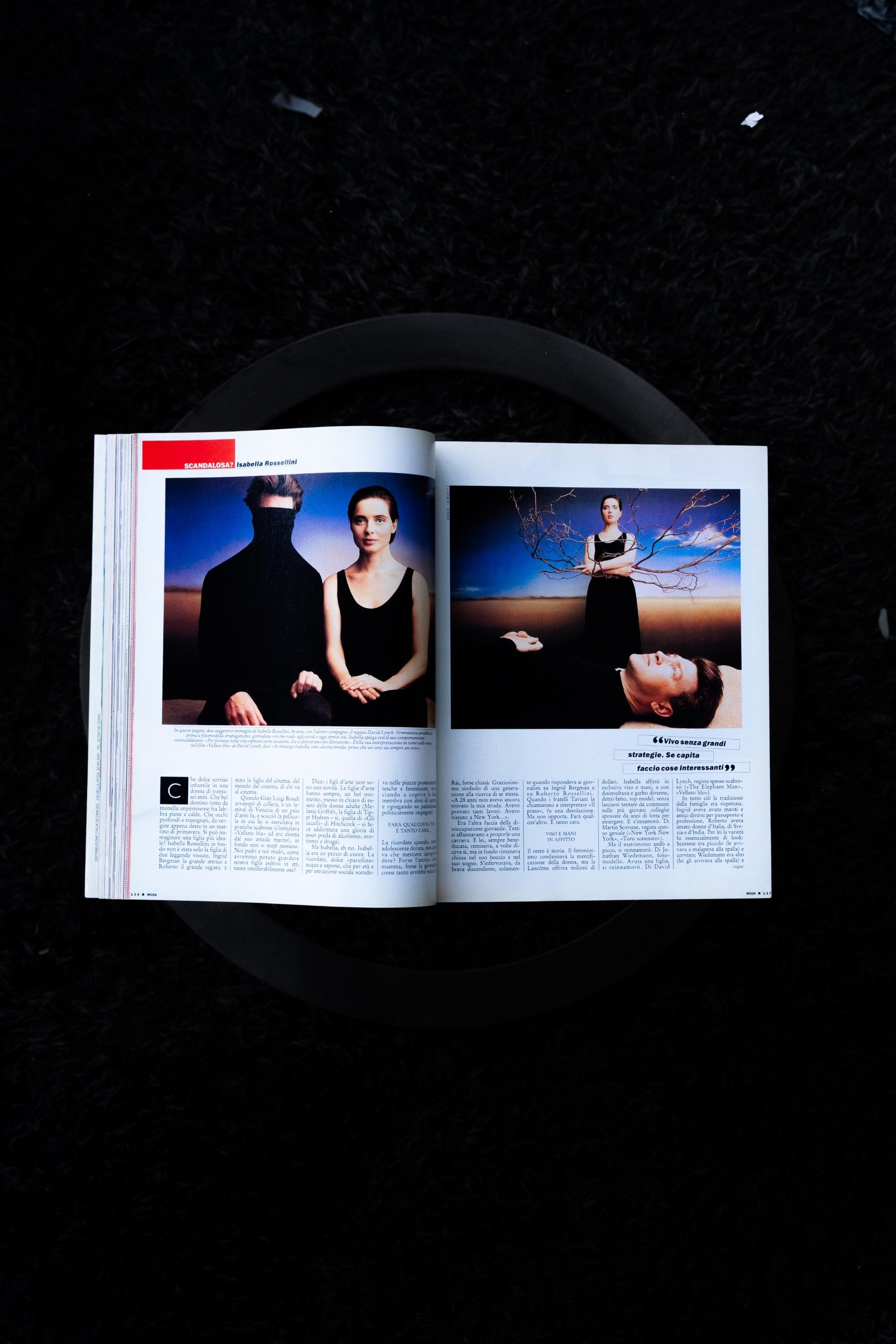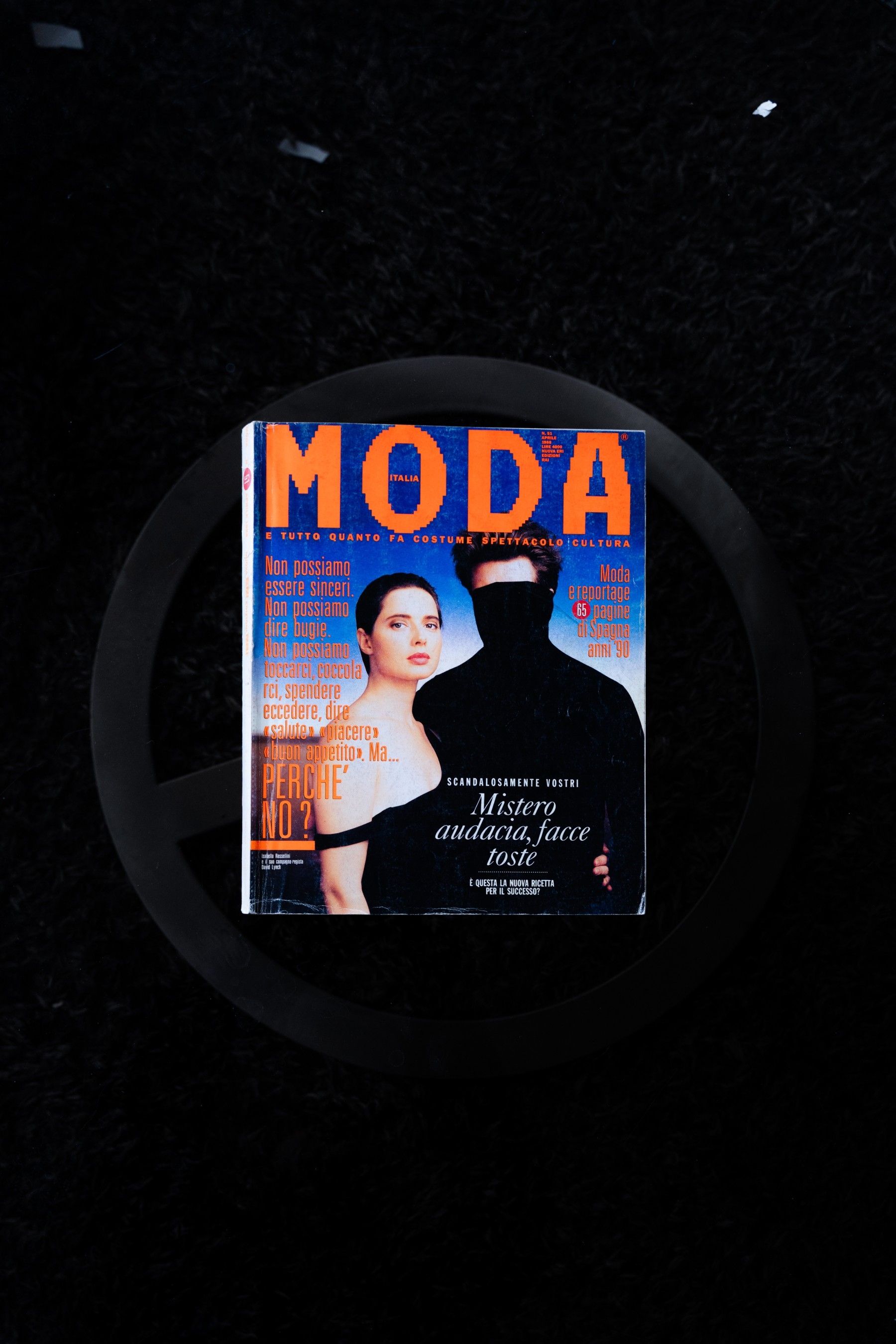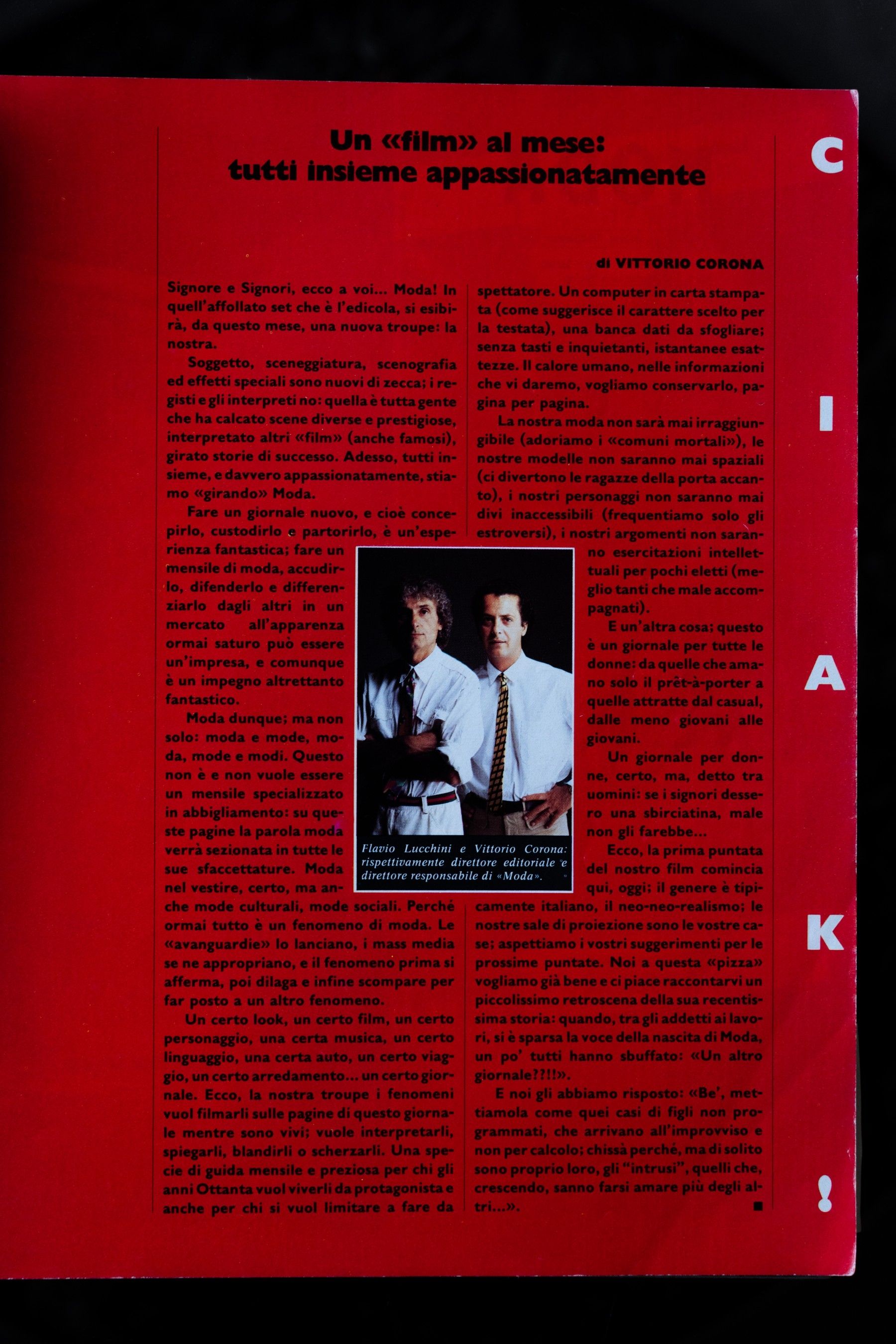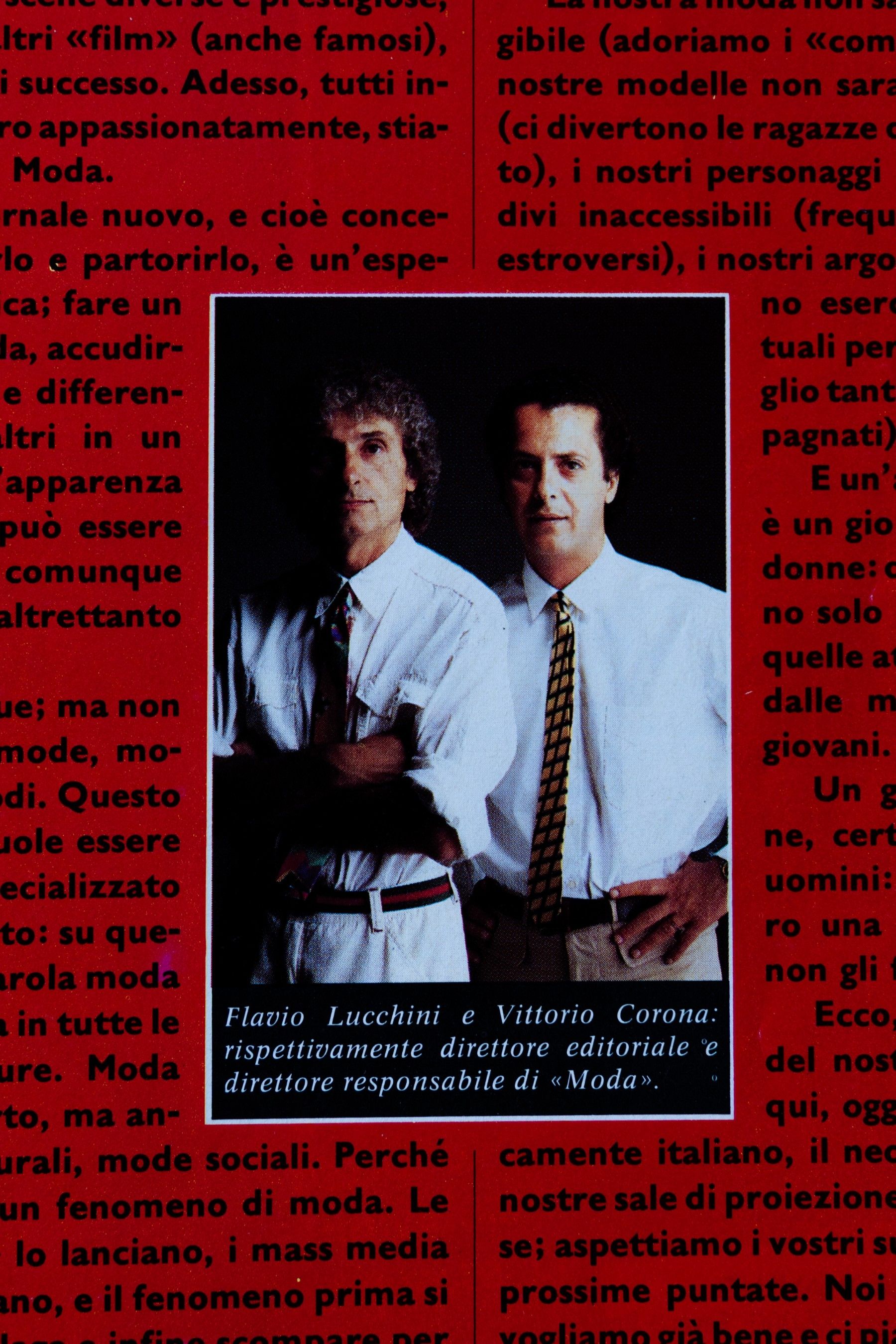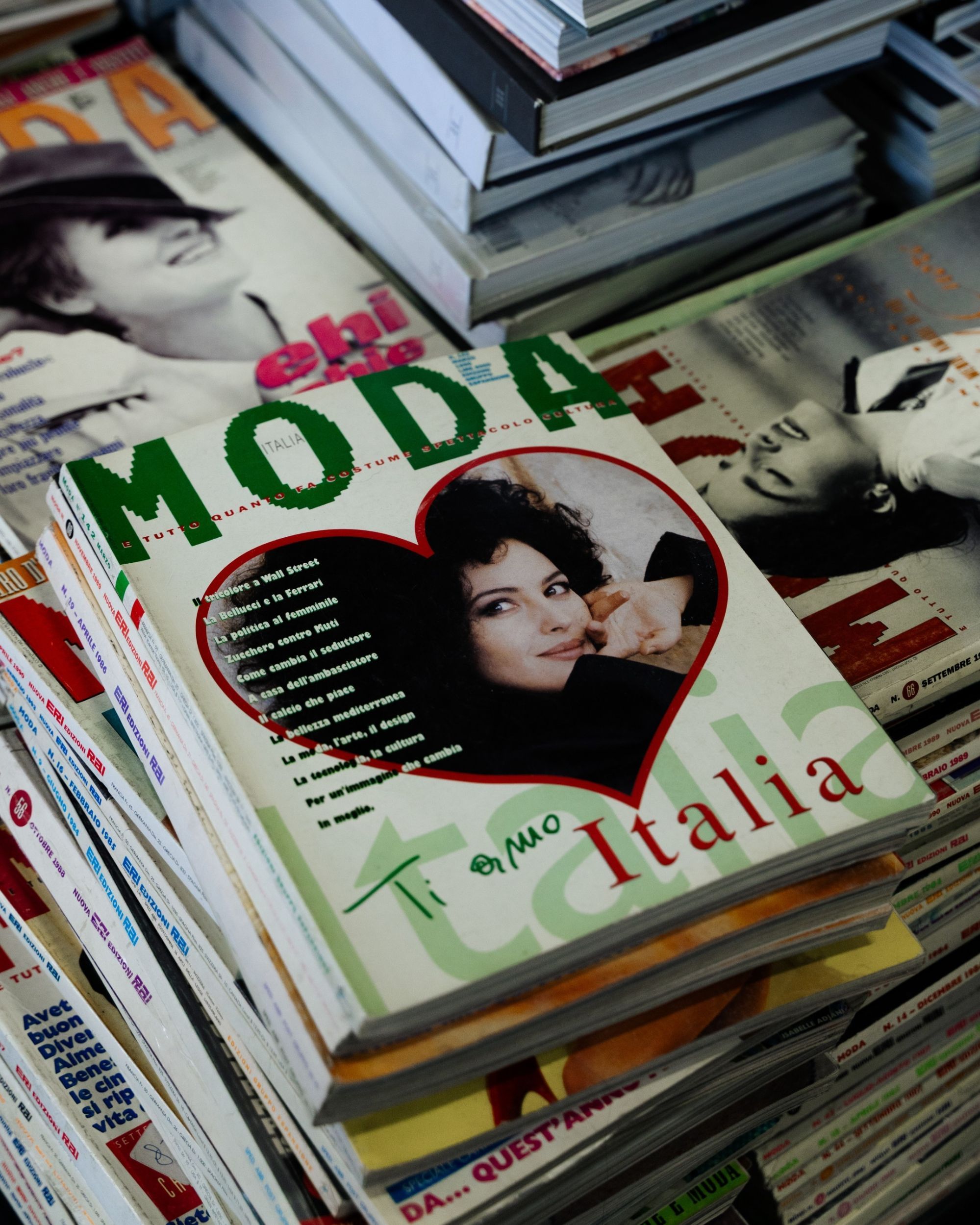
The history of fashion in Italy also passes through Vittorio Corona We rediscover “Annabella” and “Fashion” magazines from the archives of Milan Fashion Library
Fashion as we know it today was born in Milan in the 1980s, when the city was rapidly transforming from an industrial center to an international capital of design, prêt-à-porter, and image. In a context of economic euphoria, creative ferment, and growing social emancipation, fashion journalism experienced a season of extraordinary innovation. At the height of the “Milano da bere” era, when glossy publishing and fashion chased each other between Via Montenapoleone and the photographic studios of Via Savona, Vittorio Corona was about to become the man who would bring fashion to the mass public, personally guiding it, as we will see, from print to television. It was the time when Franca Sozzani was redefining the aesthetics of the fashion magazine as editor-in-chief of Vogue Italia, and Fabrizio Lucchini set the pace for a glamorous and hypnotic narrative of the image, between avant-garde shootings and collectible layouts. Milan moved fast, fueled by exclusive vernissages, Fiorucci-sponsored afterparties, debuting models who became icons overnight, and a rising bourgeoisie that admired itself in the golden reflections of Max and Moda, the magazines that told dreams in full color. In this overexposed scenario, Vittorio Corona was not only an editor-in-chief but the silent director of an entire imaginary world.
With his far-sighted eye and unique ability to transform pop culture into editorial storytelling, he marked an era by defining its languages and tensions. Yet today, while designers, muses, and photographers are celebrated, his name too often remains in the shadows: however, Corona was the restless heart of that Milan, a central figure not celebrated enough compared to more famous names like Franca Sozzani, Gisella Borioli, and Flavio Lucchini, who changed the rules of visual and cultural storytelling of style. A cultured and unconventional journalist, he was a key player in Italian fashion publishing, capable of revolutionizing languages and formats through two iconic and perhaps unfairly forgotten magazines today: Annabella and Moda. The central role both played, especially Moda, whose historic issues we photographed thanks to the contribution of Milano Fashion Library, was to act as a middle ground for fashion, distancing it from the perhaps more aristocratic and artistic tone of Vogue but also from the superficial tone of classic gossip columns. It was a new and unprecedented format, blending together unwavering editorial rigor and electrifying irony, which Vittorio Corona conceived entirely on his own and managed to bring elsewhere in the most advanced phases of his career. And if the fashion world seems to have forgotten this passionate and skilled communicator, it is his son, the famous Fabrizio Corona, who still today continues to speak of him and keep his memory alive.
Corona arrived in Milan from Catania in the early Seventies, after completing his studies in History and Philosophy and taking his first steps in journalism at the daily newspaper La Sicilia. He joined the Rizzoli group just as publishing was undergoing a phase of profound transformation, linked not only to market changes but also to shifts in the female role in society. It quickly became clear that he had talent: in 1975 he became deputy editor of Annabella, one of Italy’s historic women’s magazines, a publication founded in the Thirties and read by generations of bourgeois women. Under his leadership, Annabella gradually freed itself from the conformist approach of previous decades, opening up to more modern themes, reflecting new female ideals. Corona was able to astutely interpret the desires of an evolving society, choosing brilliant collaborators and promoting a more direct, engaging, and visually refined journalistic language. His sensitivity to graphics, irony, and innovation was already clearly evident at this stage. However, it was with Moda that Vittorio Corona left a deep and lasting mark on Italian publishing. Founded in 1983 for Nuova Eri – the Rai publishing house – in collaboration with Flavio Lucchini, Moda was much more than a simple women’s monthly: it was a laboratory of visual and cultural languages, a successful experiment that redefined the standards of specialized press. The magazine’s subtitle, “everything about costume, entertainment, culture,” summarized its spirit. Corona, who was editor for over one hundred issues, imposed a bold, intelligent, and biting editorial line. His style combined journalistic intuition and a taste for provocation, with irony that was never over the top and knew how to debunk the star system and fashion clichés with clarity and critical spirit.
Moda was designed for a young woman, cultured, autonomous, master of her own time. What distinguished it from competing magazines was primarily the innovative use of graphics, the explosion of photography, and the integration between aesthetic content and social issues. Corona carefully selected the contributors and visual artists, giving space to emerging photographers and authors capable of reading the transformations of fashion. Not by chance, the magazine had such an impact that it inspired a television program of the same name on Rai Due, also entrusted to Corona’s direction, who managed to transfer the same brilliant and irreverent spirit from print to video. It was a fundamental step: for the first time in Italy, fashion stepped out from the pages of specialized magazines—often confined to female or niche interest—to enter public television, becoming an object of cultural dissemination. With this move, Corona helped to establish fashion as a pop phenomenon and legitimize it as a symbol of national excellence. In fact, he created two weekly segments for Rai Due: Moda, aired from 1985 to 1988, and 1990 Mode, broadcast in the 1989/1990 season, both in late evening slots. In the following years, the success of Moda paved the way for another editorial intuition by Corona: King, launched in 1988, was among the first Italian monthly magazines explicitly aimed at a sophisticated and modern male audience. Here too the language was innovative, irreverent but never vulgar, designed for a man who identified with new urban aesthetics, aware of his own style and role in society. With King, Vittorio Corona contributed to creating a new masculine imagery, no longer anchored to traditional models, but open to the complexity of contemporary identity.
Publishing, however, is an unstable world, subject to cyclical crises. At the end of the 1980s, the difficulties of Nuova Eri and the changing economic balances led to a gradual decline of Moda, which experienced a period of creative crisis and audience decline, until the transfer of the magazine in 1993. Yet, even during that phase, the influence of the magazine remained very strong. It had set a benchmark: in graphics, content, and the ironic and cultured approach to fashion. Vittorio Corona’s career did not end with Moda and King. After the experience in periodical publishing, he moved to television and daily news. In 1993, he was called by Fininvest to design Studio Aperto, the new young newscast of Italia 1. Even here, despite the experience lasting only twenty days due to Berlusconi’s political entry, Corona left a clear mark. He then moved to La Voce, the daily newspaper founded by Indro Montanelli, of which he became deputy director. And it was precisely Montanelli, impressed by the modernity of the graphic design created by Corona, who chose to adopt it in its boldest form, against all expectations. Over the years, Corona continued to innovate: he founded the monthly Village, worked on television projects for Rai International and Telemontecarlo, and launched new ideas through his company Corona Produzioni. But the heart of his legacy remains in the way he was able to tell fashion, transforming it into a story of customs, a cultural observatory, a lively and multifaceted language. The Milan of the 1980s and 1990s – that of Armani’s fashion shows, avant-garde design, communication as art – would not have been the same without his contribution. If today we recognize Italian fashion as cultured, ironic, visual, and critical, it is also thanks to the tireless and courageous work of Vittorio Corona.


